Quick filters:
Making of munitions Stock Photos and Images
 Indian factory workers making munitions, 1915 Stock Photohttps://www.alamy.com/image-license-details/?v=1https://www.alamy.com/stock-photo-indian-factory-workers-making-munitions-1915-131025183.html
Indian factory workers making munitions, 1915 Stock Photohttps://www.alamy.com/image-license-details/?v=1https://www.alamy.com/stock-photo-indian-factory-workers-making-munitions-1915-131025183.htmlRMHH4KXR–Indian factory workers making munitions, 1915
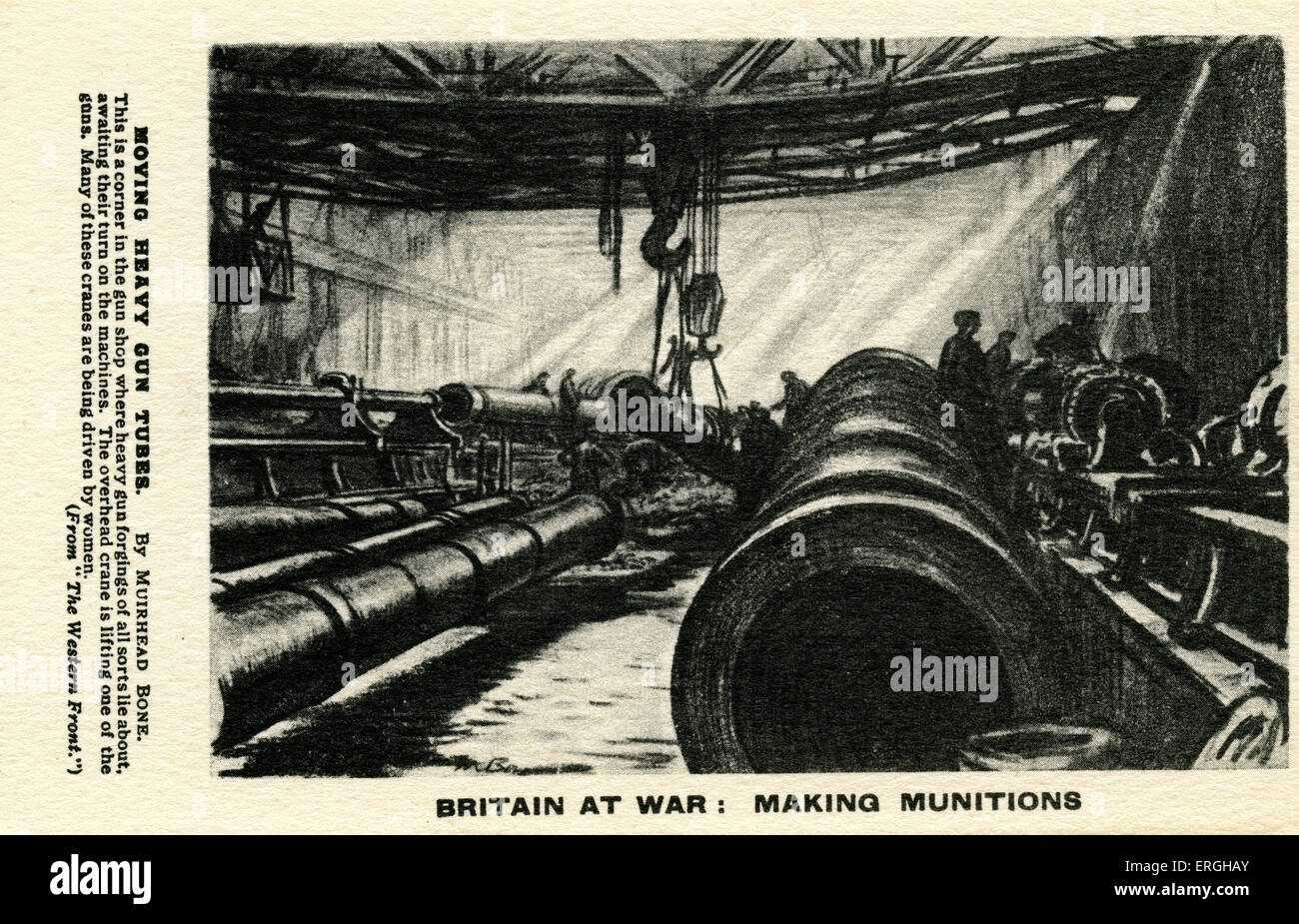 Britain at War: Making Munitions during World War 1. Moving Heavy Gun Tubes by Muirhead Bone: 'This is a corner in the gun shop Stock Photohttps://www.alamy.com/image-license-details/?v=1https://www.alamy.com/stock-photo-britain-at-war-making-munitions-during-world-war-1-moving-heavy-gun-83343427.html
Britain at War: Making Munitions during World War 1. Moving Heavy Gun Tubes by Muirhead Bone: 'This is a corner in the gun shop Stock Photohttps://www.alamy.com/image-license-details/?v=1https://www.alamy.com/stock-photo-britain-at-war-making-munitions-during-world-war-1-moving-heavy-gun-83343427.htmlRMERGHAY–Britain at War: Making Munitions during World War 1. Moving Heavy Gun Tubes by Muirhead Bone: 'This is a corner in the gun shop
 WW1 advertisement, Rover Company making munitions Stock Photohttps://www.alamy.com/image-license-details/?v=1https://www.alamy.com/ww1-advertisement-rover-company-making-munitions-image501435603.html
WW1 advertisement, Rover Company making munitions Stock Photohttps://www.alamy.com/image-license-details/?v=1https://www.alamy.com/ww1-advertisement-rover-company-making-munitions-image501435603.htmlRM2M3PA6B–WW1 advertisement, Rover Company making munitions
 Boys from Harrow School Making Munitions in WW1 Stock Photohttps://www.alamy.com/image-license-details/?v=1https://www.alamy.com/stock-photo-boys-from-harrow-school-making-munitions-in-ww1-58704449.html
Boys from Harrow School Making Munitions in WW1 Stock Photohttps://www.alamy.com/image-license-details/?v=1https://www.alamy.com/stock-photo-boys-from-harrow-school-making-munitions-in-ww1-58704449.htmlRFDBE63D–Boys from Harrow School Making Munitions in WW1
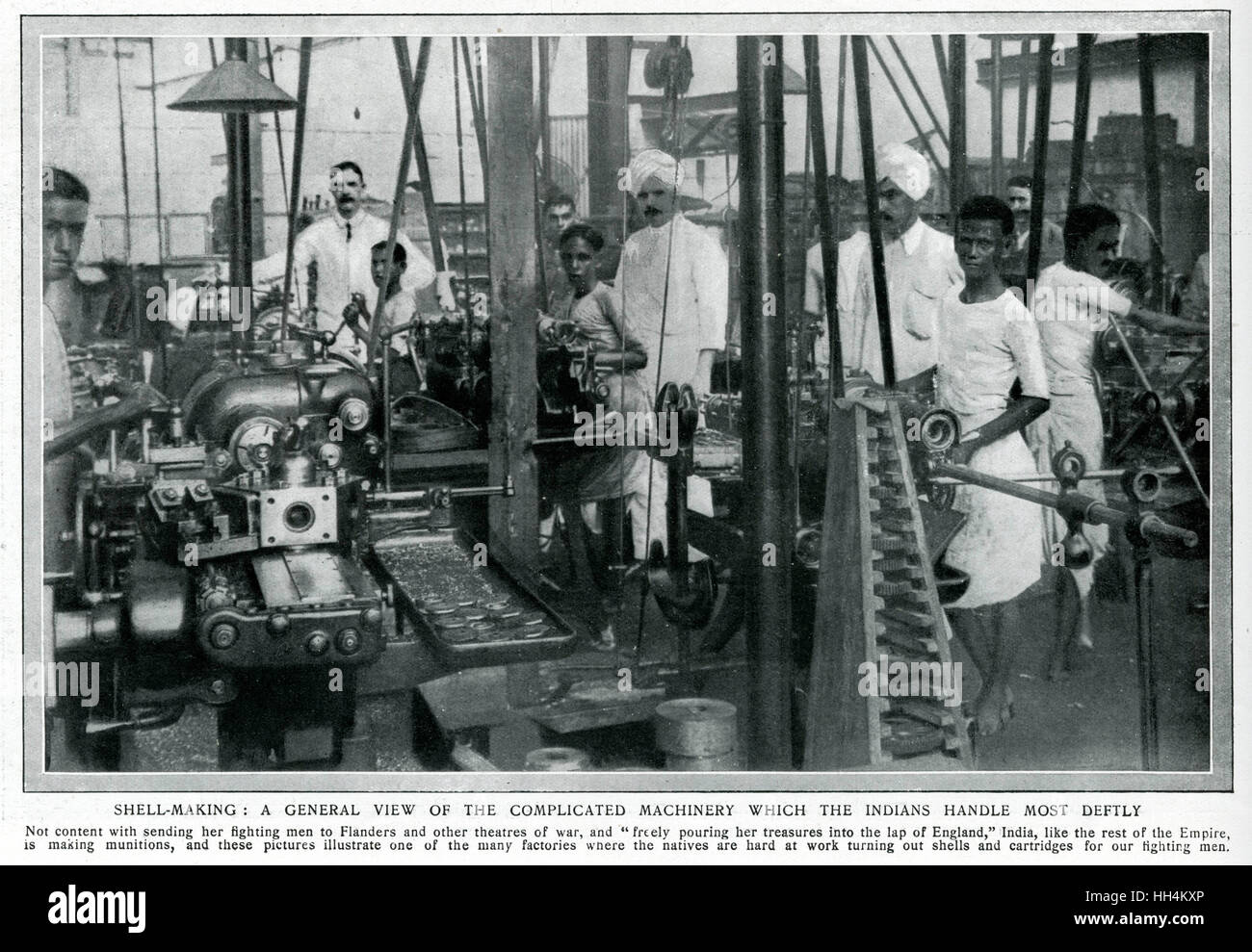 Indian factory workers making munitions, WW1: shell making Stock Photohttps://www.alamy.com/image-license-details/?v=1https://www.alamy.com/stock-photo-indian-factory-workers-making-munitions-ww1-shell-making-131025182.html
Indian factory workers making munitions, WW1: shell making Stock Photohttps://www.alamy.com/image-license-details/?v=1https://www.alamy.com/stock-photo-indian-factory-workers-making-munitions-ww1-shell-making-131025182.htmlRMHH4KXP–Indian factory workers making munitions, WW1: shell making
 1859 Monks at Cetinje monastery making gun cartridges in their cloister in the old Royal Capital of Montenegro. The monastery also produced cannon balls under the direction of Bishop-Prince and poet Petar Petrovic Njegos (1813-1851) Stock Photohttps://www.alamy.com/image-license-details/?v=1https://www.alamy.com/1859-monks-at-cetinje-monastery-making-gun-cartridges-in-their-cloister-in-the-old-royal-capital-of-montenegro-the-monastery-also-produced-cannon-balls-under-the-direction-of-bishop-prince-and-poet-petar-petrovic-njegos-1813-1851-image223591971.html
1859 Monks at Cetinje monastery making gun cartridges in their cloister in the old Royal Capital of Montenegro. The monastery also produced cannon balls under the direction of Bishop-Prince and poet Petar Petrovic Njegos (1813-1851) Stock Photohttps://www.alamy.com/image-license-details/?v=1https://www.alamy.com/1859-monks-at-cetinje-monastery-making-gun-cartridges-in-their-cloister-in-the-old-royal-capital-of-montenegro-the-monastery-also-produced-cannon-balls-under-the-direction-of-bishop-prince-and-poet-petar-petrovic-njegos-1813-1851-image223591971.htmlRMPYNDRF–1859 Monks at Cetinje monastery making gun cartridges in their cloister in the old Royal Capital of Montenegro. The monastery also produced cannon balls under the direction of Bishop-Prince and poet Petar Petrovic Njegos (1813-1851)
 French female munitions worker making powder primers 1916 Stock Photohttps://www.alamy.com/image-license-details/?v=1https://www.alamy.com/french-female-munitions-worker-making-powder-primers-1916-image501360170.html
French female munitions worker making powder primers 1916 Stock Photohttps://www.alamy.com/image-license-details/?v=1https://www.alamy.com/french-female-munitions-worker-making-powder-primers-1916-image501360170.htmlRM2M3JX0A–French female munitions worker making powder primers 1916
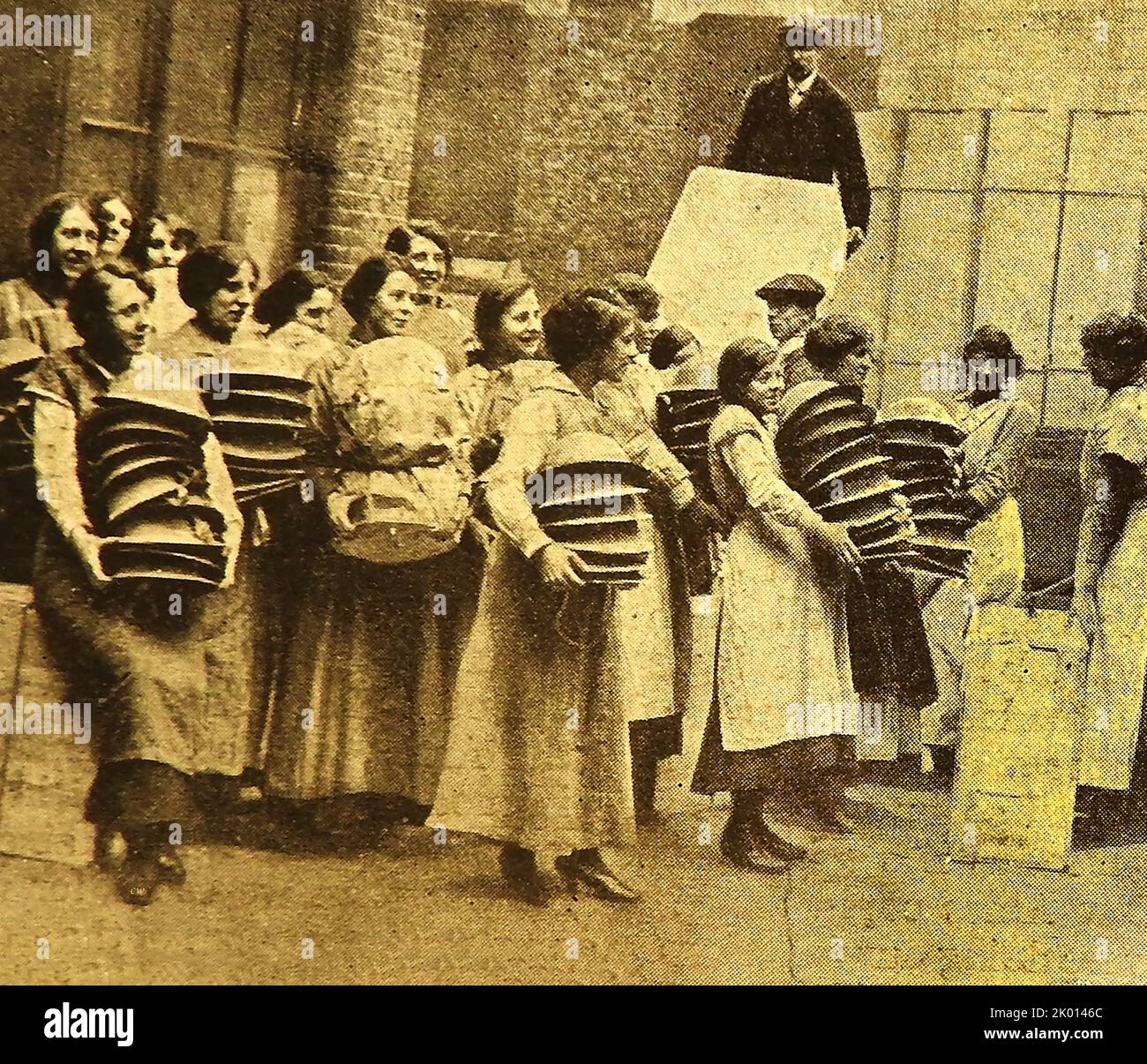 WWI - Munition workers at a a steel helmet factory making ready to pack supplies Stock Photohttps://www.alamy.com/image-license-details/?v=1https://www.alamy.com/wwi-munition-workers-at-a-a-steel-helmet-factory-making-ready-to-pack-supplies-image481915572.html
WWI - Munition workers at a a steel helmet factory making ready to pack supplies Stock Photohttps://www.alamy.com/image-license-details/?v=1https://www.alamy.com/wwi-munition-workers-at-a-a-steel-helmet-factory-making-ready-to-pack-supplies-image481915572.htmlRM2K0146C–WWI - Munition workers at a a steel helmet factory making ready to pack supplies
 Steel And Metal Factory, Ishapore (near Calcutta). Parts for hurricane lanterns being manufactured in the factory.Products ranging from paper clips to road rollers are being made in India's Ordnance factories. From used cartridge cases they turn out brass tumblers and cycle bells in thousands. Lakhs of hurricane lanterns are fashioned by tools which made deadly weapons. Special steel which went into the making of munitions is now spared to make toy motor car springs. Tools for sewing machines, sections for electric switches, textile machinery components, Jute mill parts, locomotives and marine Stock Photohttps://www.alamy.com/image-license-details/?v=1https://www.alamy.com/steel-and-metal-factory-ishapore-near-calcutta-parts-for-hurricane-lanterns-being-manufactured-in-the-factoryproducts-ranging-from-paper-clips-to-road-rollers-are-being-made-in-indias-ordnance-factories-from-used-cartridge-cases-they-turn-out-brass-tumblers-and-cycle-bells-in-thousands-lakhs-of-hurricane-lanterns-are-fashioned-by-tools-which-made-deadly-weapons-special-steel-which-went-into-the-making-of-munitions-is-now-spared-to-make-toy-motor-car-springs-tools-for-sewing-machines-sections-for-electric-switches-textile-machinery-components-jute-mill-parts-locomotives-and-marine-image463557679.html
Steel And Metal Factory, Ishapore (near Calcutta). Parts for hurricane lanterns being manufactured in the factory.Products ranging from paper clips to road rollers are being made in India's Ordnance factories. From used cartridge cases they turn out brass tumblers and cycle bells in thousands. Lakhs of hurricane lanterns are fashioned by tools which made deadly weapons. Special steel which went into the making of munitions is now spared to make toy motor car springs. Tools for sewing machines, sections for electric switches, textile machinery components, Jute mill parts, locomotives and marine Stock Photohttps://www.alamy.com/image-license-details/?v=1https://www.alamy.com/steel-and-metal-factory-ishapore-near-calcutta-parts-for-hurricane-lanterns-being-manufactured-in-the-factoryproducts-ranging-from-paper-clips-to-road-rollers-are-being-made-in-indias-ordnance-factories-from-used-cartridge-cases-they-turn-out-brass-tumblers-and-cycle-bells-in-thousands-lakhs-of-hurricane-lanterns-are-fashioned-by-tools-which-made-deadly-weapons-special-steel-which-went-into-the-making-of-munitions-is-now-spared-to-make-toy-motor-car-springs-tools-for-sewing-machines-sections-for-electric-switches-textile-machinery-components-jute-mill-parts-locomotives-and-marine-image463557679.htmlRM2HX4TFB–Steel And Metal Factory, Ishapore (near Calcutta). Parts for hurricane lanterns being manufactured in the factory.Products ranging from paper clips to road rollers are being made in India's Ordnance factories. From used cartridge cases they turn out brass tumblers and cycle bells in thousands. Lakhs of hurricane lanterns are fashioned by tools which made deadly weapons. Special steel which went into the making of munitions is now spared to make toy motor car springs. Tools for sewing machines, sections for electric switches, textile machinery components, Jute mill parts, locomotives and marine
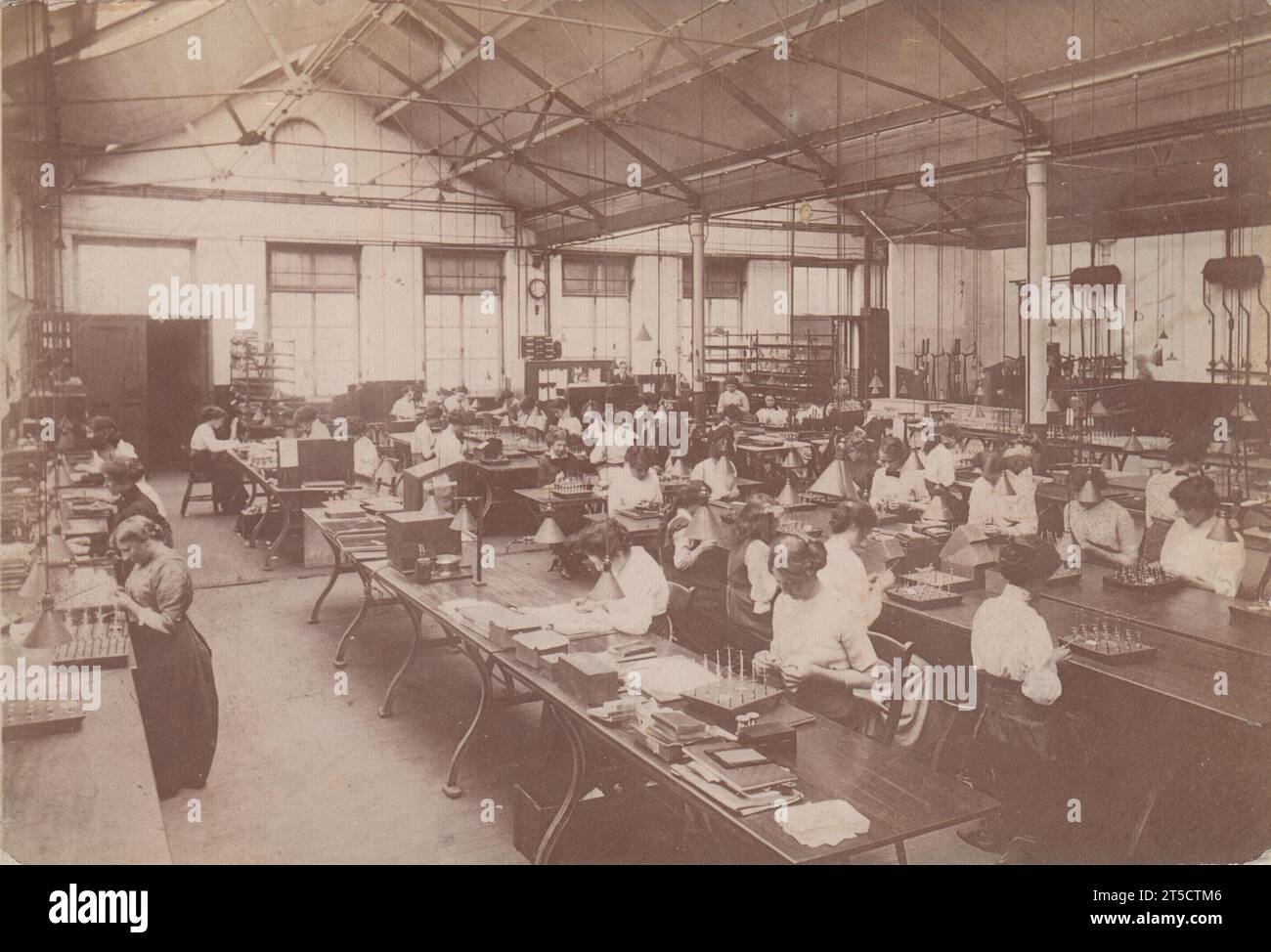 Wartime women workers sat at workbenches, assembling fuses for munitions in a workroom of a Walthamstow factory. The photograph, taken around the First World War period, was published by Welsh's Studio, Edmonton, North London Stock Photohttps://www.alamy.com/image-license-details/?v=1https://www.alamy.com/wartime-women-workers-sat-at-workbenches-assembling-fuses-for-munitions-in-a-workroom-of-a-walthamstow-factory-the-photograph-taken-around-the-first-world-war-period-was-published-by-welshs-studio-edmonton-north-london-image571298230.html
Wartime women workers sat at workbenches, assembling fuses for munitions in a workroom of a Walthamstow factory. The photograph, taken around the First World War period, was published by Welsh's Studio, Edmonton, North London Stock Photohttps://www.alamy.com/image-license-details/?v=1https://www.alamy.com/wartime-women-workers-sat-at-workbenches-assembling-fuses-for-munitions-in-a-workroom-of-a-walthamstow-factory-the-photograph-taken-around-the-first-world-war-period-was-published-by-welshs-studio-edmonton-north-london-image571298230.htmlRM2T5CTM6–Wartime women workers sat at workbenches, assembling fuses for munitions in a workroom of a Walthamstow factory. The photograph, taken around the First World War period, was published by Welsh's Studio, Edmonton, North London
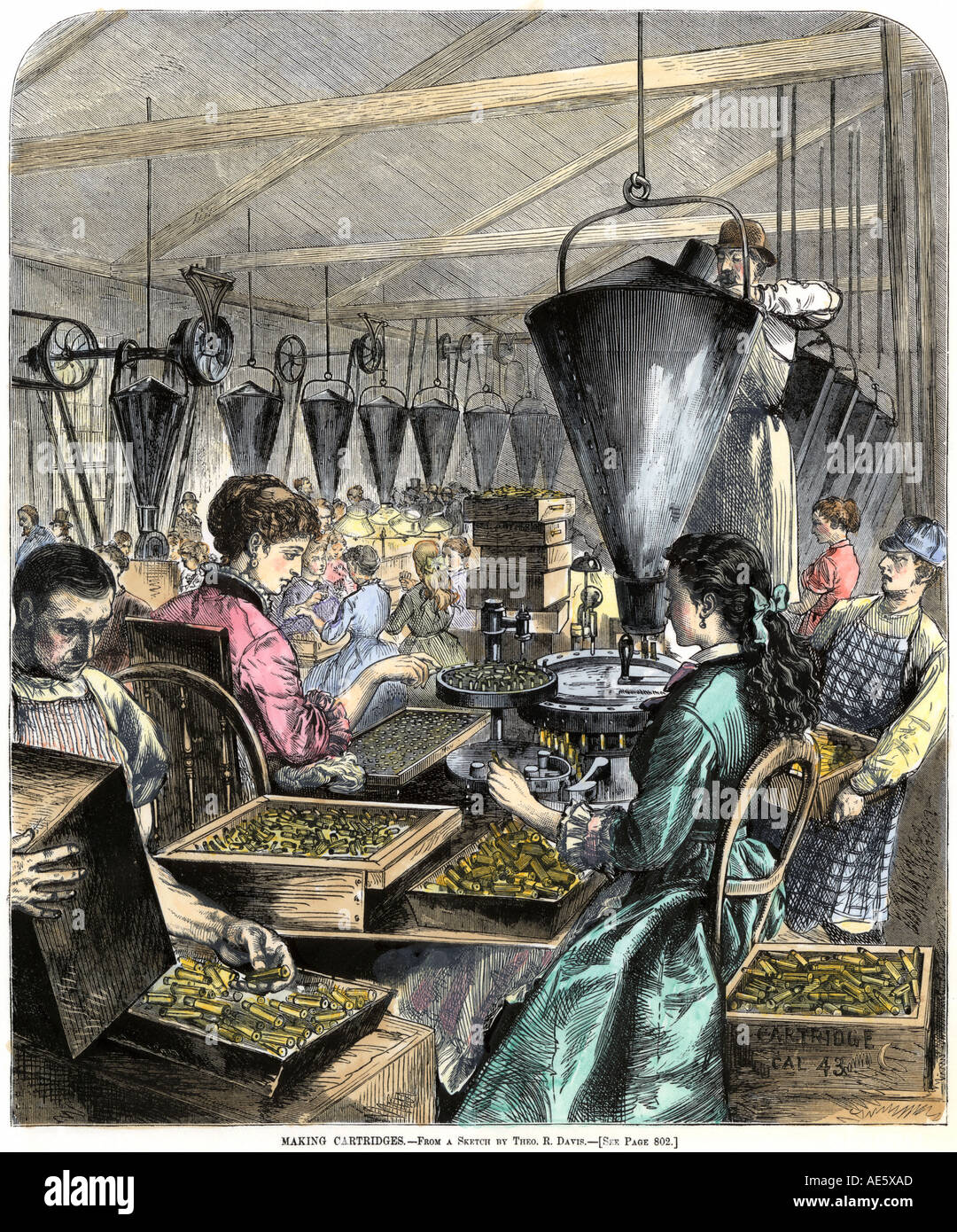 Factory workers making rifle cartridges 1870s. Hand-colored woodcut Stock Photohttps://www.alamy.com/image-license-details/?v=1https://www.alamy.com/factory-workers-making-rifle-cartridges-1870s-hand-colored-woodcut-image4433580.html
Factory workers making rifle cartridges 1870s. Hand-colored woodcut Stock Photohttps://www.alamy.com/image-license-details/?v=1https://www.alamy.com/factory-workers-making-rifle-cartridges-1870s-hand-colored-woodcut-image4433580.htmlRMAE5XAD–Factory workers making rifle cartridges 1870s. Hand-colored woodcut
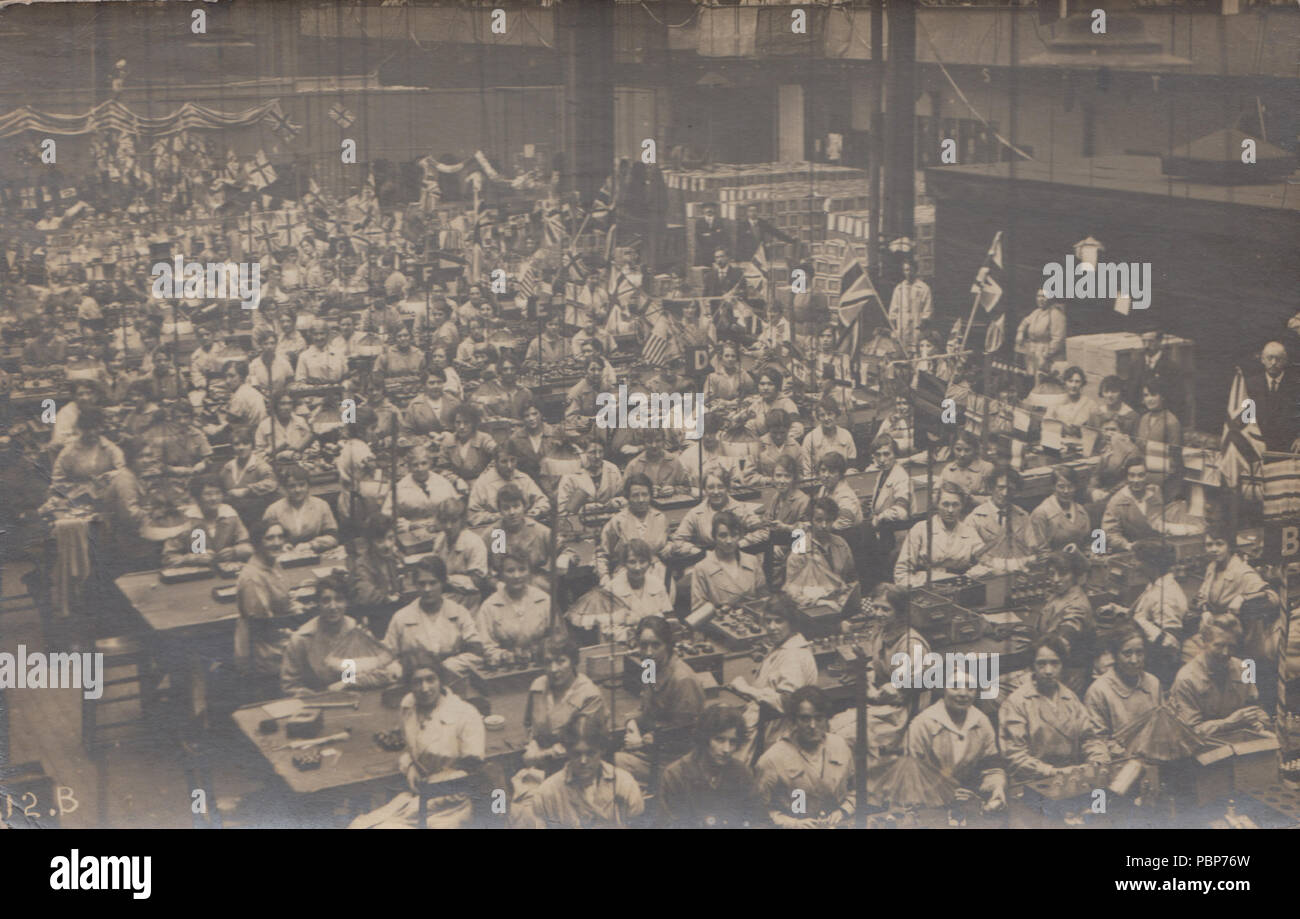 Vintage 1918 Manchester Photograph of Female Factory Workers, Possibly Making Munitions For World War One. Stock Photohttps://www.alamy.com/image-license-details/?v=1https://www.alamy.com/vintage-1918-manchester-photograph-of-female-factory-workers-possibly-making-munitions-for-world-war-one-image213774257.html
Vintage 1918 Manchester Photograph of Female Factory Workers, Possibly Making Munitions For World War One. Stock Photohttps://www.alamy.com/image-license-details/?v=1https://www.alamy.com/vintage-1918-manchester-photograph-of-female-factory-workers-possibly-making-munitions-for-world-war-one-image213774257.htmlRFPBP76W–Vintage 1918 Manchester Photograph of Female Factory Workers, Possibly Making Munitions For World War One.
 In January 1940 Winston Churchill, then First Lord of the Admiralty and a member of the war cabinet, called for a million women to help with war work, chiefly in the making of munitions. This picture was used to try to help promote that call Ð a woman works on making a shell casing at a factory in S Stock Photohttps://www.alamy.com/image-license-details/?v=1https://www.alamy.com/stock-photo-in-january-1940-winston-churchill-then-first-lord-of-the-admiralty-42279898.html
In January 1940 Winston Churchill, then First Lord of the Admiralty and a member of the war cabinet, called for a million women to help with war work, chiefly in the making of munitions. This picture was used to try to help promote that call Ð a woman works on making a shell casing at a factory in S Stock Photohttps://www.alamy.com/image-license-details/?v=1https://www.alamy.com/stock-photo-in-january-1940-winston-churchill-then-first-lord-of-the-admiralty-42279898.htmlRMCCP0CA–In January 1940 Winston Churchill, then First Lord of the Admiralty and a member of the war cabinet, called for a million women to help with war work, chiefly in the making of munitions. This picture was used to try to help promote that call Ð a woman works on making a shell casing at a factory in S
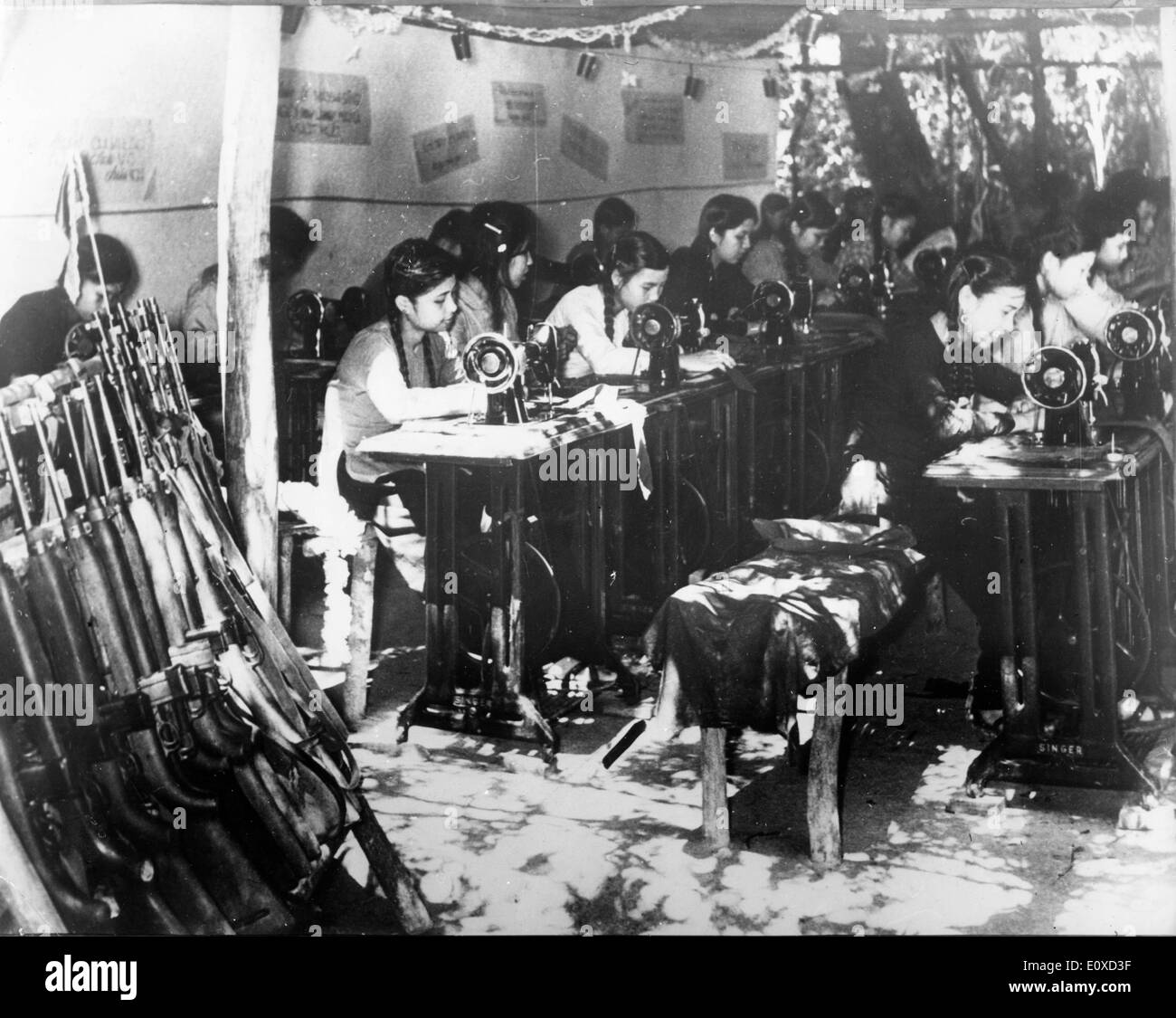 Workers making uniforms during Vietnam War Stock Photohttps://www.alamy.com/image-license-details/?v=1https://www.alamy.com/workers-making-uniforms-during-vietnam-war-image69422515.html
Workers making uniforms during Vietnam War Stock Photohttps://www.alamy.com/image-license-details/?v=1https://www.alamy.com/workers-making-uniforms-during-vietnam-war-image69422515.htmlRME0XD3F–Workers making uniforms during Vietnam War
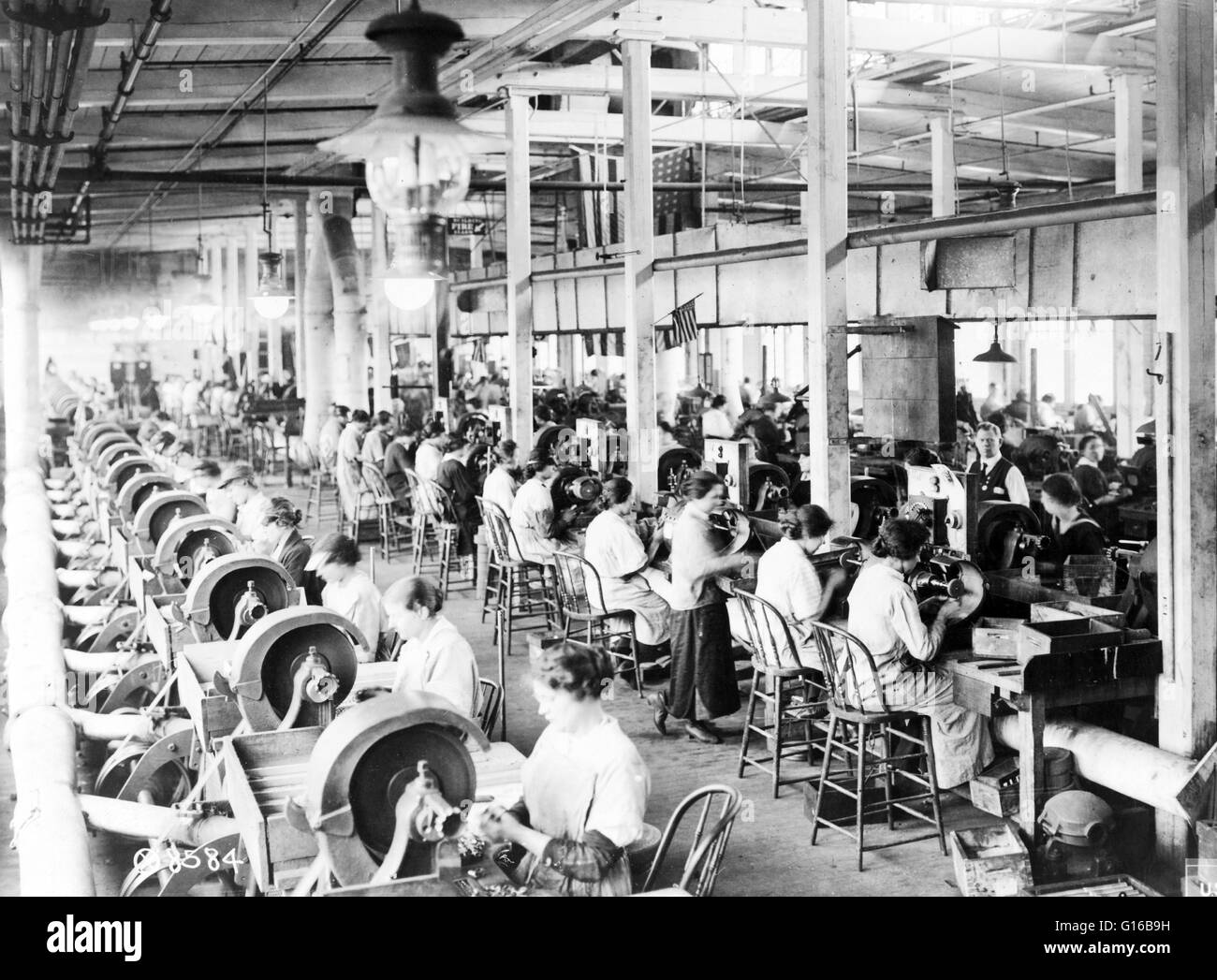 Women making Browning machine guns general view of polishing shop, Winchester Repeating Arms Company, New Haven, Connecticut. During WWI, women started working jobs that were traditionally filled by men. These jobs included police officer, bank clerk, tic Stock Photohttps://www.alamy.com/image-license-details/?v=1https://www.alamy.com/stock-photo-women-making-browning-machine-guns-general-view-of-polishing-shop-104017469.html
Women making Browning machine guns general view of polishing shop, Winchester Repeating Arms Company, New Haven, Connecticut. During WWI, women started working jobs that were traditionally filled by men. These jobs included police officer, bank clerk, tic Stock Photohttps://www.alamy.com/image-license-details/?v=1https://www.alamy.com/stock-photo-women-making-browning-machine-guns-general-view-of-polishing-shop-104017469.htmlRMG16B9H–Women making Browning machine guns general view of polishing shop, Winchester Repeating Arms Company, New Haven, Connecticut. During WWI, women started working jobs that were traditionally filled by men. These jobs included police officer, bank clerk, tic
 World War I. Making finned 240-mm bombs Stock Photohttps://www.alamy.com/image-license-details/?v=1https://www.alamy.com/stock-photo-world-war-i-making-finned-240-mm-bombs-49918917.html
World War I. Making finned 240-mm bombs Stock Photohttps://www.alamy.com/image-license-details/?v=1https://www.alamy.com/stock-photo-world-war-i-making-finned-240-mm-bombs-49918917.htmlRMCW602D–World War I. Making finned 240-mm bombs
 2 M146 R1 1917 10 Women making weapon fuses 1917 Women at work The arms industry Women working in the German arms industry 1917 Stock Photohttps://www.alamy.com/image-license-details/?v=1https://www.alamy.com/stock-photo-2-m146-r1-1917-10-women-making-weapon-fuses-1917-women-at-work-the-20731135.html
2 M146 R1 1917 10 Women making weapon fuses 1917 Women at work The arms industry Women working in the German arms industry 1917 Stock Photohttps://www.alamy.com/image-license-details/?v=1https://www.alamy.com/stock-photo-2-m146-r1-1917-10-women-making-weapon-fuses-1917-women-at-work-the-20731135.htmlRMB5MANK–2 M146 R1 1917 10 Women making weapon fuses 1917 Women at work The arms industry Women working in the German arms industry 1917
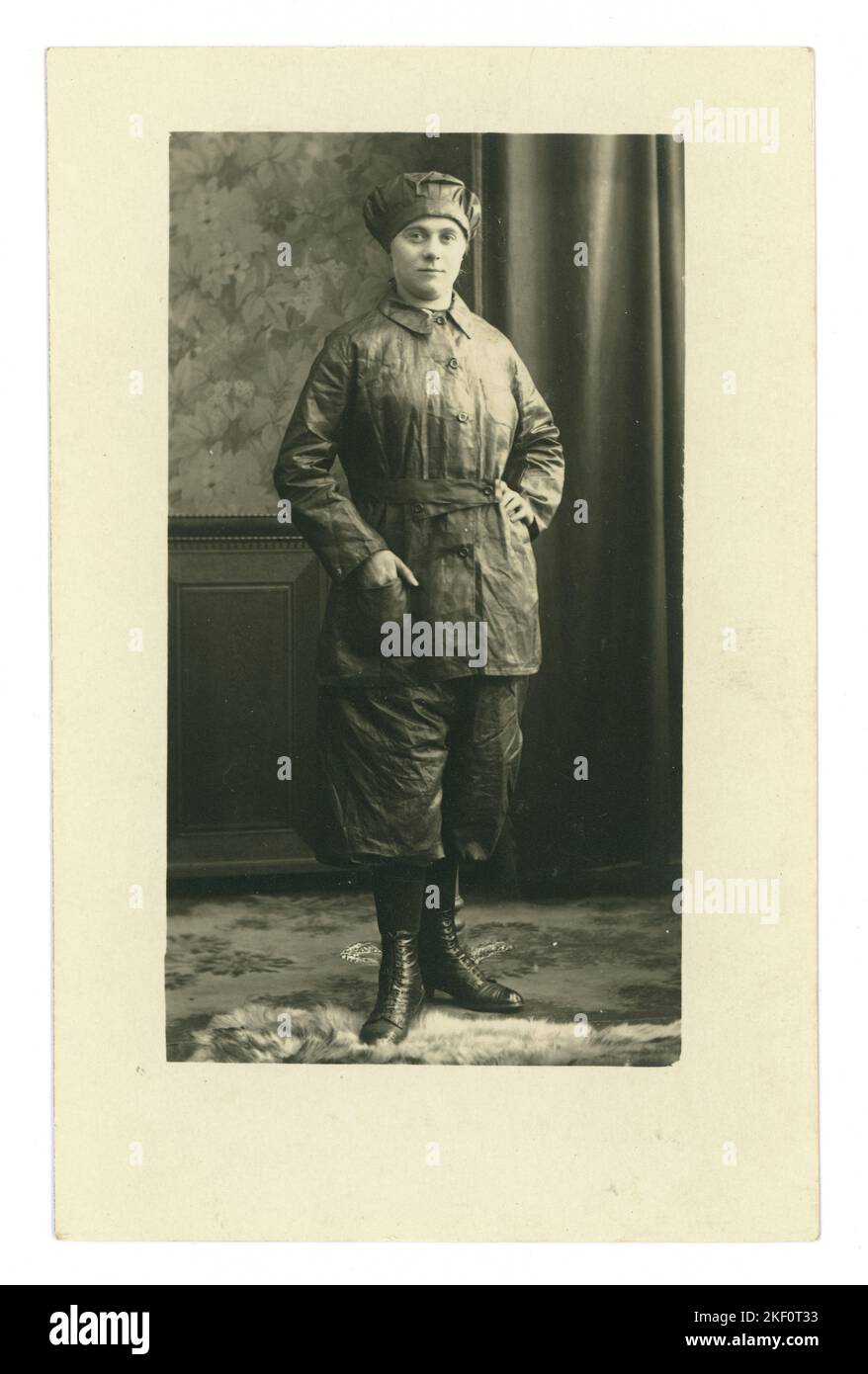 Original WW1 studio portrait postcard of German munitions worker (Alma Panza) On the reverse of the postcard is written 'In memory of the first moulder in Zeulenroda' - Zeulenroda, Triebes, Thuringia, Germany. - War year (Kriegsjahr) 1916'. Stock Photohttps://www.alamy.com/image-license-details/?v=1https://www.alamy.com/original-ww1-studio-portrait-postcard-of-german-munitions-worker-alma-panza-on-the-reverse-of-the-postcard-is-written-in-memory-of-the-first-moulder-in-zeulenroda-zeulenroda-triebes-thuringia-germany-war-year-kriegsjahr-1916-image491129047.html
Original WW1 studio portrait postcard of German munitions worker (Alma Panza) On the reverse of the postcard is written 'In memory of the first moulder in Zeulenroda' - Zeulenroda, Triebes, Thuringia, Germany. - War year (Kriegsjahr) 1916'. Stock Photohttps://www.alamy.com/image-license-details/?v=1https://www.alamy.com/original-ww1-studio-portrait-postcard-of-german-munitions-worker-alma-panza-on-the-reverse-of-the-postcard-is-written-in-memory-of-the-first-moulder-in-zeulenroda-zeulenroda-triebes-thuringia-germany-war-year-kriegsjahr-1916-image491129047.htmlRM2KF0T33–Original WW1 studio portrait postcard of German munitions worker (Alma Panza) On the reverse of the postcard is written 'In memory of the first moulder in Zeulenroda' - Zeulenroda, Triebes, Thuringia, Germany. - War year (Kriegsjahr) 1916'.
 French lady as she sits at her bench, in a French factory, machining brass striker-pins for artillery shells. Date: 1916 Stock Photohttps://www.alamy.com/image-license-details/?v=1https://www.alamy.com/french-lady-as-she-sits-at-her-bench-in-a-french-factory-machining-brass-striker-pins-for-artillery-shells-date-1916-image557105953.html
French lady as she sits at her bench, in a French factory, machining brass striker-pins for artillery shells. Date: 1916 Stock Photohttps://www.alamy.com/image-license-details/?v=1https://www.alamy.com/french-lady-as-she-sits-at-her-bench-in-a-french-factory-machining-brass-striker-pins-for-artillery-shells-date-1916-image557105953.htmlRM2RAAA95–French lady as she sits at her bench, in a French factory, machining brass striker-pins for artillery shells. Date: 1916
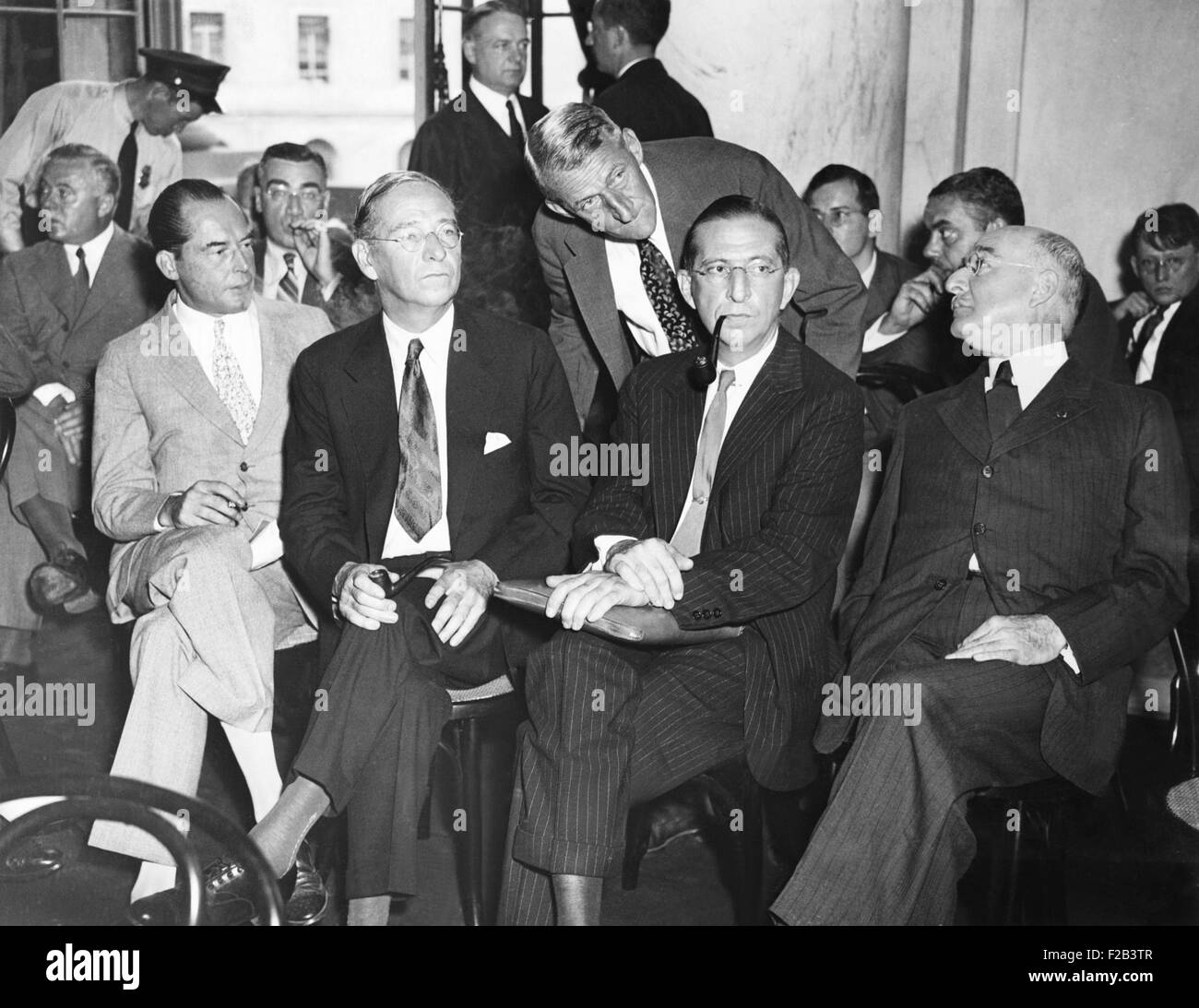 The DuPonts, Managers of American's greatest armament making company appear before U.S. Senate. The Munitions Investigating Committee is probing into the operations of the DuPonts, particularly during the World War, when profits of their company, E.I. DuPont de Nemours, soared to fabulous heights. Four members of the family are shown seated in the committee room. L-R: Felix, Irenee, Lammot, and Pierre DuPont. Standing at center is K.K.V. Casy, Director of Military sales of the DuPont Company. Sept. 12, 1934 - (CSU 2015 5 46) Stock Photohttps://www.alamy.com/image-license-details/?v=1https://www.alamy.com/stock-photo-the-duponts-managers-of-americans-greatest-armament-making-company-87525671.html
The DuPonts, Managers of American's greatest armament making company appear before U.S. Senate. The Munitions Investigating Committee is probing into the operations of the DuPonts, particularly during the World War, when profits of their company, E.I. DuPont de Nemours, soared to fabulous heights. Four members of the family are shown seated in the committee room. L-R: Felix, Irenee, Lammot, and Pierre DuPont. Standing at center is K.K.V. Casy, Director of Military sales of the DuPont Company. Sept. 12, 1934 - (CSU 2015 5 46) Stock Photohttps://www.alamy.com/image-license-details/?v=1https://www.alamy.com/stock-photo-the-duponts-managers-of-americans-greatest-armament-making-company-87525671.htmlRMF2B3TR–The DuPonts, Managers of American's greatest armament making company appear before U.S. Senate. The Munitions Investigating Committee is probing into the operations of the DuPonts, particularly during the World War, when profits of their company, E.I. DuPont de Nemours, soared to fabulous heights. Four members of the family are shown seated in the committee room. L-R: Felix, Irenee, Lammot, and Pierre DuPont. Standing at center is K.K.V. Casy, Director of Military sales of the DuPont Company. Sept. 12, 1934 - (CSU 2015 5 46)
 Making Munitions - Vintage Cigarette Card Illustration Stock Photohttps://www.alamy.com/image-license-details/?v=1https://www.alamy.com/making-munitions-vintage-cigarette-card-illustration-image592315585.html
Making Munitions - Vintage Cigarette Card Illustration Stock Photohttps://www.alamy.com/image-license-details/?v=1https://www.alamy.com/making-munitions-vintage-cigarette-card-illustration-image592315585.htmlRM2WBJ8G1– Making Munitions - Vintage Cigarette Card Illustration
 Mechanical Engineer works on a rifle in gun factory, Gun Quarter area of Birmingham, 1950. Stock Photohttps://www.alamy.com/image-license-details/?v=1https://www.alamy.com/stock-photo-mechanical-engineer-works-on-a-rifle-in-gun-factory-gun-quarter-area-20204408.html
Mechanical Engineer works on a rifle in gun factory, Gun Quarter area of Birmingham, 1950. Stock Photohttps://www.alamy.com/image-license-details/?v=1https://www.alamy.com/stock-photo-mechanical-engineer-works-on-a-rifle-in-gun-factory-gun-quarter-area-20204408.htmlRMB4TAX0–Mechanical Engineer works on a rifle in gun factory, Gun Quarter area of Birmingham, 1950.
 Boys at Harrow School making munitions during WW1 Stock Photohttps://www.alamy.com/image-license-details/?v=1https://www.alamy.com/boys-at-harrow-school-making-munitions-during-ww1-image262587564.html
Boys at Harrow School making munitions during WW1 Stock Photohttps://www.alamy.com/image-license-details/?v=1https://www.alamy.com/boys-at-harrow-school-making-munitions-during-ww1-image262587564.htmlRFW75W38–Boys at Harrow School making munitions during WW1
 Women manipulating lathes and testing results in a French shell factory during World War One. Stock Photohttps://www.alamy.com/image-license-details/?v=1https://www.alamy.com/stock-photo-women-manipulating-lathes-and-testing-results-in-a-french-shell-factory-78310002.html
Women manipulating lathes and testing results in a French shell factory during World War One. Stock Photohttps://www.alamy.com/image-license-details/?v=1https://www.alamy.com/stock-photo-women-manipulating-lathes-and-testing-results-in-a-french-shell-factory-78310002.htmlRMEFB95P–Women manipulating lathes and testing results in a French shell factory during World War One.
 BEF LEAVE FOR FRANCE A BEF Motorcycle Battalion making their way to Southampton Docks where men and munitions will board ships to France to help with the French Resistance. Sometime between 2 September 1939 – 31 May 1940 Stock Photohttps://www.alamy.com/image-license-details/?v=1https://www.alamy.com/bef-leave-for-france-a-bef-motorcycle-battalion-making-their-way-to-southampton-docks-where-men-and-munitions-will-board-ships-to-france-to-help-with-the-french-resistance-sometime-between-2-september-1939-31-may-1940-image624421156.html
BEF LEAVE FOR FRANCE A BEF Motorcycle Battalion making their way to Southampton Docks where men and munitions will board ships to France to help with the French Resistance. Sometime between 2 September 1939 – 31 May 1940 Stock Photohttps://www.alamy.com/image-license-details/?v=1https://www.alamy.com/bef-leave-for-france-a-bef-motorcycle-battalion-making-their-way-to-southampton-docks-where-men-and-munitions-will-board-ships-to-france-to-help-with-the-french-resistance-sometime-between-2-september-1939-31-may-1940-image624421156.htmlRM2Y7TRFG–BEF LEAVE FOR FRANCE A BEF Motorcycle Battalion making their way to Southampton Docks where men and munitions will board ships to France to help with the French Resistance. Sometime between 2 September 1939 – 31 May 1940
 French woman in a munitions factory, making parts 1916 Stock Photohttps://www.alamy.com/image-license-details/?v=1https://www.alamy.com/french-woman-in-a-munitions-factory-making-parts-1916-image501360162.html
French woman in a munitions factory, making parts 1916 Stock Photohttps://www.alamy.com/image-license-details/?v=1https://www.alamy.com/french-woman-in-a-munitions-factory-making-parts-1916-image501360162.htmlRM2M3JX02–French woman in a munitions factory, making parts 1916
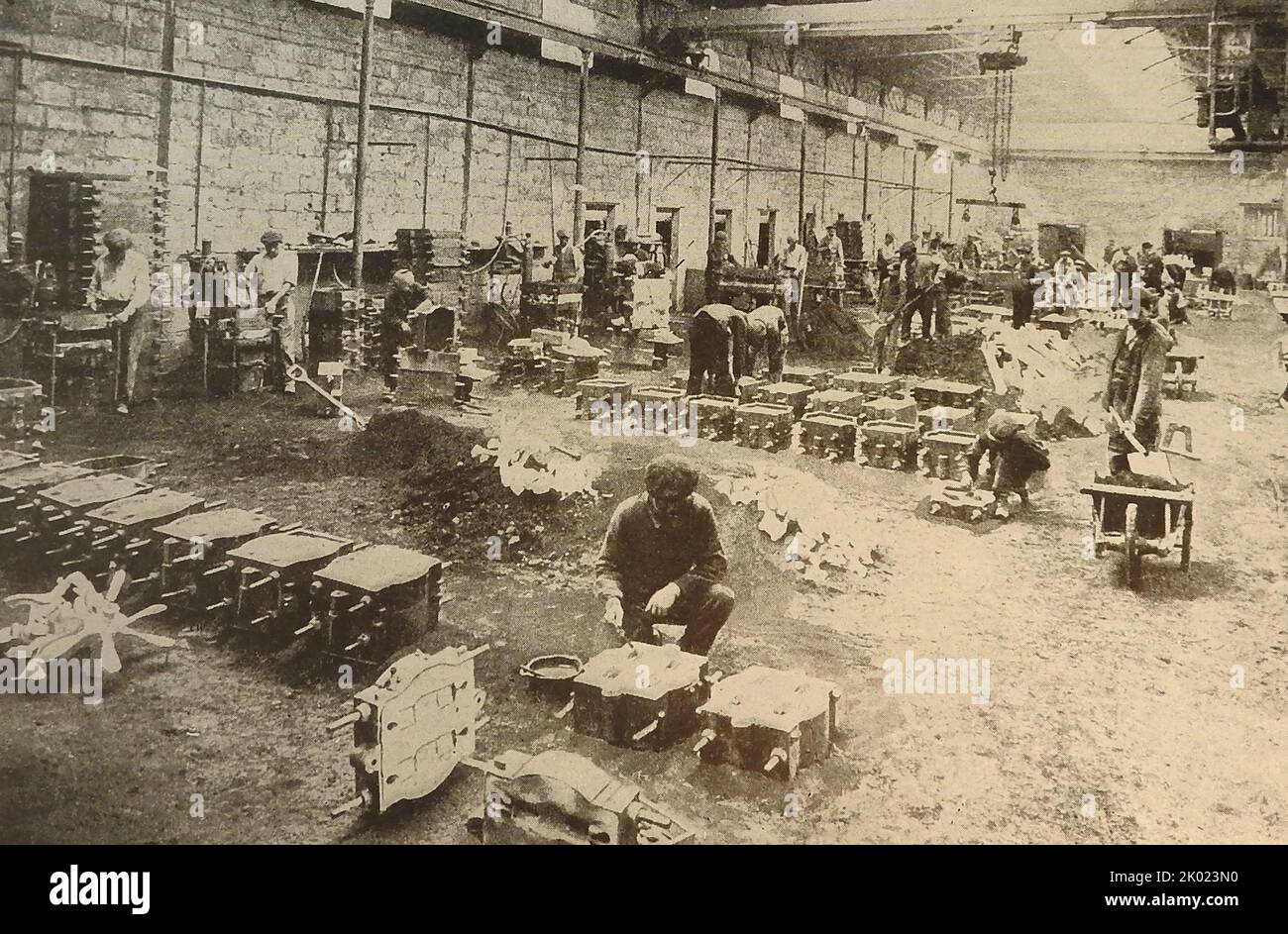 WWI - Wartime munitions and supplies - A scene showing French munition workers in a moulding unit making machinery parts. ---- Première Guerre mondiale - Munitions et fournitures en temps de guerre - Une scène montrant des Français des travailleurs des munitions dans une unité de moulage fabriquant des pièces de machines. ---- Erster Weltkrieg - Kriegsmunition und Nachschub - Eine Szene, die französische Munitionsarbeiter in einer Formeinheit zeigt, die Maschinenteile herstellt. ---- Stock Photohttps://www.alamy.com/image-license-details/?v=1https://www.alamy.com/wwi-wartime-munitions-and-supplies-a-scene-showing-french-munition-workers-in-a-moulding-unit-making-machinery-parts-premire-guerre-mondiale-munitions-et-fournitures-en-temps-de-guerre-une-scne-montrant-des-franais-des-travailleurs-des-munitions-dans-une-unit-de-moulage-fabriquant-des-pices-de-machines-erster-weltkrieg-kriegsmunition-und-nachschub-eine-szene-die-franzsische-munitionsarbeiter-in-einer-formeinheit-zeigt-die-maschinenteile-herstellt-image481937148.html
WWI - Wartime munitions and supplies - A scene showing French munition workers in a moulding unit making machinery parts. ---- Première Guerre mondiale - Munitions et fournitures en temps de guerre - Une scène montrant des Français des travailleurs des munitions dans une unité de moulage fabriquant des pièces de machines. ---- Erster Weltkrieg - Kriegsmunition und Nachschub - Eine Szene, die französische Munitionsarbeiter in einer Formeinheit zeigt, die Maschinenteile herstellt. ---- Stock Photohttps://www.alamy.com/image-license-details/?v=1https://www.alamy.com/wwi-wartime-munitions-and-supplies-a-scene-showing-french-munition-workers-in-a-moulding-unit-making-machinery-parts-premire-guerre-mondiale-munitions-et-fournitures-en-temps-de-guerre-une-scne-montrant-des-franais-des-travailleurs-des-munitions-dans-une-unit-de-moulage-fabriquant-des-pices-de-machines-erster-weltkrieg-kriegsmunition-und-nachschub-eine-szene-die-franzsische-munitionsarbeiter-in-einer-formeinheit-zeigt-die-maschinenteile-herstellt-image481937148.htmlRM2K023N0–WWI - Wartime munitions and supplies - A scene showing French munition workers in a moulding unit making machinery parts. ---- Première Guerre mondiale - Munitions et fournitures en temps de guerre - Une scène montrant des Français des travailleurs des munitions dans une unité de moulage fabriquant des pièces de machines. ---- Erster Weltkrieg - Kriegsmunition und Nachschub - Eine Szene, die französische Munitionsarbeiter in einer Formeinheit zeigt, die Maschinenteile herstellt. ----
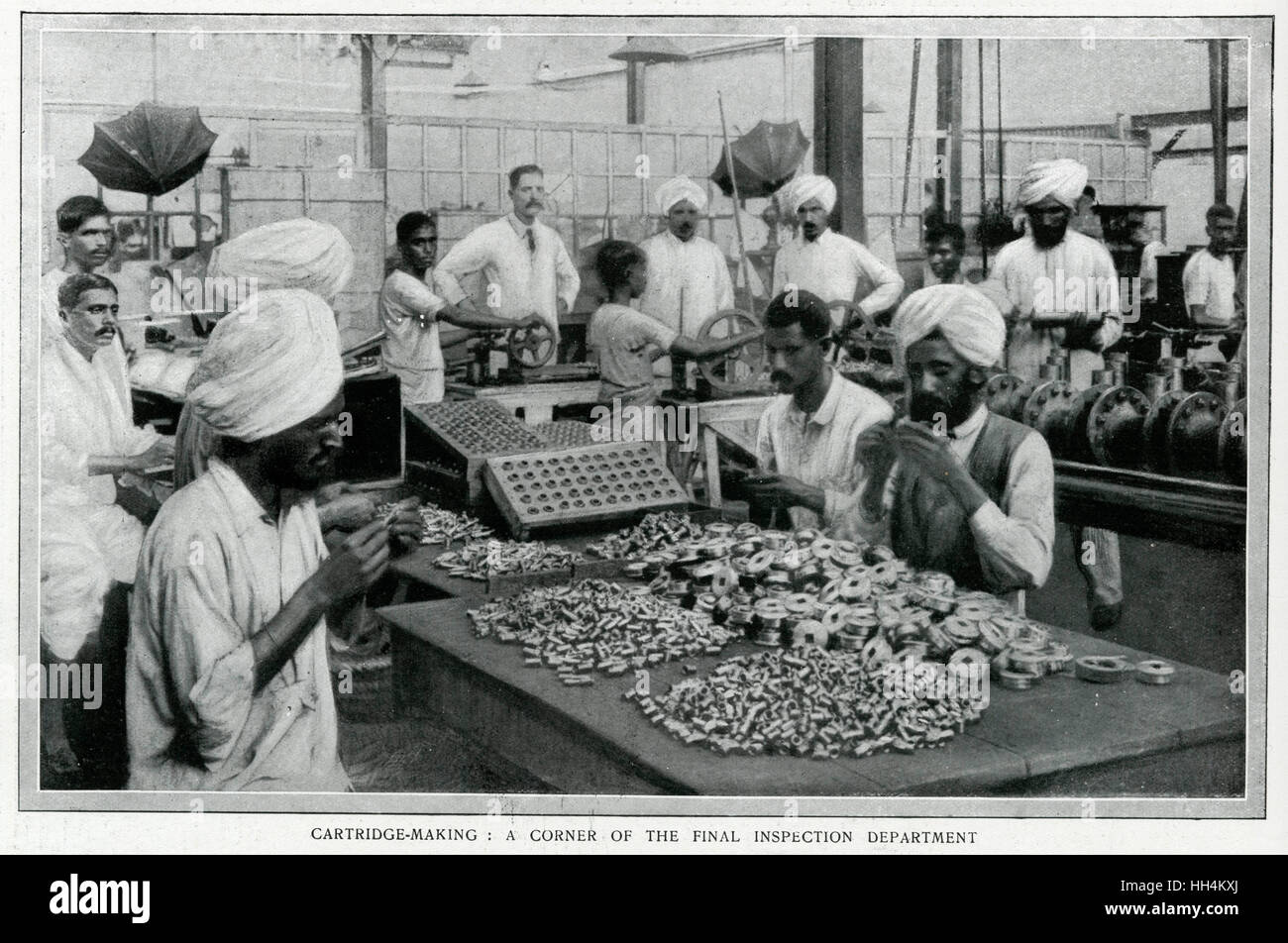 How India is doing here bit at home: a munitions factory in the Great Dependency. Cartridge making: a corner of the final inspection department. Stock Photohttps://www.alamy.com/image-license-details/?v=1https://www.alamy.com/stock-photo-how-india-is-doing-here-bit-at-home-a-munitions-factory-in-the-great-131025178.html
How India is doing here bit at home: a munitions factory in the Great Dependency. Cartridge making: a corner of the final inspection department. Stock Photohttps://www.alamy.com/image-license-details/?v=1https://www.alamy.com/stock-photo-how-india-is-doing-here-bit-at-home-a-munitions-factory-in-the-great-131025178.htmlRMHH4KXJ–How India is doing here bit at home: a munitions factory in the Great Dependency. Cartridge making: a corner of the final inspection department.
 Steel And Metal Factory, Ishapore (near Calcutta). Parts for hurricane lanterns being manufactured in the factory.Products ranging from paper clips to road rollers are being made in India's Ordnance factories. From used cartridge cases they turn out brass tumblers and cycle bells in thousands. Lakhs of hurricane lanterns are fashioned by tools which made deadly weapons. Special steel which went into the making of munitions is now spared to make toy motor car springs. Tools for sewing machines, sections for electric switches, textile machinery components, Jute mill parts, locomotives and marine Stock Photohttps://www.alamy.com/image-license-details/?v=1https://www.alamy.com/steel-and-metal-factory-ishapore-near-calcutta-parts-for-hurricane-lanterns-being-manufactured-in-the-factoryproducts-ranging-from-paper-clips-to-road-rollers-are-being-made-in-indias-ordnance-factories-from-used-cartridge-cases-they-turn-out-brass-tumblers-and-cycle-bells-in-thousands-lakhs-of-hurricane-lanterns-are-fashioned-by-tools-which-made-deadly-weapons-special-steel-which-went-into-the-making-of-munitions-is-now-spared-to-make-toy-motor-car-springs-tools-for-sewing-machines-sections-for-electric-switches-textile-machinery-components-jute-mill-parts-locomotives-and-marine-image463557712.html
Steel And Metal Factory, Ishapore (near Calcutta). Parts for hurricane lanterns being manufactured in the factory.Products ranging from paper clips to road rollers are being made in India's Ordnance factories. From used cartridge cases they turn out brass tumblers and cycle bells in thousands. Lakhs of hurricane lanterns are fashioned by tools which made deadly weapons. Special steel which went into the making of munitions is now spared to make toy motor car springs. Tools for sewing machines, sections for electric switches, textile machinery components, Jute mill parts, locomotives and marine Stock Photohttps://www.alamy.com/image-license-details/?v=1https://www.alamy.com/steel-and-metal-factory-ishapore-near-calcutta-parts-for-hurricane-lanterns-being-manufactured-in-the-factoryproducts-ranging-from-paper-clips-to-road-rollers-are-being-made-in-indias-ordnance-factories-from-used-cartridge-cases-they-turn-out-brass-tumblers-and-cycle-bells-in-thousands-lakhs-of-hurricane-lanterns-are-fashioned-by-tools-which-made-deadly-weapons-special-steel-which-went-into-the-making-of-munitions-is-now-spared-to-make-toy-motor-car-springs-tools-for-sewing-machines-sections-for-electric-switches-textile-machinery-components-jute-mill-parts-locomotives-and-marine-image463557712.htmlRM2HX4TGG–Steel And Metal Factory, Ishapore (near Calcutta). Parts for hurricane lanterns being manufactured in the factory.Products ranging from paper clips to road rollers are being made in India's Ordnance factories. From used cartridge cases they turn out brass tumblers and cycle bells in thousands. Lakhs of hurricane lanterns are fashioned by tools which made deadly weapons. Special steel which went into the making of munitions is now spared to make toy motor car springs. Tools for sewing machines, sections for electric switches, textile machinery components, Jute mill parts, locomotives and marine
 French lady as she sits at her bench, in a French factory, machining brass striker-pins for artillery shells. Stock Photohttps://www.alamy.com/image-license-details/?v=1https://www.alamy.com/french-lady-as-she-sits-at-her-bench-in-a-french-factory-machining-brass-striker-pins-for-artillery-shells-image560866529.html
French lady as she sits at her bench, in a French factory, machining brass striker-pins for artillery shells. Stock Photohttps://www.alamy.com/image-license-details/?v=1https://www.alamy.com/french-lady-as-she-sits-at-her-bench-in-a-french-factory-machining-brass-striker-pins-for-artillery-shells-image560866529.htmlRM2RGDJYD–French lady as she sits at her bench, in a French factory, machining brass striker-pins for artillery shells.
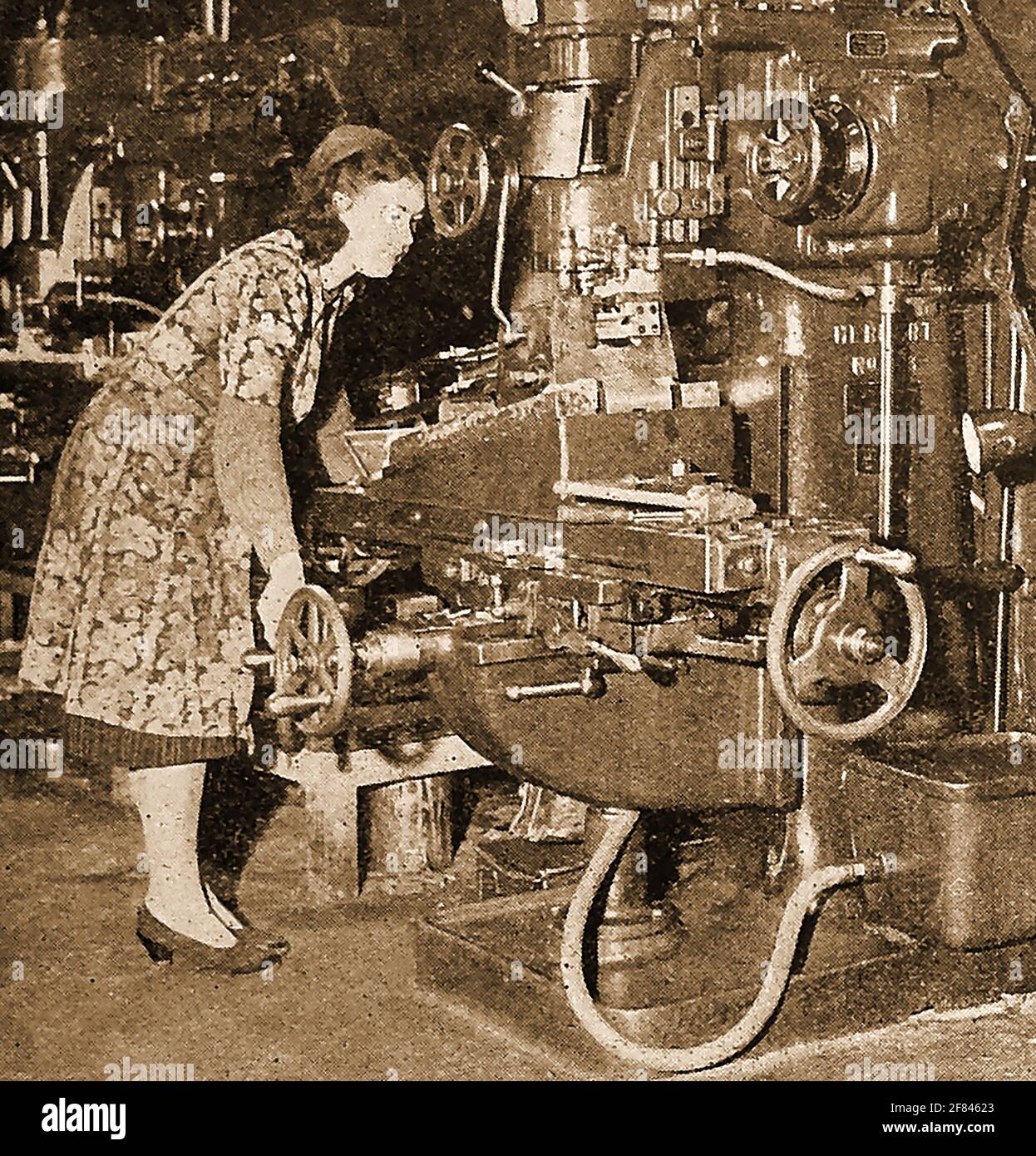 WW2 - Women at work in Britain in 1941 - A press photo of the time showing a female mechanic operating a machine gun part manufacturing machine. Stock Photohttps://www.alamy.com/image-license-details/?v=1https://www.alamy.com/ww2-women-at-work-in-britain-in-1941-a-press-photo-of-the-time-showing-a-female-mechanic-operating-a-machine-gun-part-manufacturing-machine-image418058651.html
WW2 - Women at work in Britain in 1941 - A press photo of the time showing a female mechanic operating a machine gun part manufacturing machine. Stock Photohttps://www.alamy.com/image-license-details/?v=1https://www.alamy.com/ww2-women-at-work-in-britain-in-1941-a-press-photo-of-the-time-showing-a-female-mechanic-operating-a-machine-gun-part-manufacturing-machine-image418058651.htmlRM2F84623–WW2 - Women at work in Britain in 1941 - A press photo of the time showing a female mechanic operating a machine gun part manufacturing machine.
 SHELL MAKING/WOOLWICH Stock Photohttps://www.alamy.com/image-license-details/?v=1https://www.alamy.com/shell-makingwoolwich-image65373384.html
SHELL MAKING/WOOLWICH Stock Photohttps://www.alamy.com/image-license-details/?v=1https://www.alamy.com/shell-makingwoolwich-image65373384.htmlRMDPA0BM–SHELL MAKING/WOOLWICH
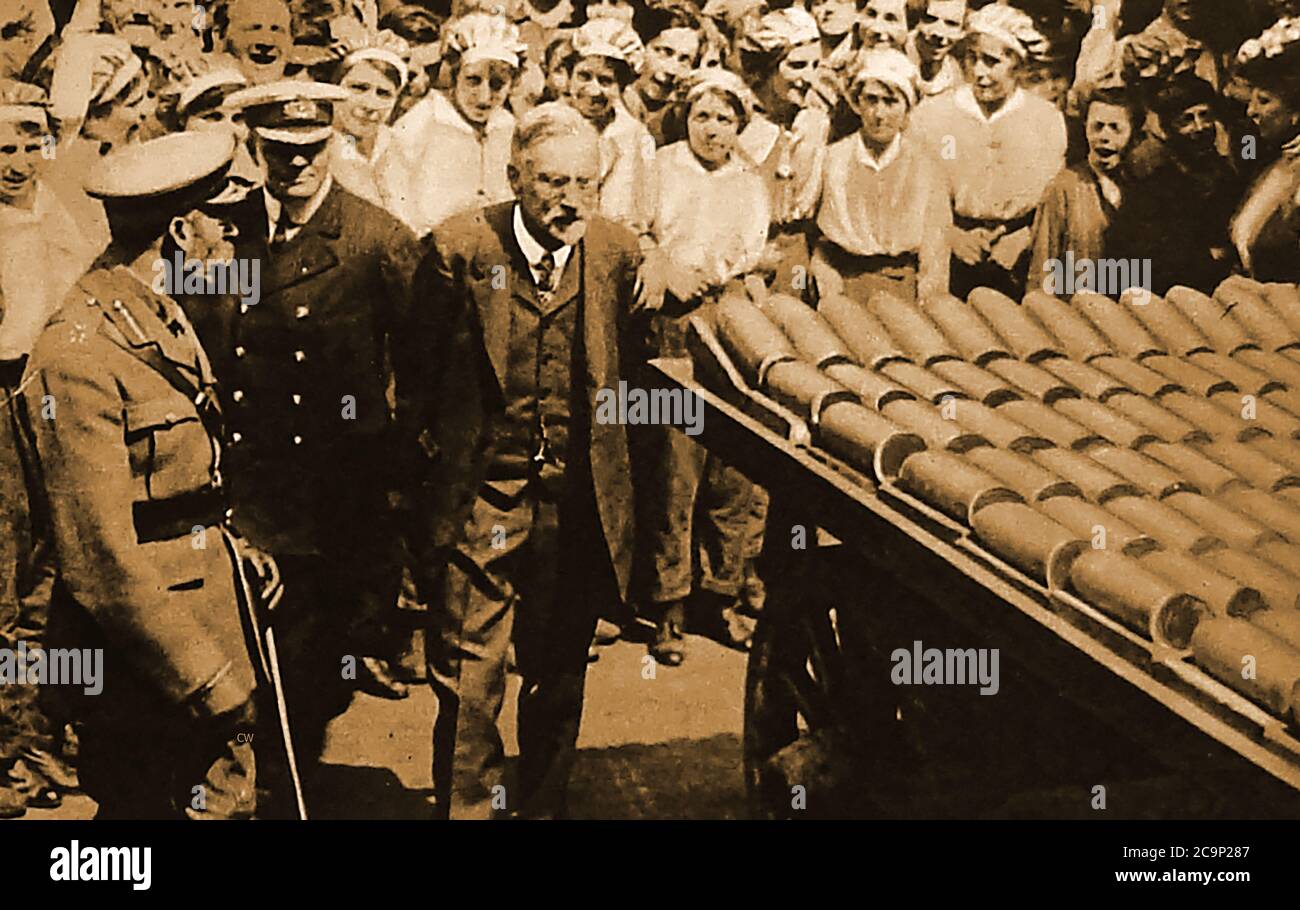 WWI - The king (George V) visits a British munitions factory in January 1917. whilst women workers watch him examining a cart full of shells. Stock Photohttps://www.alamy.com/image-license-details/?v=1https://www.alamy.com/wwi-the-king-george-v-visits-a-british-munitions-factory-in-january-1917-whilst-women-workers-watch-him-examining-a-cart-full-of-shells-image367434375.html
WWI - The king (George V) visits a British munitions factory in January 1917. whilst women workers watch him examining a cart full of shells. Stock Photohttps://www.alamy.com/image-license-details/?v=1https://www.alamy.com/wwi-the-king-george-v-visits-a-british-munitions-factory-in-january-1917-whilst-women-workers-watch-him-examining-a-cart-full-of-shells-image367434375.htmlRM2C9P287–WWI - The king (George V) visits a British munitions factory in January 1917. whilst women workers watch him examining a cart full of shells.
 FRENCH WOMEN/MUNITIONS Stock Photohttps://www.alamy.com/image-license-details/?v=1https://www.alamy.com/stock-photo-french-womenmunitions-56752771.html
FRENCH WOMEN/MUNITIONS Stock Photohttps://www.alamy.com/image-license-details/?v=1https://www.alamy.com/stock-photo-french-womenmunitions-56752771.htmlRMD898MK–FRENCH WOMEN/MUNITIONS
 World War I. Making finned 240-mm bombs Stock Photohttps://www.alamy.com/image-license-details/?v=1https://www.alamy.com/stock-photo-world-war-i-making-finned-240-mm-bombs-49918911.html
World War I. Making finned 240-mm bombs Stock Photohttps://www.alamy.com/image-license-details/?v=1https://www.alamy.com/stock-photo-world-war-i-making-finned-240-mm-bombs-49918911.htmlRMCW6027–World War I. Making finned 240-mm bombs
 Making a shell, 1939 Stock Photohttps://www.alamy.com/image-license-details/?v=1https://www.alamy.com/making-a-shell-1939-image501425227.html
Making a shell, 1939 Stock Photohttps://www.alamy.com/image-license-details/?v=1https://www.alamy.com/making-a-shell-1939-image501425227.htmlRM2M3NTYR–Making a shell, 1939
 Original WW1 studio portrait postcard of German munitions worker (Alma Panza) On the reverse of the postcard is written 'In memory of the first moulder in Zeulenroda' - Zeulenroda, Triebes, Thuringia, Germany. - War year (Kriegsjahr) 1916'. Stock Photohttps://www.alamy.com/image-license-details/?v=1https://www.alamy.com/original-ww1-studio-portrait-postcard-of-german-munitions-worker-alma-panza-on-the-reverse-of-the-postcard-is-written-in-memory-of-the-first-moulder-in-zeulenroda-zeulenroda-triebes-thuringia-germany-war-year-kriegsjahr-1916-image491128988.html
Original WW1 studio portrait postcard of German munitions worker (Alma Panza) On the reverse of the postcard is written 'In memory of the first moulder in Zeulenroda' - Zeulenroda, Triebes, Thuringia, Germany. - War year (Kriegsjahr) 1916'. Stock Photohttps://www.alamy.com/image-license-details/?v=1https://www.alamy.com/original-ww1-studio-portrait-postcard-of-german-munitions-worker-alma-panza-on-the-reverse-of-the-postcard-is-written-in-memory-of-the-first-moulder-in-zeulenroda-zeulenroda-triebes-thuringia-germany-war-year-kriegsjahr-1916-image491128988.htmlRM2KF0T10–Original WW1 studio portrait postcard of German munitions worker (Alma Panza) On the reverse of the postcard is written 'In memory of the first moulder in Zeulenroda' - Zeulenroda, Triebes, Thuringia, Germany. - War year (Kriegsjahr) 1916'.
 Munitions Worker 1916 Stock Photohttps://www.alamy.com/image-license-details/?v=1https://www.alamy.com/stock-photo-munitions-worker-1916-56682661.html
Munitions Worker 1916 Stock Photohttps://www.alamy.com/image-license-details/?v=1https://www.alamy.com/stock-photo-munitions-worker-1916-56682661.htmlRMD8638N–Munitions Worker 1916
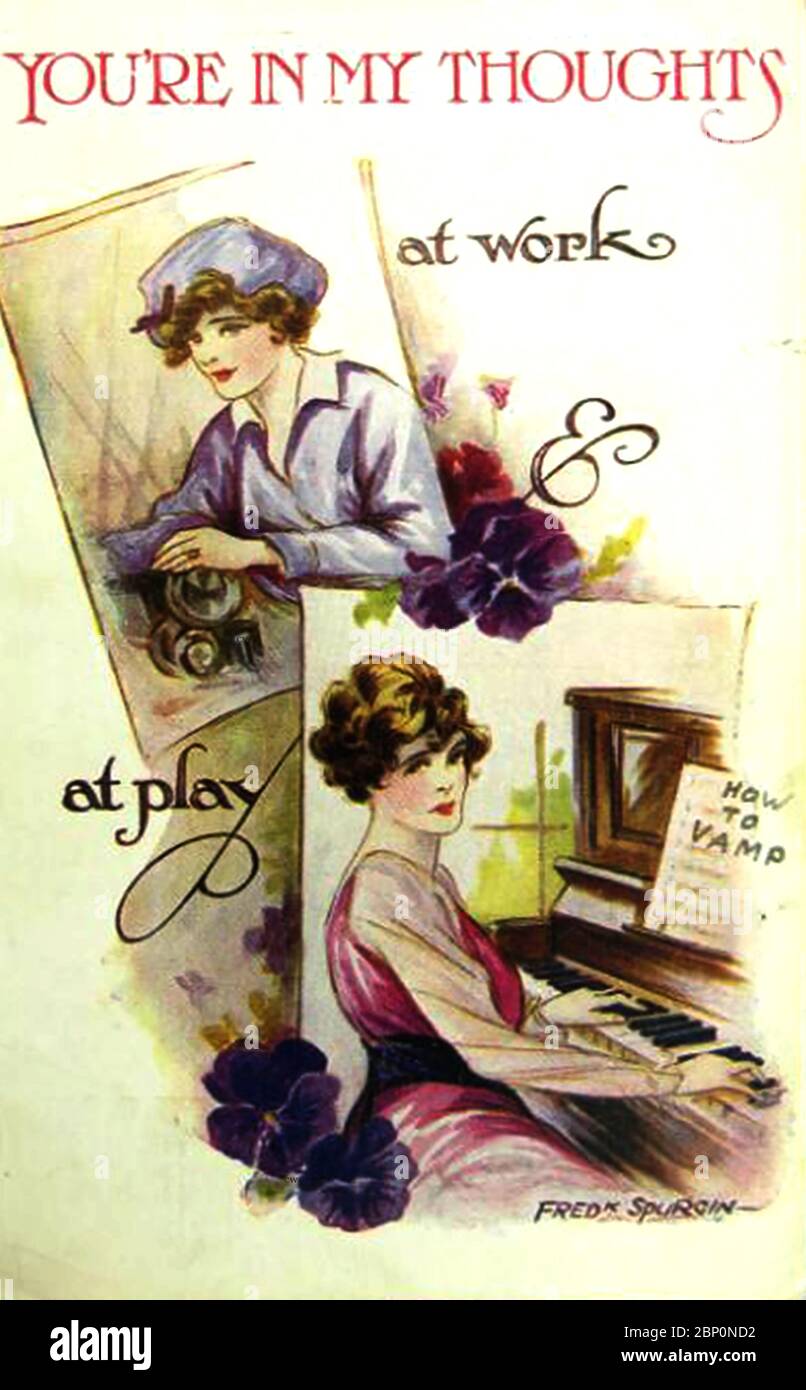 WWI - MUNITIONS FACILITIES IN THE UK. A 1917 postcard showing munition workers could also be glamorous. Stock Photohttps://www.alamy.com/image-license-details/?v=1https://www.alamy.com/wwi-munitions-facilities-in-the-uk-a-1917-postcard-showing-munition-workers-could-also-be-glamorous-image357746622.html
WWI - MUNITIONS FACILITIES IN THE UK. A 1917 postcard showing munition workers could also be glamorous. Stock Photohttps://www.alamy.com/image-license-details/?v=1https://www.alamy.com/wwi-munitions-facilities-in-the-uk-a-1917-postcard-showing-munition-workers-could-also-be-glamorous-image357746622.htmlRM2BP0ND2–WWI - MUNITIONS FACILITIES IN THE UK. A 1917 postcard showing munition workers could also be glamorous.
 Cartoon, Men in munitions factory, WW1 Stock Photohttps://www.alamy.com/image-license-details/?v=1https://www.alamy.com/stock-photo-cartoon-men-in-munitions-factory-ww1-105395610.html
Cartoon, Men in munitions factory, WW1 Stock Photohttps://www.alamy.com/image-license-details/?v=1https://www.alamy.com/stock-photo-cartoon-men-in-munitions-factory-ww1-105395610.htmlRMG3D54X–Cartoon, Men in munitions factory, WW1
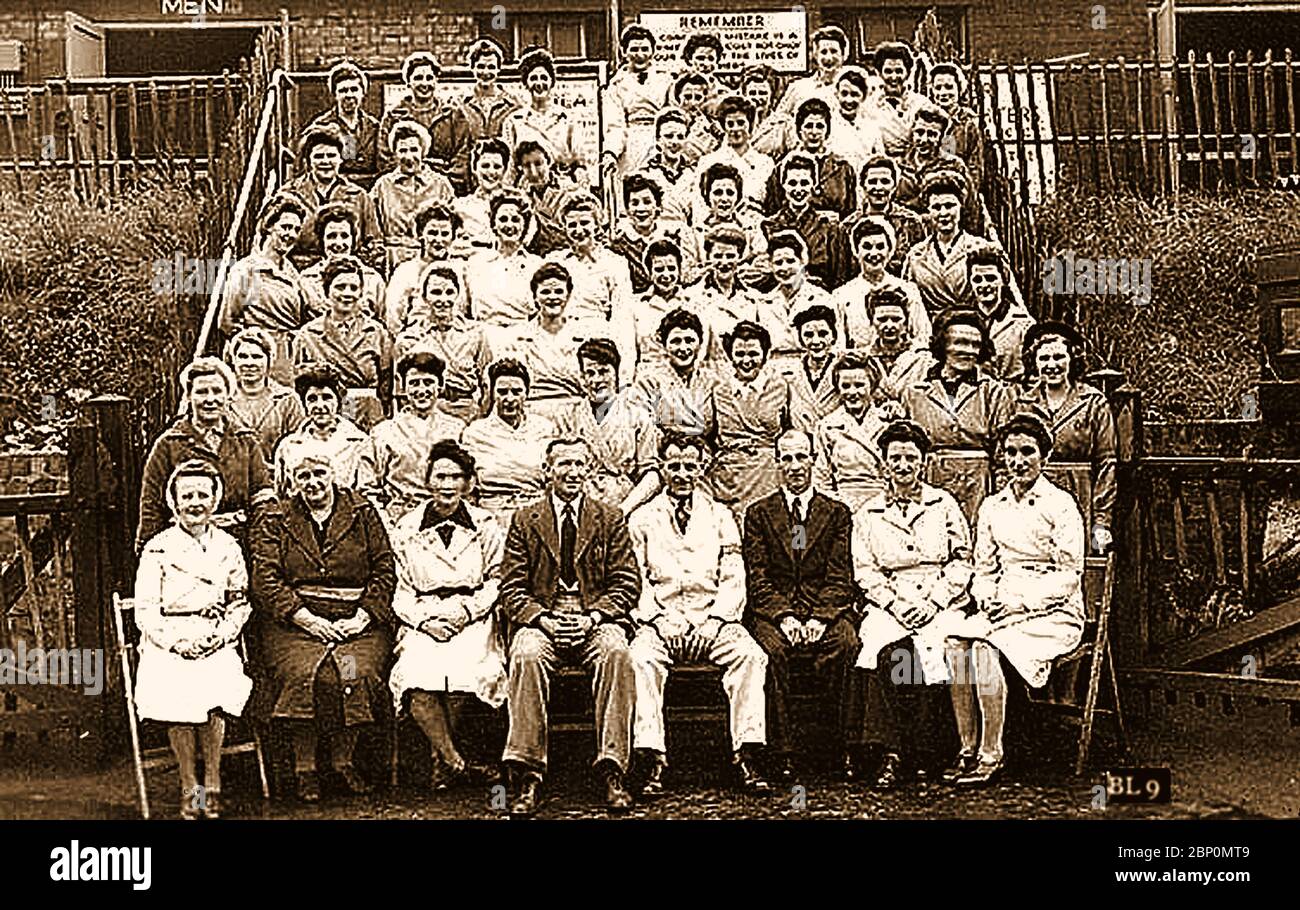 WWII - MUNITIONS FACILITIES IN THE UK. A group photograph of Munition Workers at Burton Latimer, Northamptonshire, England Stock Photohttps://www.alamy.com/image-license-details/?v=1https://www.alamy.com/wwii-munitions-facilities-in-the-uk-a-group-photograph-of-munition-workers-at-burton-latimer-northamptonshire-england-image357746153.html
WWII - MUNITIONS FACILITIES IN THE UK. A group photograph of Munition Workers at Burton Latimer, Northamptonshire, England Stock Photohttps://www.alamy.com/image-license-details/?v=1https://www.alamy.com/wwii-munitions-facilities-in-the-uk-a-group-photograph-of-munition-workers-at-burton-latimer-northamptonshire-england-image357746153.htmlRM2BP0MT9–WWII - MUNITIONS FACILITIES IN THE UK. A group photograph of Munition Workers at Burton Latimer, Northamptonshire, England
 Female munitions workers, Scotland 1916 Stock Photohttps://www.alamy.com/image-license-details/?v=1https://www.alamy.com/female-munitions-workers-scotland-1916-image501462321.html
Female munitions workers, Scotland 1916 Stock Photohttps://www.alamy.com/image-license-details/?v=1https://www.alamy.com/female-munitions-workers-scotland-1916-image501462321.htmlRM2M3RG8H–Female munitions workers, Scotland 1916
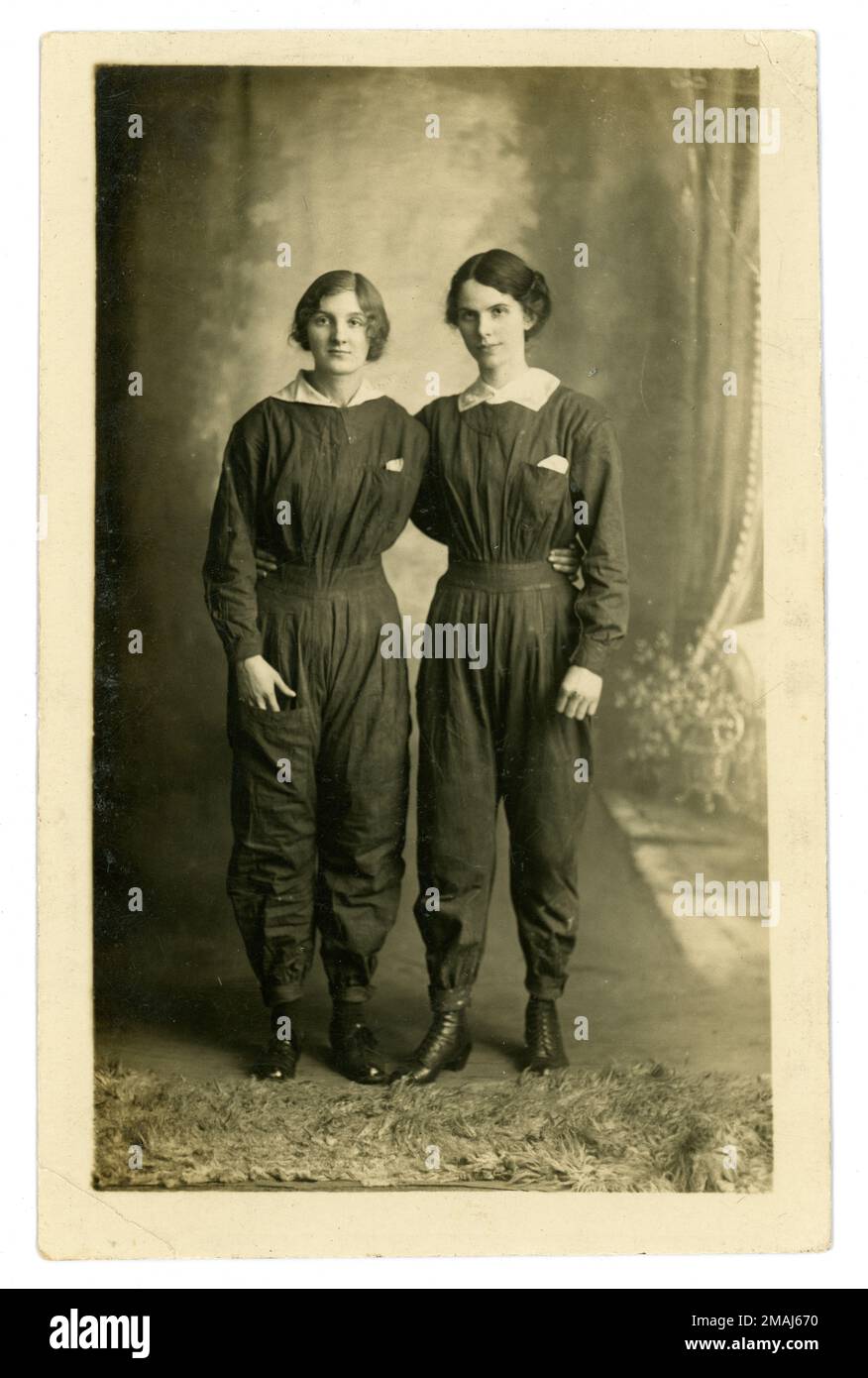 Original WW1 era portrait of 2 young emancipated women proudly wearing boiler suits, showing comradeship of women working in the munitions industry. The girls are thought to be munitions workers as they are wearing boiler suits - it was a dangerous job where skirts might catch in machinery or knock over dangerous chemicals. The town of Wakefield sent girls to work at the National Filling Factory No. 1, at nearby Barnbow. Women working at this large munitions factory were known as 'Barnbow lasses'. The portrait was taken at Barnes' Black & White Studios, Kirkgate, Wakefield, circa 1916. U.K. Stock Photohttps://www.alamy.com/image-license-details/?v=1https://www.alamy.com/original-ww1-era-portrait-of-2-young-emancipated-women-proudly-wearing-boiler-suits-showing-comradeship-of-women-working-in-the-munitions-industry-the-girls-are-thought-to-be-munitions-workers-as-they-are-wearing-boiler-suits-it-was-a-dangerous-job-where-skirts-might-catch-in-machinery-or-knock-over-dangerous-chemicals-the-town-of-wakefield-sent-girls-to-work-at-the-national-filling-factory-no-1-at-nearby-barnbow-women-working-at-this-large-munitions-factory-were-known-as-barnbow-lasses-the-portrait-was-taken-at-barnes-black-white-studios-kirkgate-wakefield-circa-1916-uk-image505647268.html
Original WW1 era portrait of 2 young emancipated women proudly wearing boiler suits, showing comradeship of women working in the munitions industry. The girls are thought to be munitions workers as they are wearing boiler suits - it was a dangerous job where skirts might catch in machinery or knock over dangerous chemicals. The town of Wakefield sent girls to work at the National Filling Factory No. 1, at nearby Barnbow. Women working at this large munitions factory were known as 'Barnbow lasses'. The portrait was taken at Barnes' Black & White Studios, Kirkgate, Wakefield, circa 1916. U.K. Stock Photohttps://www.alamy.com/image-license-details/?v=1https://www.alamy.com/original-ww1-era-portrait-of-2-young-emancipated-women-proudly-wearing-boiler-suits-showing-comradeship-of-women-working-in-the-munitions-industry-the-girls-are-thought-to-be-munitions-workers-as-they-are-wearing-boiler-suits-it-was-a-dangerous-job-where-skirts-might-catch-in-machinery-or-knock-over-dangerous-chemicals-the-town-of-wakefield-sent-girls-to-work-at-the-national-filling-factory-no-1-at-nearby-barnbow-women-working-at-this-large-munitions-factory-were-known-as-barnbow-lasses-the-portrait-was-taken-at-barnes-black-white-studios-kirkgate-wakefield-circa-1916-uk-image505647268.htmlRM2MAJ670–Original WW1 era portrait of 2 young emancipated women proudly wearing boiler suits, showing comradeship of women working in the munitions industry. The girls are thought to be munitions workers as they are wearing boiler suits - it was a dangerous job where skirts might catch in machinery or knock over dangerous chemicals. The town of Wakefield sent girls to work at the National Filling Factory No. 1, at nearby Barnbow. Women working at this large munitions factory were known as 'Barnbow lasses'. The portrait was taken at Barnes' Black & White Studios, Kirkgate, Wakefield, circa 1916. U.K.
 Schoolboys help in shell making Stock Photohttps://www.alamy.com/image-license-details/?v=1https://www.alamy.com/schoolboys-help-in-shell-making-image501438520.html
Schoolboys help in shell making Stock Photohttps://www.alamy.com/image-license-details/?v=1https://www.alamy.com/schoolboys-help-in-shell-making-image501438520.htmlRM2M3PDXG–Schoolboys help in shell making
 A double page spread from The Sketch magazine showing several pictures to report on the involvement of high-born and titled women in the national drive for increasing munitions manufacture during the First World War at Messrs. Vickers factory. The magazine lists Lady Gertrude Crawford, Lady Gatactre and Lady Colebrooke among the workers featured. Date: 1915 Stock Photohttps://www.alamy.com/image-license-details/?v=1https://www.alamy.com/a-double-page-spread-from-the-sketch-magazine-showing-several-pictures-to-report-on-the-involvement-of-high-born-and-titled-women-in-the-national-drive-for-increasing-munitions-manufacture-during-the-first-world-war-at-messrs-vickers-factory-the-magazine-lists-lady-gertrude-crawford-lady-gatactre-and-lady-colebrooke-among-the-workers-featured-date-1915-image557107853.html
A double page spread from The Sketch magazine showing several pictures to report on the involvement of high-born and titled women in the national drive for increasing munitions manufacture during the First World War at Messrs. Vickers factory. The magazine lists Lady Gertrude Crawford, Lady Gatactre and Lady Colebrooke among the workers featured. Date: 1915 Stock Photohttps://www.alamy.com/image-license-details/?v=1https://www.alamy.com/a-double-page-spread-from-the-sketch-magazine-showing-several-pictures-to-report-on-the-involvement-of-high-born-and-titled-women-in-the-national-drive-for-increasing-munitions-manufacture-during-the-first-world-war-at-messrs-vickers-factory-the-magazine-lists-lady-gertrude-crawford-lady-gatactre-and-lady-colebrooke-among-the-workers-featured-date-1915-image557107853.htmlRM2RAACN1–A double page spread from The Sketch magazine showing several pictures to report on the involvement of high-born and titled women in the national drive for increasing munitions manufacture during the First World War at Messrs. Vickers factory. The magazine lists Lady Gertrude Crawford, Lady Gatactre and Lady Colebrooke among the workers featured. Date: 1915
 Girls at work making ammunition boxes, WW1 Stock Photohttps://www.alamy.com/image-license-details/?v=1https://www.alamy.com/girls-at-work-making-ammunition-boxes-ww1-image501438429.html
Girls at work making ammunition boxes, WW1 Stock Photohttps://www.alamy.com/image-license-details/?v=1https://www.alamy.com/girls-at-work-making-ammunition-boxes-ww1-image501438429.htmlRM2M3PDR9–Girls at work making ammunition boxes, WW1
 BEF LEAVE FOR FRANCE A BEF Motorcycle Battalion making their way to Southampton Docks where men and munitions will board ships to France to help with the French Resistance. Sometime between 2 September 1939 – 31 May 1940 Stock Photohttps://www.alamy.com/image-license-details/?v=1https://www.alamy.com/bef-leave-for-france-a-bef-motorcycle-battalion-making-their-way-to-southampton-docks-where-men-and-munitions-will-board-ships-to-france-to-help-with-the-french-resistance-sometime-between-2-september-1939-31-may-1940-image624421162.html
BEF LEAVE FOR FRANCE A BEF Motorcycle Battalion making their way to Southampton Docks where men and munitions will board ships to France to help with the French Resistance. Sometime between 2 September 1939 – 31 May 1940 Stock Photohttps://www.alamy.com/image-license-details/?v=1https://www.alamy.com/bef-leave-for-france-a-bef-motorcycle-battalion-making-their-way-to-southampton-docks-where-men-and-munitions-will-board-ships-to-france-to-help-with-the-french-resistance-sometime-between-2-september-1939-31-may-1940-image624421162.htmlRM2Y7TRFP–BEF LEAVE FOR FRANCE A BEF Motorcycle Battalion making their way to Southampton Docks where men and munitions will board ships to France to help with the French Resistance. Sometime between 2 September 1939 – 31 May 1940
 Scottish girls making shells Stock Photohttps://www.alamy.com/image-license-details/?v=1https://www.alamy.com/scottish-girls-making-shells-image501357573.html
Scottish girls making shells Stock Photohttps://www.alamy.com/image-license-details/?v=1https://www.alamy.com/scottish-girls-making-shells-image501357573.htmlRM2M3JPKH–Scottish girls making shells
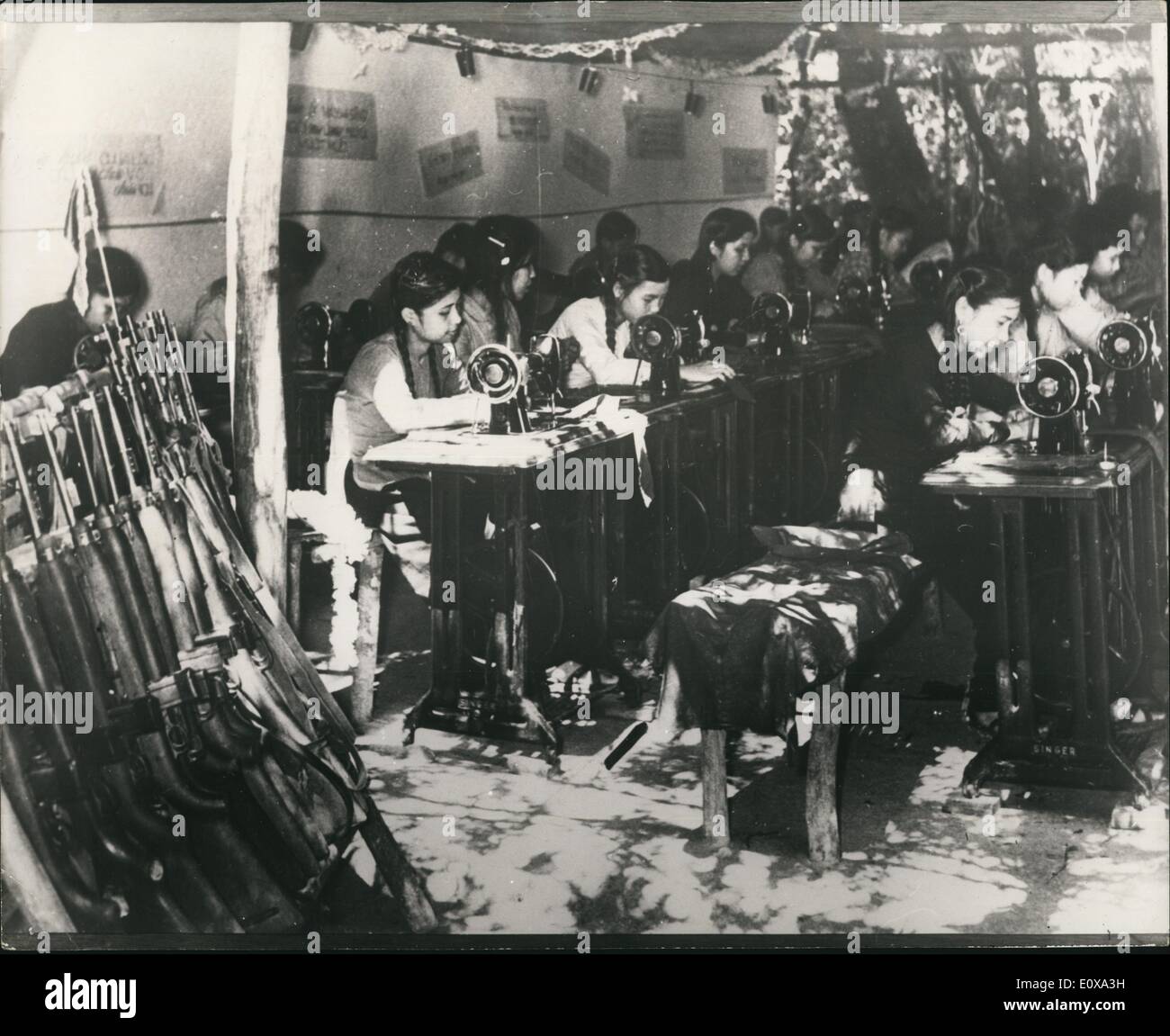 Jan. 01, 1966 - War in Vietnam. They Work for the Vietcong.: The fighting continues in Vietnam and the munitions factories and uniform factories are working full blast. Photo shows Workers making uniforms for the Viet -Cong in a uniform factory. Stock Photohttps://www.alamy.com/image-license-details/?v=1https://www.alamy.com/jan-01-1966-war-in-vietnam-they-work-for-the-vietcong-the-fighting-image69420165.html
Jan. 01, 1966 - War in Vietnam. They Work for the Vietcong.: The fighting continues in Vietnam and the munitions factories and uniform factories are working full blast. Photo shows Workers making uniforms for the Viet -Cong in a uniform factory. Stock Photohttps://www.alamy.com/image-license-details/?v=1https://www.alamy.com/jan-01-1966-war-in-vietnam-they-work-for-the-vietcong-the-fighting-image69420165.htmlRME0XA3H–Jan. 01, 1966 - War in Vietnam. They Work for the Vietcong.: The fighting continues in Vietnam and the munitions factories and uniform factories are working full blast. Photo shows Workers making uniforms for the Viet -Cong in a uniform factory.
 Furnace for making cannon balls in the days of Trafalgar. Stock Photohttps://www.alamy.com/image-license-details/?v=1https://www.alamy.com/furnace-for-making-cannon-balls-in-the-days-of-trafalgar-image504842805.html
Furnace for making cannon balls in the days of Trafalgar. Stock Photohttps://www.alamy.com/image-license-details/?v=1https://www.alamy.com/furnace-for-making-cannon-balls-in-the-days-of-trafalgar-image504842805.htmlRM2M99G45–Furnace for making cannon balls in the days of Trafalgar.
 The Ministry of Munitions requires a large quantilty of horse chestnuts to be used in the making of high explosives, and for feeding cattle - schoolboys throughout the country have started competitions and their harvest will be collected by waggons at different deport. Bring home their harvest. 4 September 1917 Stock Photohttps://www.alamy.com/image-license-details/?v=1https://www.alamy.com/the-ministry-of-munitions-requires-a-large-quantilty-of-horse-chestnuts-to-be-used-in-the-making-of-high-explosives-and-for-feeding-cattle-schoolboys-throughout-the-country-have-started-competitions-and-their-harvest-will-be-collected-by-waggons-at-different-deport-bring-home-their-harvest-4-september-1917-image623319740.html
The Ministry of Munitions requires a large quantilty of horse chestnuts to be used in the making of high explosives, and for feeding cattle - schoolboys throughout the country have started competitions and their harvest will be collected by waggons at different deport. Bring home their harvest. 4 September 1917 Stock Photohttps://www.alamy.com/image-license-details/?v=1https://www.alamy.com/the-ministry-of-munitions-requires-a-large-quantilty-of-horse-chestnuts-to-be-used-in-the-making-of-high-explosives-and-for-feeding-cattle-schoolboys-throughout-the-country-have-started-competitions-and-their-harvest-will-be-collected-by-waggons-at-different-deport-bring-home-their-harvest-4-september-1917-image623319740.htmlRM2Y62JK8–The Ministry of Munitions requires a large quantilty of horse chestnuts to be used in the making of high explosives, and for feeding cattle - schoolboys throughout the country have started competitions and their harvest will be collected by waggons at different deport. Bring home their harvest. 4 September 1917
 Cartoon, Women in munitions factory, WW1 Stock Photohttps://www.alamy.com/image-license-details/?v=1https://www.alamy.com/stock-photo-cartoon-women-in-munitions-factory-ww1-56729721.html
Cartoon, Women in munitions factory, WW1 Stock Photohttps://www.alamy.com/image-license-details/?v=1https://www.alamy.com/stock-photo-cartoon-women-in-munitions-factory-ww1-56729721.htmlRMD8879D–Cartoon, Women in munitions factory, WW1
 Food for the guns of Japan. Despite threats of boycott by trade union labourers at Melbourne, Australia, large quantities of scrap iron to be eventually used in making armaments and munitions are being shipped to Japan, photo shows, scrap iron about to be loaded to the Japanese steamer 'Tamon Mary' at Victoria docks, at Melbourne. 29 January 1938 Stock Photohttps://www.alamy.com/image-license-details/?v=1https://www.alamy.com/food-for-the-guns-of-japan-despite-threats-of-boycott-by-trade-union-labourers-at-melbourne-australia-large-quantities-of-scrap-iron-to-be-eventually-used-in-making-armaments-and-munitions-are-being-shipped-to-japan-photo-shows-scrap-iron-about-to-be-loaded-to-the-japanese-steamer-tamon-mary-at-victoria-docks-at-melbourne-29-january-1938-image359622098.html
Food for the guns of Japan. Despite threats of boycott by trade union labourers at Melbourne, Australia, large quantities of scrap iron to be eventually used in making armaments and munitions are being shipped to Japan, photo shows, scrap iron about to be loaded to the Japanese steamer 'Tamon Mary' at Victoria docks, at Melbourne. 29 January 1938 Stock Photohttps://www.alamy.com/image-license-details/?v=1https://www.alamy.com/food-for-the-guns-of-japan-despite-threats-of-boycott-by-trade-union-labourers-at-melbourne-australia-large-quantities-of-scrap-iron-to-be-eventually-used-in-making-armaments-and-munitions-are-being-shipped-to-japan-photo-shows-scrap-iron-about-to-be-loaded-to-the-japanese-steamer-tamon-mary-at-victoria-docks-at-melbourne-29-january-1938-image359622098.htmlRM2BW25JA–Food for the guns of Japan. Despite threats of boycott by trade union labourers at Melbourne, Australia, large quantities of scrap iron to be eventually used in making armaments and munitions are being shipped to Japan, photo shows, scrap iron about to be loaded to the Japanese steamer 'Tamon Mary' at Victoria docks, at Melbourne. 29 January 1938
 WW1 - French Women working in Munitions Factory Stock Photohttps://www.alamy.com/image-license-details/?v=1https://www.alamy.com/stock-photo-ww1-french-women-working-in-munitions-factory-105369872.html
WW1 - French Women working in Munitions Factory Stock Photohttps://www.alamy.com/image-license-details/?v=1https://www.alamy.com/stock-photo-ww1-french-women-working-in-munitions-factory-105369872.htmlRMG3C09M–WW1 - French Women working in Munitions Factory
 World War I. Making finned 240-mm bombs Stock Photohttps://www.alamy.com/image-license-details/?v=1https://www.alamy.com/stock-photo-world-war-i-making-finned-240-mm-bombs-49918914.html
World War I. Making finned 240-mm bombs Stock Photohttps://www.alamy.com/image-license-details/?v=1https://www.alamy.com/stock-photo-world-war-i-making-finned-240-mm-bombs-49918914.htmlRMCW602A–World War I. Making finned 240-mm bombs
 (230712) -- VIENTIANE, July 12, 2023 (Xinhua) -- This photo taken on July 11, 2023 shows orthoses and prostheses used by Lao victims from unexploded ordnance in Cooperative Orthotic and Prosthetic Enterprise Visitor Center in Vientiane, Laos. According to a monitor, the United States dropped 413,130 tons of cluster munitions over Vietnam between 1965 and 1973. Concurrent with the Vietnam War, the United States dropped some 260 million cluster bombs on neighboring Laos, making Laos 'the most heavily bombed nation in history.'Laos is hence contaminated by about 80 million cluster submunitions, a Stock Photohttps://www.alamy.com/image-license-details/?v=1https://www.alamy.com/230712-vientiane-july-12-2023-xinhua-this-photo-taken-on-july-11-2023-shows-orthoses-and-prostheses-used-by-lao-victims-from-unexploded-ordnance-in-cooperative-orthotic-and-prosthetic-enterprise-visitor-center-in-vientiane-laos-according-to-a-monitor-the-united-states-dropped-413130-tons-of-cluster-munitions-over-vietnam-between-1965-and-1973-concurrent-with-the-vietnam-war-the-united-states-dropped-some-260-million-cluster-bombs-on-neighboring-laos-making-laos-the-most-heavily-bombed-nation-in-historylaos-is-hence-contaminated-by-about-80-million-cluster-submunitions-a-image558198235.html
(230712) -- VIENTIANE, July 12, 2023 (Xinhua) -- This photo taken on July 11, 2023 shows orthoses and prostheses used by Lao victims from unexploded ordnance in Cooperative Orthotic and Prosthetic Enterprise Visitor Center in Vientiane, Laos. According to a monitor, the United States dropped 413,130 tons of cluster munitions over Vietnam between 1965 and 1973. Concurrent with the Vietnam War, the United States dropped some 260 million cluster bombs on neighboring Laos, making Laos 'the most heavily bombed nation in history.'Laos is hence contaminated by about 80 million cluster submunitions, a Stock Photohttps://www.alamy.com/image-license-details/?v=1https://www.alamy.com/230712-vientiane-july-12-2023-xinhua-this-photo-taken-on-july-11-2023-shows-orthoses-and-prostheses-used-by-lao-victims-from-unexploded-ordnance-in-cooperative-orthotic-and-prosthetic-enterprise-visitor-center-in-vientiane-laos-according-to-a-monitor-the-united-states-dropped-413130-tons-of-cluster-munitions-over-vietnam-between-1965-and-1973-concurrent-with-the-vietnam-war-the-united-states-dropped-some-260-million-cluster-bombs-on-neighboring-laos-making-laos-the-most-heavily-bombed-nation-in-historylaos-is-hence-contaminated-by-about-80-million-cluster-submunitions-a-image558198235.htmlRM2RC43F7–(230712) -- VIENTIANE, July 12, 2023 (Xinhua) -- This photo taken on July 11, 2023 shows orthoses and prostheses used by Lao victims from unexploded ordnance in Cooperative Orthotic and Prosthetic Enterprise Visitor Center in Vientiane, Laos. According to a monitor, the United States dropped 413,130 tons of cluster munitions over Vietnam between 1965 and 1973. Concurrent with the Vietnam War, the United States dropped some 260 million cluster bombs on neighboring Laos, making Laos 'the most heavily bombed nation in history.'Laos is hence contaminated by about 80 million cluster submunitions, a
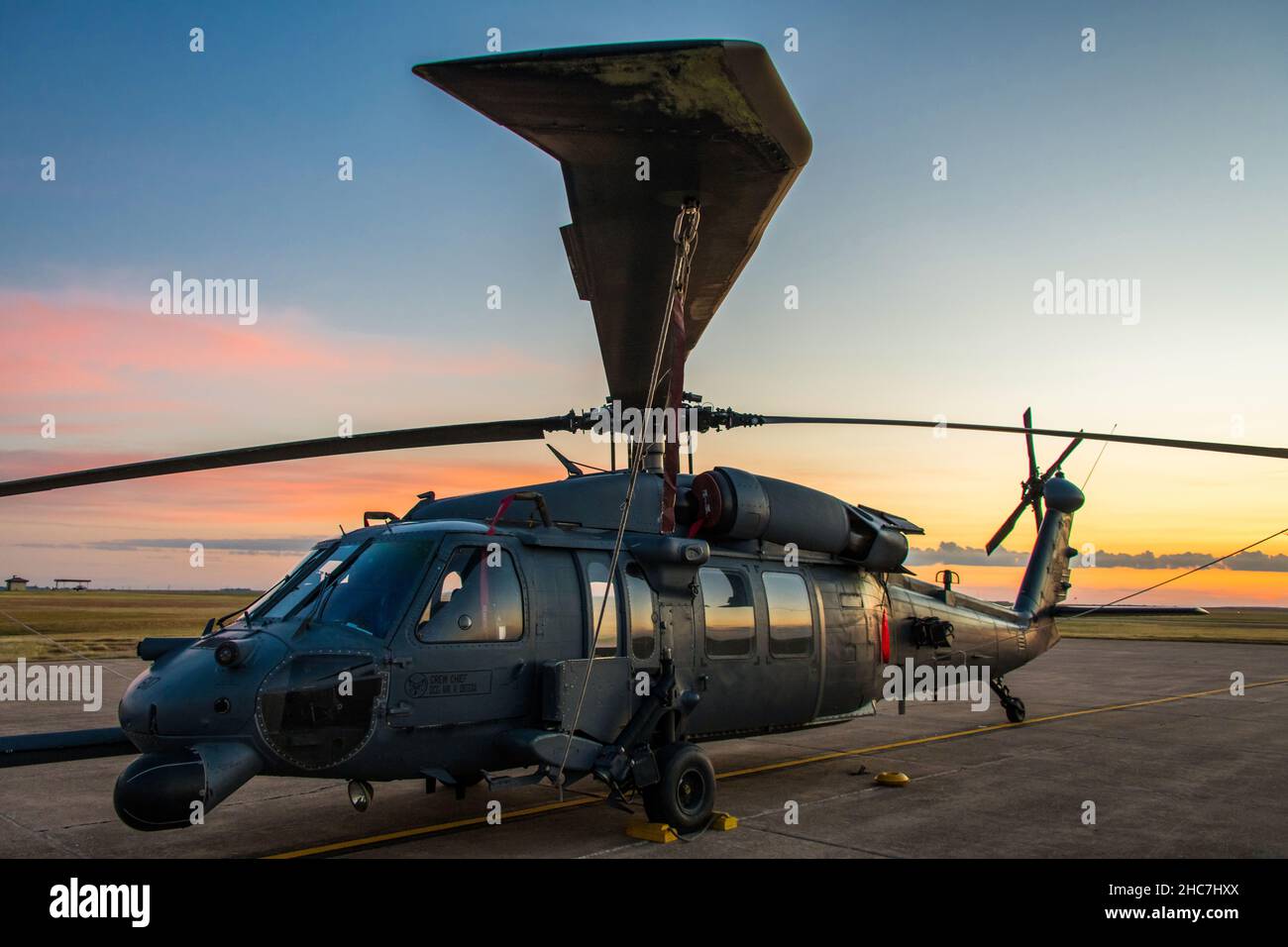 An HH-60 Pave Hawk from Kirtland Air Force Base, New Mexico, sits on a ramp at Sheppard AFB, Texas, Sept. 28, 2021. The arrival of the retired aircraft on Sept. 27 has been 30 years in the making as a request was submitted in April 1991 to have the 8HH-60 brought to Sheppard to be used as a ground instructional training aircraft for 363rd Training Squadron armament and munitions Airmen in Training. The aircraft could also be used by other technical training programs here. (U.S. Air Force photo by 2nd Lt. Logan Thomas) Stock Photohttps://www.alamy.com/image-license-details/?v=1https://www.alamy.com/an-hh-60-pave-hawk-from-kirtland-air-force-base-new-mexico-sits-on-a-ramp-at-sheppard-afb-texas-sept-28-2021-the-arrival-of-the-retired-aircraft-on-sept-27-has-been-30-years-in-the-making-as-a-request-was-submitted-in-april-1991-to-have-the-8hh-60-brought-to-sheppard-to-be-used-as-a-ground-instructional-training-aircraft-for-363rd-training-squadron-armament-and-munitions-airmen-in-training-the-aircraft-could-also-be-used-by-other-technical-training-programs-here-us-air-force-photo-by-2nd-lt-logan-thomas-image455013186.html
An HH-60 Pave Hawk from Kirtland Air Force Base, New Mexico, sits on a ramp at Sheppard AFB, Texas, Sept. 28, 2021. The arrival of the retired aircraft on Sept. 27 has been 30 years in the making as a request was submitted in April 1991 to have the 8HH-60 brought to Sheppard to be used as a ground instructional training aircraft for 363rd Training Squadron armament and munitions Airmen in Training. The aircraft could also be used by other technical training programs here. (U.S. Air Force photo by 2nd Lt. Logan Thomas) Stock Photohttps://www.alamy.com/image-license-details/?v=1https://www.alamy.com/an-hh-60-pave-hawk-from-kirtland-air-force-base-new-mexico-sits-on-a-ramp-at-sheppard-afb-texas-sept-28-2021-the-arrival-of-the-retired-aircraft-on-sept-27-has-been-30-years-in-the-making-as-a-request-was-submitted-in-april-1991-to-have-the-8hh-60-brought-to-sheppard-to-be-used-as-a-ground-instructional-training-aircraft-for-363rd-training-squadron-armament-and-munitions-airmen-in-training-the-aircraft-could-also-be-used-by-other-technical-training-programs-here-us-air-force-photo-by-2nd-lt-logan-thomas-image455013186.htmlRM2HC7HXX–An HH-60 Pave Hawk from Kirtland Air Force Base, New Mexico, sits on a ramp at Sheppard AFB, Texas, Sept. 28, 2021. The arrival of the retired aircraft on Sept. 27 has been 30 years in the making as a request was submitted in April 1991 to have the 8HH-60 brought to Sheppard to be used as a ground instructional training aircraft for 363rd Training Squadron armament and munitions Airmen in Training. The aircraft could also be used by other technical training programs here. (U.S. Air Force photo by 2nd Lt. Logan Thomas)
 Ukrainian army personnel meet military working dog Sophie and her handler Private Liam Desmond during a training session at a barracks in the East Midlands. Two years into the invasion large parts of Ukraine are covered with landmines and unexploded ordnance, including cluster munitions, and dogs play a crucial role in making areas safe for soldiers and civilians. Picture date: Tuesday September 10, 2024. Stock Photohttps://www.alamy.com/image-license-details/?v=1https://www.alamy.com/ukrainian-army-personnel-meet-military-working-dog-sophie-and-her-handler-private-liam-desmond-during-a-training-session-at-a-barracks-in-the-east-midlands-two-years-into-the-invasion-large-parts-of-ukraine-are-covered-with-landmines-and-unexploded-ordnance-including-cluster-munitions-and-dogs-play-a-crucial-role-in-making-areas-safe-for-soldiers-and-civilians-picture-date-tuesday-september-10-2024-image621454088.html
Ukrainian army personnel meet military working dog Sophie and her handler Private Liam Desmond during a training session at a barracks in the East Midlands. Two years into the invasion large parts of Ukraine are covered with landmines and unexploded ordnance, including cluster munitions, and dogs play a crucial role in making areas safe for soldiers and civilians. Picture date: Tuesday September 10, 2024. Stock Photohttps://www.alamy.com/image-license-details/?v=1https://www.alamy.com/ukrainian-army-personnel-meet-military-working-dog-sophie-and-her-handler-private-liam-desmond-during-a-training-session-at-a-barracks-in-the-east-midlands-two-years-into-the-invasion-large-parts-of-ukraine-are-covered-with-landmines-and-unexploded-ordnance-including-cluster-munitions-and-dogs-play-a-crucial-role-in-making-areas-safe-for-soldiers-and-civilians-picture-date-tuesday-september-10-2024-image621454088.htmlRM2Y31K0T–Ukrainian army personnel meet military working dog Sophie and her handler Private Liam Desmond during a training session at a barracks in the East Midlands. Two years into the invasion large parts of Ukraine are covered with landmines and unexploded ordnance, including cluster munitions, and dogs play a crucial role in making areas safe for soldiers and civilians. Picture date: Tuesday September 10, 2024.
 Women working in a munitions plant in France ca. 1917-1918 Stock Photohttps://www.alamy.com/image-license-details/?v=1https://www.alamy.com/women-working-in-a-munitions-plant-in-france-ca-1917-1918-image601157913.html
Women working in a munitions plant in France ca. 1917-1918 Stock Photohttps://www.alamy.com/image-license-details/?v=1https://www.alamy.com/women-working-in-a-munitions-plant-in-france-ca-1917-1918-image601157913.htmlRM2WX131D–Women working in a munitions plant in France ca. 1917-1918
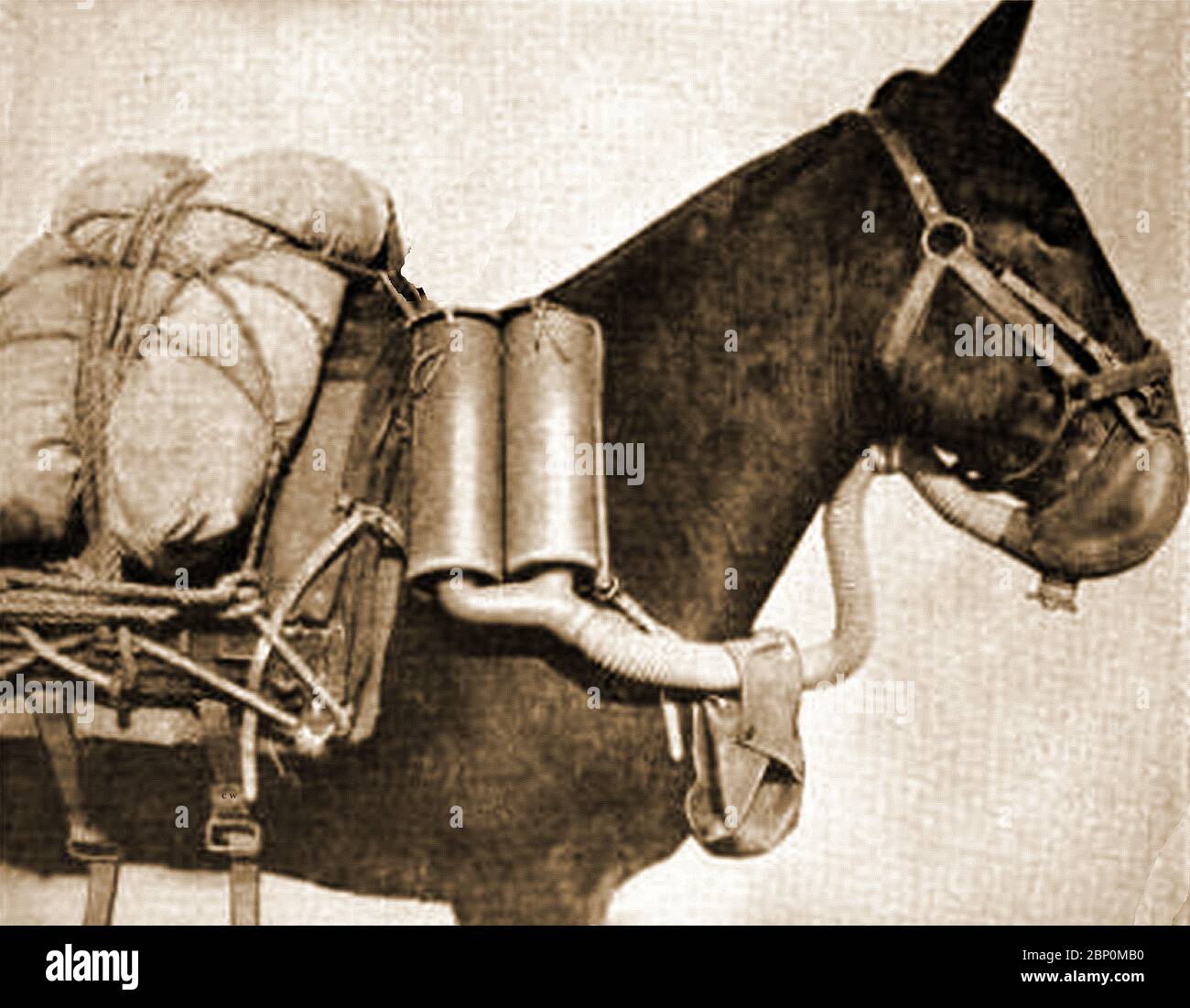 WWI - MUNITIONS FACILITIES IN THE UK. A little known aspect of munition work was the manufacture of gas masks for horses Stock Photohttps://www.alamy.com/image-license-details/?v=1https://www.alamy.com/wwi-munitions-facilities-in-the-uk-a-little-known-aspect-of-munition-work-was-the-manufacture-of-gas-masks-for-horses-image357745780.html
WWI - MUNITIONS FACILITIES IN THE UK. A little known aspect of munition work was the manufacture of gas masks for horses Stock Photohttps://www.alamy.com/image-license-details/?v=1https://www.alamy.com/wwi-munitions-facilities-in-the-uk-a-little-known-aspect-of-munition-work-was-the-manufacture-of-gas-masks-for-horses-image357745780.htmlRM2BP0MB0–WWI - MUNITIONS FACILITIES IN THE UK. A little known aspect of munition work was the manufacture of gas masks for horses
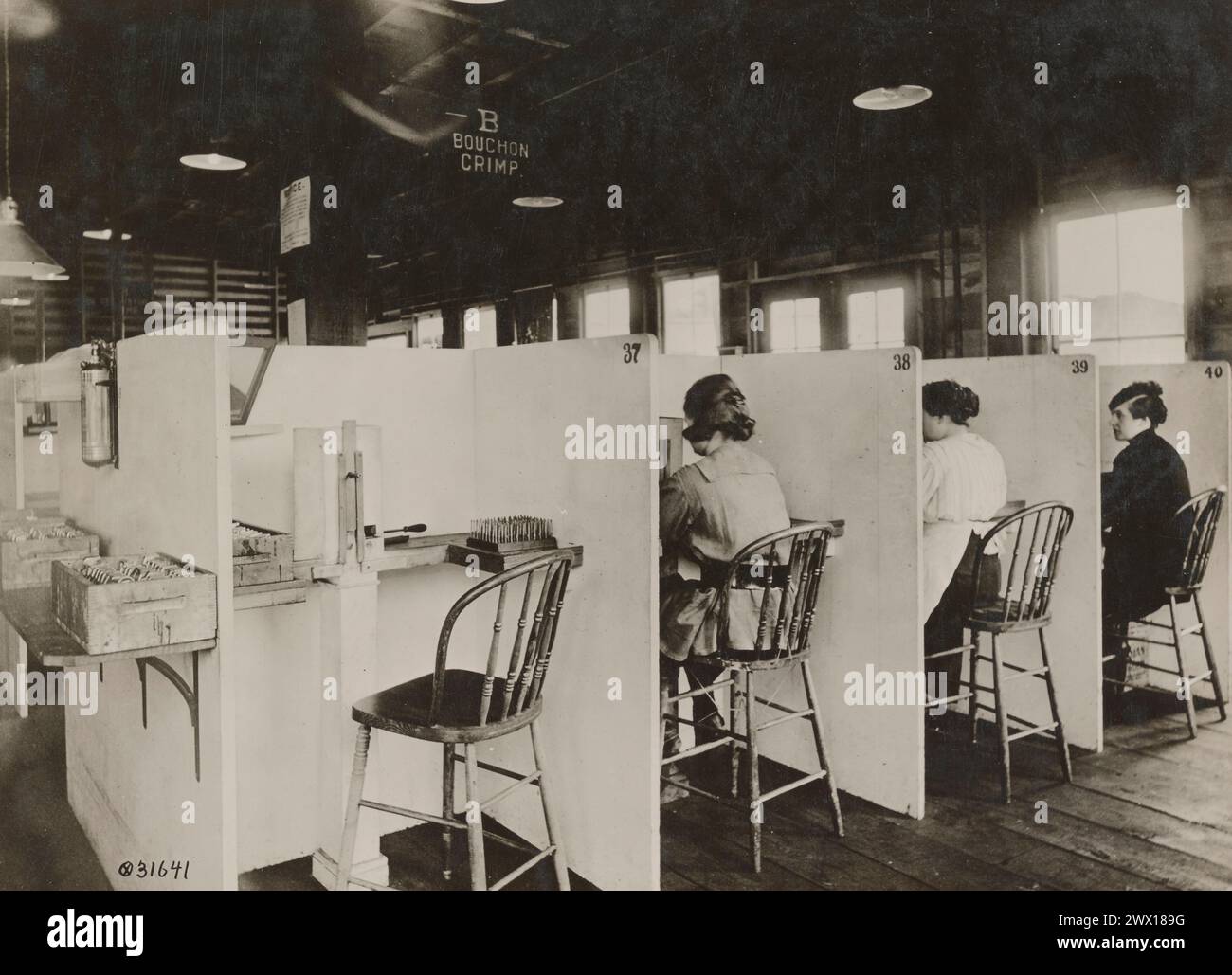 (Original caption) Women workers in munitions plants: Women loading Bouchon assemblies for hand grenades i.e. crimping detonators onto the Bouchon assemblies. Gorham Manufacturing Company; Providence Rhode Island ca. 1919 Stock Photohttps://www.alamy.com/image-license-details/?v=1https://www.alamy.com/original-caption-women-workers-in-munitions-plants-women-loading-bouchon-assemblies-for-hand-grenades-ie-crimping-detonators-onto-the-bouchon-assemblies-gorham-manufacturing-company-providence-rhode-island-ca-1919-image601162060.html
(Original caption) Women workers in munitions plants: Women loading Bouchon assemblies for hand grenades i.e. crimping detonators onto the Bouchon assemblies. Gorham Manufacturing Company; Providence Rhode Island ca. 1919 Stock Photohttps://www.alamy.com/image-license-details/?v=1https://www.alamy.com/original-caption-women-workers-in-munitions-plants-women-loading-bouchon-assemblies-for-hand-grenades-ie-crimping-detonators-onto-the-bouchon-assemblies-gorham-manufacturing-company-providence-rhode-island-ca-1919-image601162060.htmlRM2WX189G–(Original caption) Women workers in munitions plants: Women loading Bouchon assemblies for hand grenades i.e. crimping detonators onto the Bouchon assemblies. Gorham Manufacturing Company; Providence Rhode Island ca. 1919
 WWI - MUNITIONS FACILITIES IN THE UK. A hand-made shell made in a British WWI factory. Stock Photohttps://www.alamy.com/image-license-details/?v=1https://www.alamy.com/wwi-munitions-facilities-in-the-uk-a-hand-made-shell-made-in-a-british-wwi-factory-image357745600.html
WWI - MUNITIONS FACILITIES IN THE UK. A hand-made shell made in a British WWI factory. Stock Photohttps://www.alamy.com/image-license-details/?v=1https://www.alamy.com/wwi-munitions-facilities-in-the-uk-a-hand-made-shell-made-in-a-british-wwi-factory-image357745600.htmlRM2BP0M4G–WWI - MUNITIONS FACILITIES IN THE UK. A hand-made shell made in a British WWI factory.
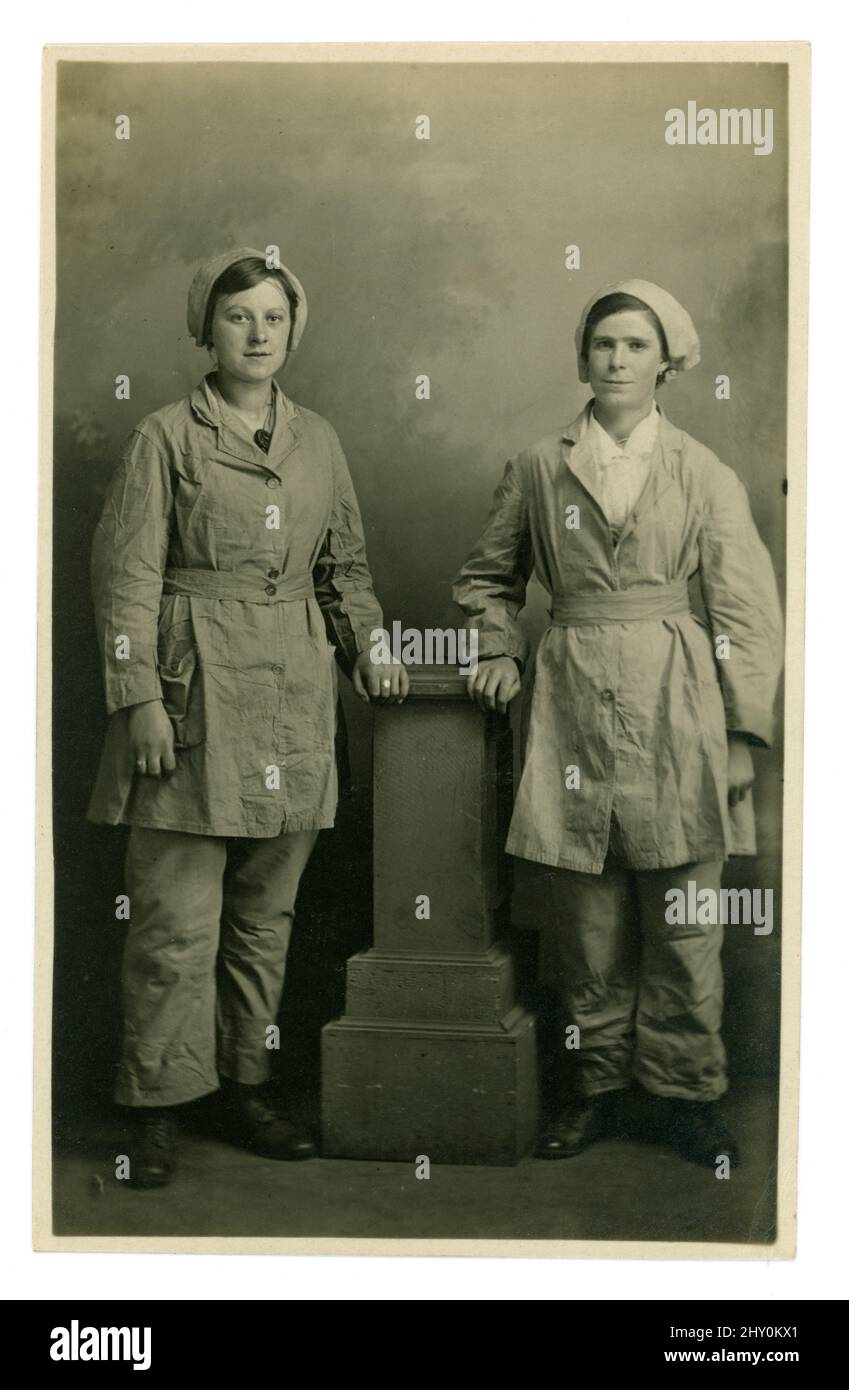 WW1 era very clear, postcard of 2 female munitions friends and workers wearing uniform, trousers, caps. The women are possibly Grinding (milling) House Girls working at HM Factory Langwith. The women here worked in dangerous conditions to produce a chemical called ammonium perchlorate which was mainly used in sea mines, laid by the navy to stop German U-boats from attacking merchant ships bringing vital food and supplies to Britain. Photo from the studio of J H Waterhouse, Chesterfield, Derbyshire, England, U.K. Circa 1917, 1918. Stock Photohttps://www.alamy.com/image-license-details/?v=1https://www.alamy.com/ww1-era-very-clear-postcard-of-2-female-munitions-friends-and-workers-wearing-uniform-trousers-caps-the-women-are-possibly-grinding-milling-house-girls-working-at-hm-factory-langwith-the-women-here-worked-in-dangerous-conditions-to-produce-a-chemical-called-ammonium-perchlorate-which-was-mainly-used-in-sea-mines-laid-by-the-navy-to-stop-german-u-boats-from-attacking-merchant-ships-bringing-vital-food-and-supplies-to-britain-photo-from-the-studio-of-j-h-waterhouse-chesterfield-derbyshire-england-uk-circa-1917-1918-image464080905.html
WW1 era very clear, postcard of 2 female munitions friends and workers wearing uniform, trousers, caps. The women are possibly Grinding (milling) House Girls working at HM Factory Langwith. The women here worked in dangerous conditions to produce a chemical called ammonium perchlorate which was mainly used in sea mines, laid by the navy to stop German U-boats from attacking merchant ships bringing vital food and supplies to Britain. Photo from the studio of J H Waterhouse, Chesterfield, Derbyshire, England, U.K. Circa 1917, 1918. Stock Photohttps://www.alamy.com/image-license-details/?v=1https://www.alamy.com/ww1-era-very-clear-postcard-of-2-female-munitions-friends-and-workers-wearing-uniform-trousers-caps-the-women-are-possibly-grinding-milling-house-girls-working-at-hm-factory-langwith-the-women-here-worked-in-dangerous-conditions-to-produce-a-chemical-called-ammonium-perchlorate-which-was-mainly-used-in-sea-mines-laid-by-the-navy-to-stop-german-u-boats-from-attacking-merchant-ships-bringing-vital-food-and-supplies-to-britain-photo-from-the-studio-of-j-h-waterhouse-chesterfield-derbyshire-england-uk-circa-1917-1918-image464080905.htmlRM2HY0KX1–WW1 era very clear, postcard of 2 female munitions friends and workers wearing uniform, trousers, caps. The women are possibly Grinding (milling) House Girls working at HM Factory Langwith. The women here worked in dangerous conditions to produce a chemical called ammonium perchlorate which was mainly used in sea mines, laid by the navy to stop German U-boats from attacking merchant ships bringing vital food and supplies to Britain. Photo from the studio of J H Waterhouse, Chesterfield, Derbyshire, England, U.K. Circa 1917, 1918.
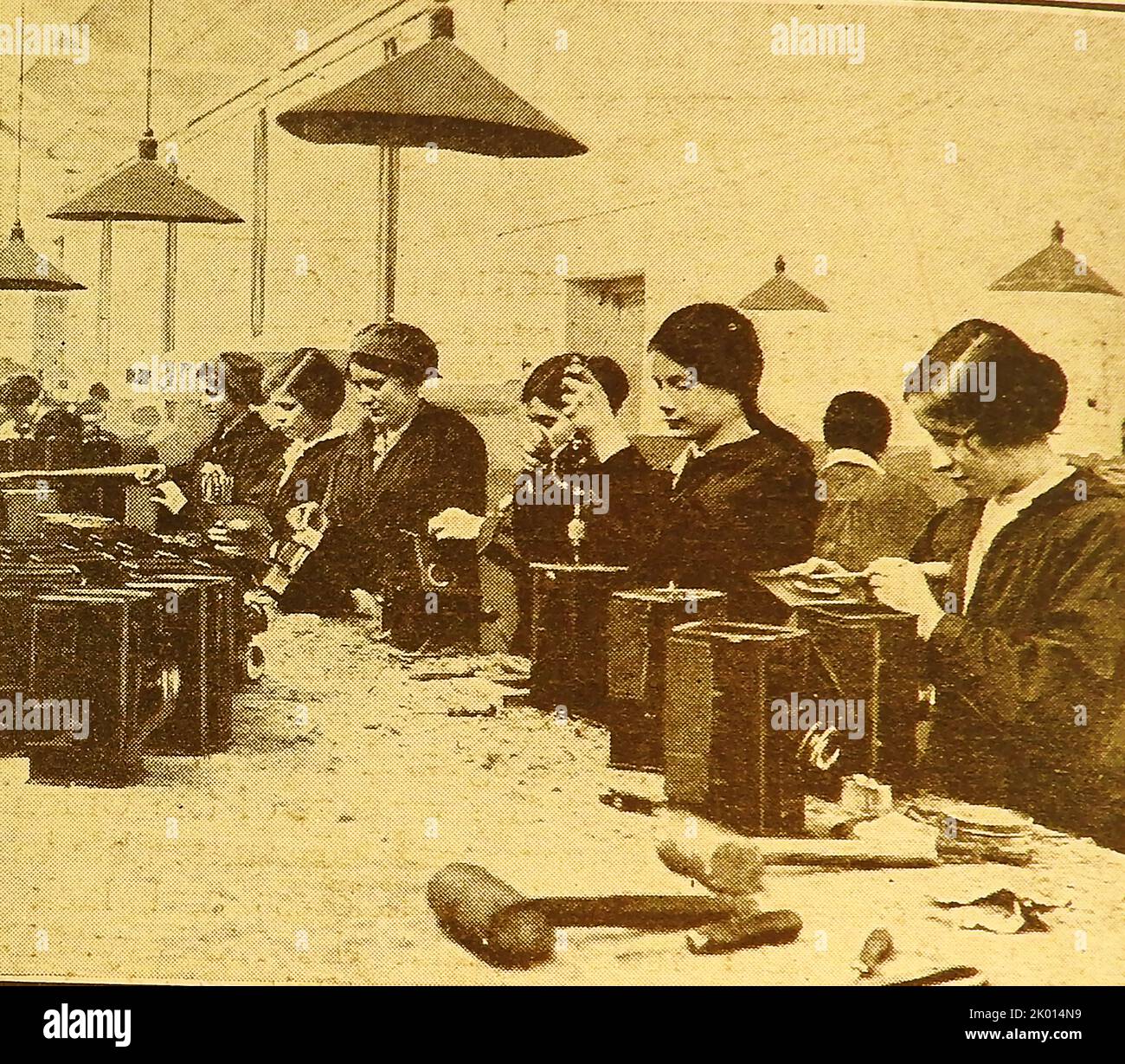 Munitions workers WWI - Munition workers at a Royal Navy signal lamp factory manufacturing lamps for the Grand Fleet. Stock Photohttps://www.alamy.com/image-license-details/?v=1https://www.alamy.com/munitions-workers-wwi-munition-workers-at-a-royal-navy-signal-lamp-factory-manufacturing-lamps-for-the-grand-fleet-image481915989.html
Munitions workers WWI - Munition workers at a Royal Navy signal lamp factory manufacturing lamps for the Grand Fleet. Stock Photohttps://www.alamy.com/image-license-details/?v=1https://www.alamy.com/munitions-workers-wwi-munition-workers-at-a-royal-navy-signal-lamp-factory-manufacturing-lamps-for-the-grand-fleet-image481915989.htmlRM2K014N9–Munitions workers WWI - Munition workers at a Royal Navy signal lamp factory manufacturing lamps for the Grand Fleet.
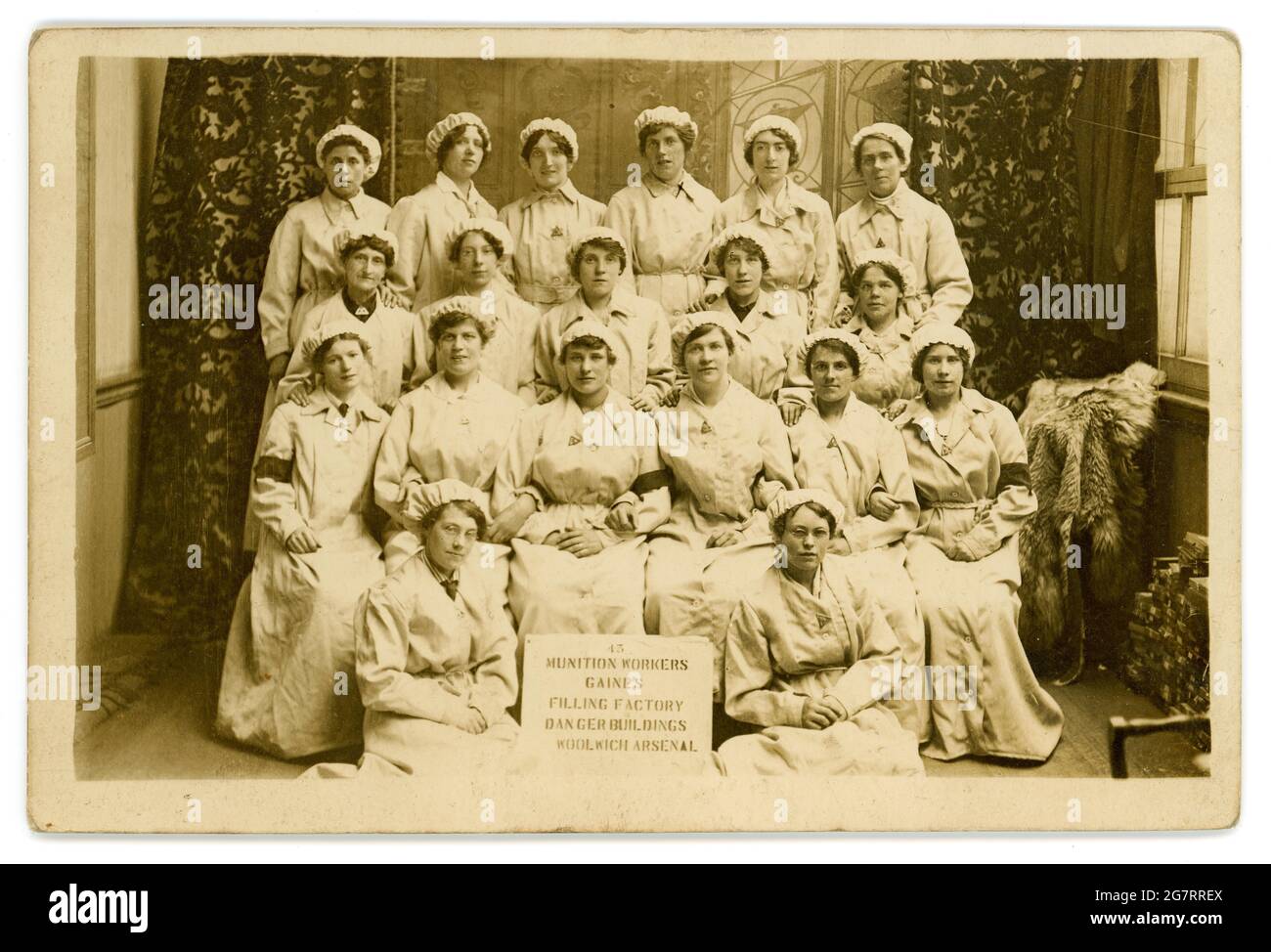 Original WW1 era postcard notice reads Munition Workers Gaines Filling Factory Danger Buildings Woolwich Arsenal, the women wear 'on war service' badges posted 1917, Woolwich, London, U.K. Stock Photohttps://www.alamy.com/image-license-details/?v=1https://www.alamy.com/original-ww1-era-postcard-notice-reads-munition-workers-gaines-filling-factory-danger-buildings-woolwich-arsenal-the-women-wear-on-war-service-badges-posted-1917-woolwich-london-uk-image435085138.html
Original WW1 era postcard notice reads Munition Workers Gaines Filling Factory Danger Buildings Woolwich Arsenal, the women wear 'on war service' badges posted 1917, Woolwich, London, U.K. Stock Photohttps://www.alamy.com/image-license-details/?v=1https://www.alamy.com/original-ww1-era-postcard-notice-reads-munition-workers-gaines-filling-factory-danger-buildings-woolwich-arsenal-the-women-wear-on-war-service-badges-posted-1917-woolwich-london-uk-image435085138.htmlRM2G7RREX–Original WW1 era postcard notice reads Munition Workers Gaines Filling Factory Danger Buildings Woolwich Arsenal, the women wear 'on war service' badges posted 1917, Woolwich, London, U.K.
 WWI - MUNITIONS FACILITIES IN THE UK. The first early WWI gas masks were primitive affairs in Germany but were manufactured in their thousands Stock Photohttps://www.alamy.com/image-license-details/?v=1https://www.alamy.com/wwi-munitions-facilities-in-the-uk-the-first-early-wwi-gas-masks-were-primitive-affairs-in-germany-but-were-manufactured-in-their-thousands-image357745973.html
WWI - MUNITIONS FACILITIES IN THE UK. The first early WWI gas masks were primitive affairs in Germany but were manufactured in their thousands Stock Photohttps://www.alamy.com/image-license-details/?v=1https://www.alamy.com/wwi-munitions-facilities-in-the-uk-the-first-early-wwi-gas-masks-were-primitive-affairs-in-germany-but-were-manufactured-in-their-thousands-image357745973.htmlRM2BP0MHW–WWI - MUNITIONS FACILITIES IN THE UK. The first early WWI gas masks were primitive affairs in Germany but were manufactured in their thousands
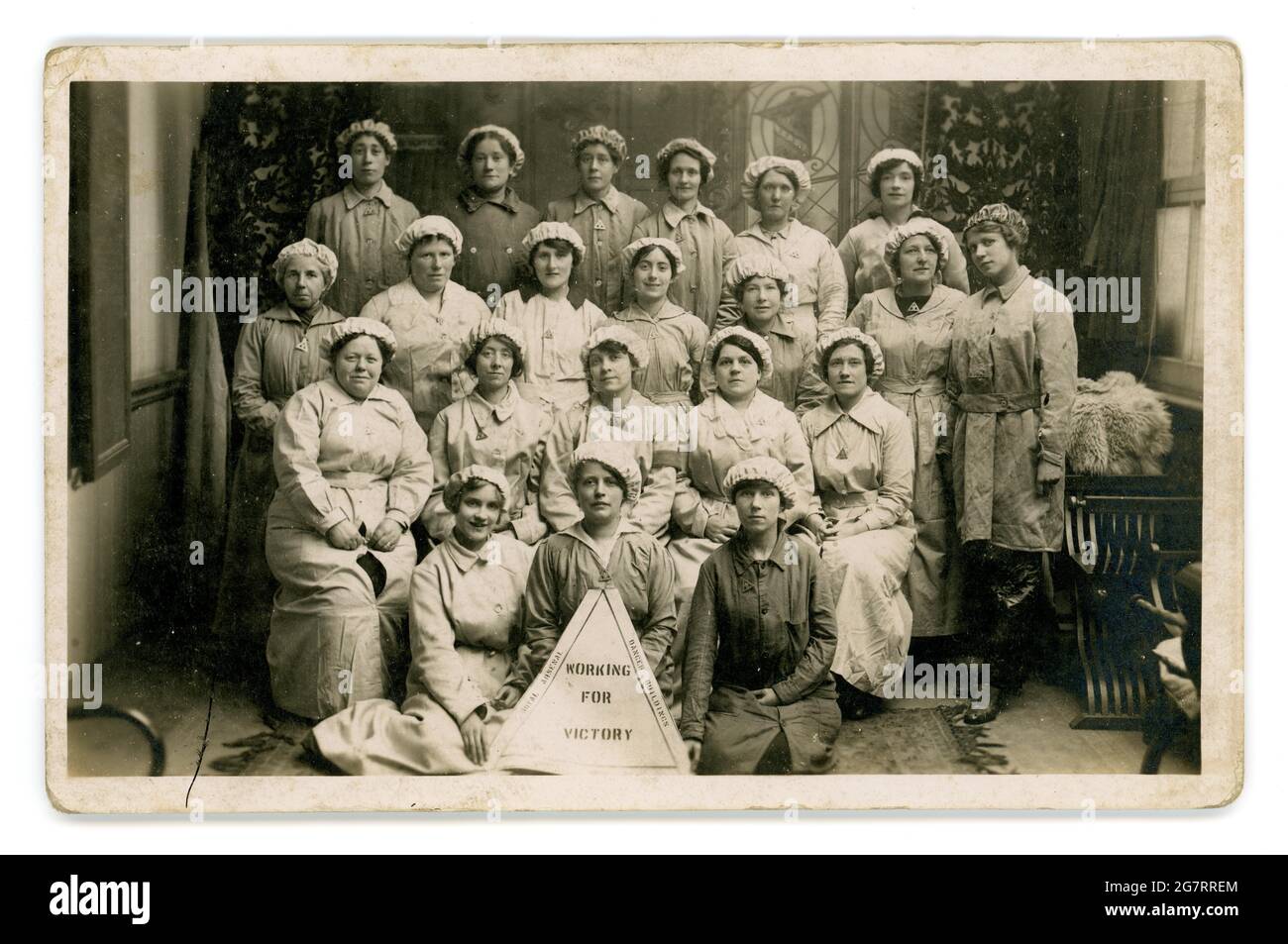 Original WW1 era postcard notice reads 'Working for Victory' and around the edge is printed Royal Arsenal Danger Buildings Woolwich Arsenal. A group of women munitionettes wear on war service badges circa 1916, 1917, Arsenal was a shell filling factory. Woolwich, London, U.K. Stock Photohttps://www.alamy.com/image-license-details/?v=1https://www.alamy.com/original-ww1-era-postcard-notice-reads-working-for-victory-and-around-the-edge-is-printed-royal-arsenal-danger-buildings-woolwich-arsenal-a-group-of-women-munitionettes-wear-on-war-service-badges-circa-1916-1917-arsenal-was-a-shell-filling-factory-woolwich-london-uk-image435085132.html
Original WW1 era postcard notice reads 'Working for Victory' and around the edge is printed Royal Arsenal Danger Buildings Woolwich Arsenal. A group of women munitionettes wear on war service badges circa 1916, 1917, Arsenal was a shell filling factory. Woolwich, London, U.K. Stock Photohttps://www.alamy.com/image-license-details/?v=1https://www.alamy.com/original-ww1-era-postcard-notice-reads-working-for-victory-and-around-the-edge-is-printed-royal-arsenal-danger-buildings-woolwich-arsenal-a-group-of-women-munitionettes-wear-on-war-service-badges-circa-1916-1917-arsenal-was-a-shell-filling-factory-woolwich-london-uk-image435085132.htmlRM2G7RREM–Original WW1 era postcard notice reads 'Working for Victory' and around the edge is printed Royal Arsenal Danger Buildings Woolwich Arsenal. A group of women munitionettes wear on war service badges circa 1916, 1917, Arsenal was a shell filling factory. Woolwich, London, U.K.
 WWI - MUNITIONS FACILITIES IN THE UK. - A women (known as a Munitioneer) at work during WW1 operating a cartridge machine Stock Photohttps://www.alamy.com/image-license-details/?v=1https://www.alamy.com/wwi-munitions-facilities-in-the-uk-a-women-known-as-a-munitioneer-at-work-during-ww1-operating-a-cartridge-machine-image357745478.html
WWI - MUNITIONS FACILITIES IN THE UK. - A women (known as a Munitioneer) at work during WW1 operating a cartridge machine Stock Photohttps://www.alamy.com/image-license-details/?v=1https://www.alamy.com/wwi-munitions-facilities-in-the-uk-a-women-known-as-a-munitioneer-at-work-during-ww1-operating-a-cartridge-machine-image357745478.htmlRM2BP0M06–WWI - MUNITIONS FACILITIES IN THE UK. - A women (known as a Munitioneer) at work during WW1 operating a cartridge machine
 'The massacre of the Tavani Arquati family'. Tragic episode which took place in Trastevere (Rome) on the occasion of Garibaldi's expedition from Mentana on 25 October 1867 for the liberation of Rome. A group of patriots was surprised by the police while making cartridges in Giulio Ajani's wool mill. In the ensuing clash, the Papal Zouaves slaughtered nine people, including Giuditta Tavani Arquati (1830-1867), her husband and one of their three sons, Antonio. Oil on canvas. Detail. Museum of the Risorgimento. Milan. Italy. Author: Carlo Ademollo (1824-1911). Italian painter. Stock Photohttps://www.alamy.com/image-license-details/?v=1https://www.alamy.com/the-massacre-of-the-tavani-arquati-family-tragic-episode-which-took-place-in-trastevere-rome-on-the-occasion-of-garibaldis-expedition-from-mentana-on-25-october-1867-for-the-liberation-of-rome-a-group-of-patriots-was-surprised-by-the-police-while-making-cartridges-in-giulio-ajanis-wool-mill-in-the-ensuing-clash-the-papal-zouaves-slaughtered-nine-people-including-giuditta-tavani-arquati-1830-1867-her-husband-and-one-of-their-three-sons-antonio-oil-on-canvas-detail-museum-of-the-risorgimento-milan-italy-author-carlo-ademollo-1824-1911-italian-painter-image608515361.html
'The massacre of the Tavani Arquati family'. Tragic episode which took place in Trastevere (Rome) on the occasion of Garibaldi's expedition from Mentana on 25 October 1867 for the liberation of Rome. A group of patriots was surprised by the police while making cartridges in Giulio Ajani's wool mill. In the ensuing clash, the Papal Zouaves slaughtered nine people, including Giuditta Tavani Arquati (1830-1867), her husband and one of their three sons, Antonio. Oil on canvas. Detail. Museum of the Risorgimento. Milan. Italy. Author: Carlo Ademollo (1824-1911). Italian painter. Stock Photohttps://www.alamy.com/image-license-details/?v=1https://www.alamy.com/the-massacre-of-the-tavani-arquati-family-tragic-episode-which-took-place-in-trastevere-rome-on-the-occasion-of-garibaldis-expedition-from-mentana-on-25-october-1867-for-the-liberation-of-rome-a-group-of-patriots-was-surprised-by-the-police-while-making-cartridges-in-giulio-ajanis-wool-mill-in-the-ensuing-clash-the-papal-zouaves-slaughtered-nine-people-including-giuditta-tavani-arquati-1830-1867-her-husband-and-one-of-their-three-sons-antonio-oil-on-canvas-detail-museum-of-the-risorgimento-milan-italy-author-carlo-ademollo-1824-1911-italian-painter-image608515361.htmlRM2XA07FD–'The massacre of the Tavani Arquati family'. Tragic episode which took place in Trastevere (Rome) on the occasion of Garibaldi's expedition from Mentana on 25 October 1867 for the liberation of Rome. A group of patriots was surprised by the police while making cartridges in Giulio Ajani's wool mill. In the ensuing clash, the Papal Zouaves slaughtered nine people, including Giuditta Tavani Arquati (1830-1867), her husband and one of their three sons, Antonio. Oil on canvas. Detail. Museum of the Risorgimento. Milan. Italy. Author: Carlo Ademollo (1824-1911). Italian painter.
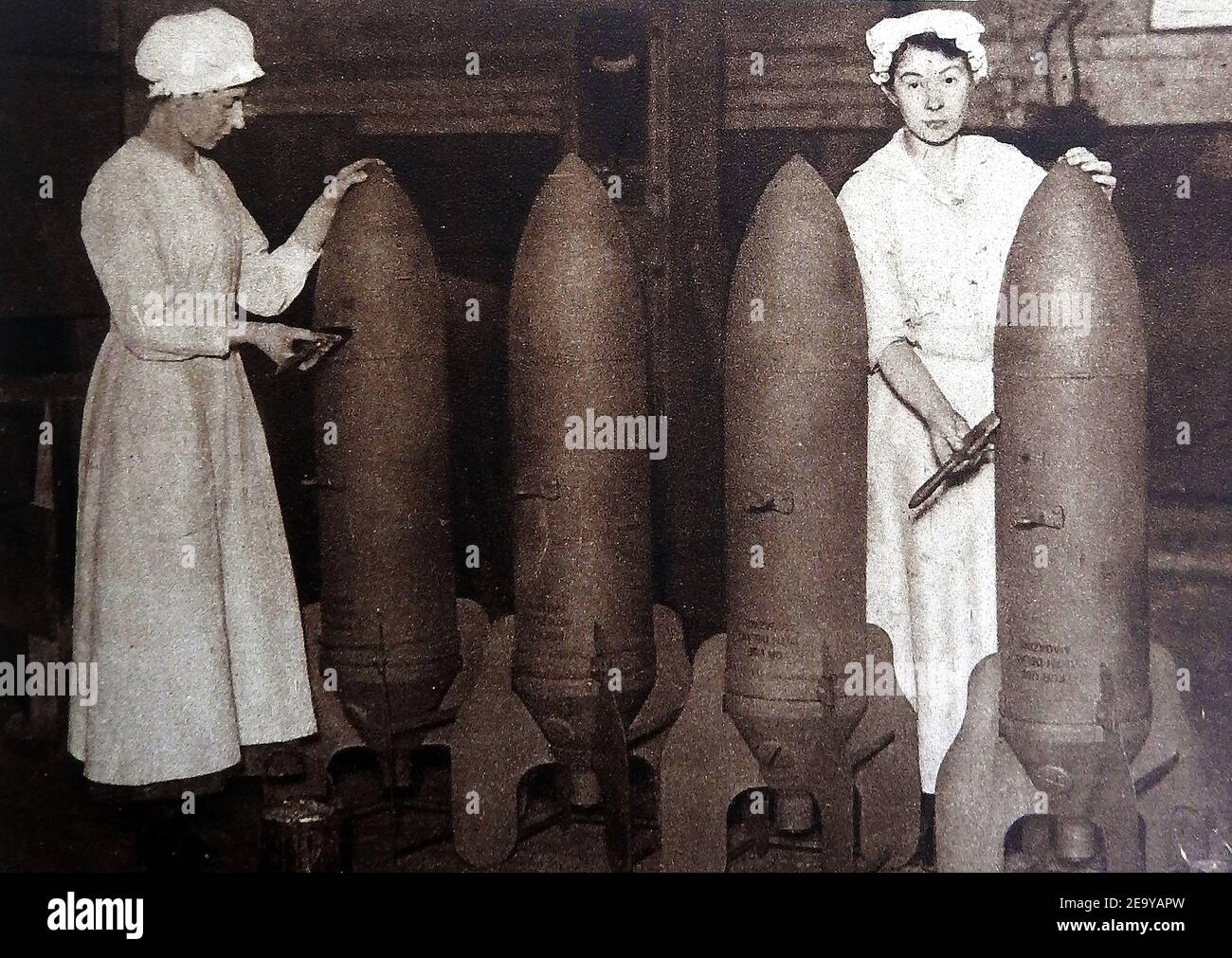 WVWI - Land Girls and women taking over the jobs of their menfolk in Britain. A 1919 photo of British female munition workers putting a coat of paint on aerial bombs, one of the many tasks they learned whilst their menfolk were at war Stock Photohttps://www.alamy.com/image-license-details/?v=1https://www.alamy.com/wvwi-land-girls-and-women-taking-over-the-jobs-of-their-menfolk-in-britain-a-1919-photo-of-british-female-munition-workers-putting-a-coat-of-paint-on-aerial-bombs-one-of-the-many-tasks-they-learned-whilst-their-menfolk-were-at-war-image401971553.html
WVWI - Land Girls and women taking over the jobs of their menfolk in Britain. A 1919 photo of British female munition workers putting a coat of paint on aerial bombs, one of the many tasks they learned whilst their menfolk were at war Stock Photohttps://www.alamy.com/image-license-details/?v=1https://www.alamy.com/wvwi-land-girls-and-women-taking-over-the-jobs-of-their-menfolk-in-britain-a-1919-photo-of-british-female-munition-workers-putting-a-coat-of-paint-on-aerial-bombs-one-of-the-many-tasks-they-learned-whilst-their-menfolk-were-at-war-image401971553.htmlRM2E9YAPW–WVWI - Land Girls and women taking over the jobs of their menfolk in Britain. A 1919 photo of British female munition workers putting a coat of paint on aerial bombs, one of the many tasks they learned whilst their menfolk were at war
 Women working in a munitions plant in France ca. 1917-1918 Stock Photohttps://www.alamy.com/image-license-details/?v=1https://www.alamy.com/women-working-in-a-munitions-plant-in-france-ca-1917-1918-image601563985.html
Women working in a munitions plant in France ca. 1917-1918 Stock Photohttps://www.alamy.com/image-license-details/?v=1https://www.alamy.com/women-working-in-a-munitions-plant-in-france-ca-1917-1918-image601563985.htmlRM2WXKH01–Women working in a munitions plant in France ca. 1917-1918
 WWI - MUNITIONS FACILITIES IN THE UK. Gretna (Scotland) women shovelling mounds of crystalline nitre (known as the Devil's Porridge ) for wartime munitions work Stock Photohttps://www.alamy.com/image-license-details/?v=1https://www.alamy.com/wwi-munitions-facilities-in-the-uk-gretna-scotland-women-shovelling-mounds-of-crystalline-nitre-known-as-the-devils-porridge-for-wartime-munitions-work-image357746031.html
WWI - MUNITIONS FACILITIES IN THE UK. Gretna (Scotland) women shovelling mounds of crystalline nitre (known as the Devil's Porridge ) for wartime munitions work Stock Photohttps://www.alamy.com/image-license-details/?v=1https://www.alamy.com/wwi-munitions-facilities-in-the-uk-gretna-scotland-women-shovelling-mounds-of-crystalline-nitre-known-as-the-devils-porridge-for-wartime-munitions-work-image357746031.htmlRM2BP0MKY–WWI - MUNITIONS FACILITIES IN THE UK. Gretna (Scotland) women shovelling mounds of crystalline nitre (known as the Devil's Porridge ) for wartime munitions work
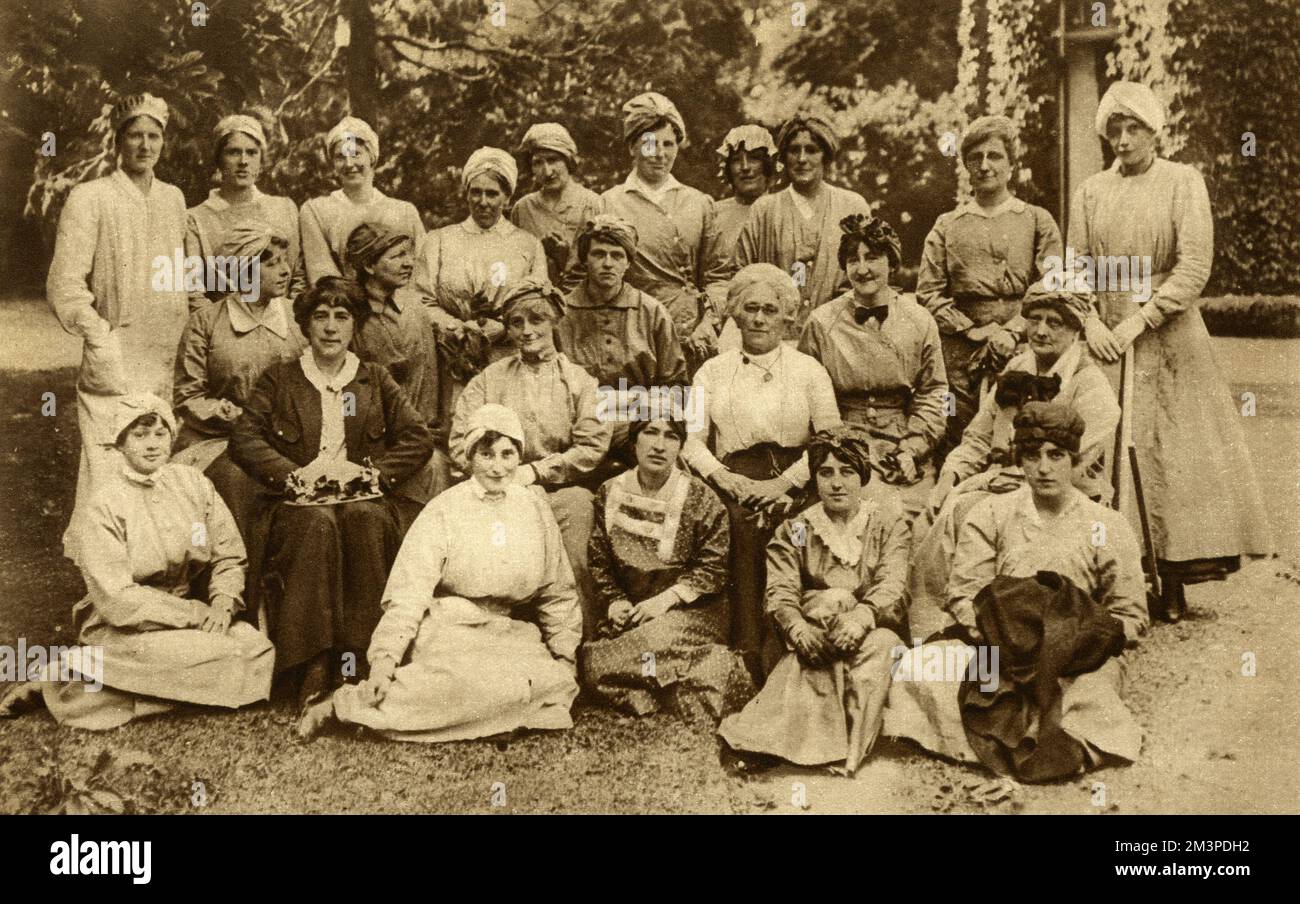 WW1 - Titled Women Munitions Workers Stock Photohttps://www.alamy.com/image-license-details/?v=1https://www.alamy.com/ww1-titled-women-munitions-workers-image501438254.html
WW1 - Titled Women Munitions Workers Stock Photohttps://www.alamy.com/image-license-details/?v=1https://www.alamy.com/ww1-titled-women-munitions-workers-image501438254.htmlRM2M3PDH2–WW1 - Titled Women Munitions Workers
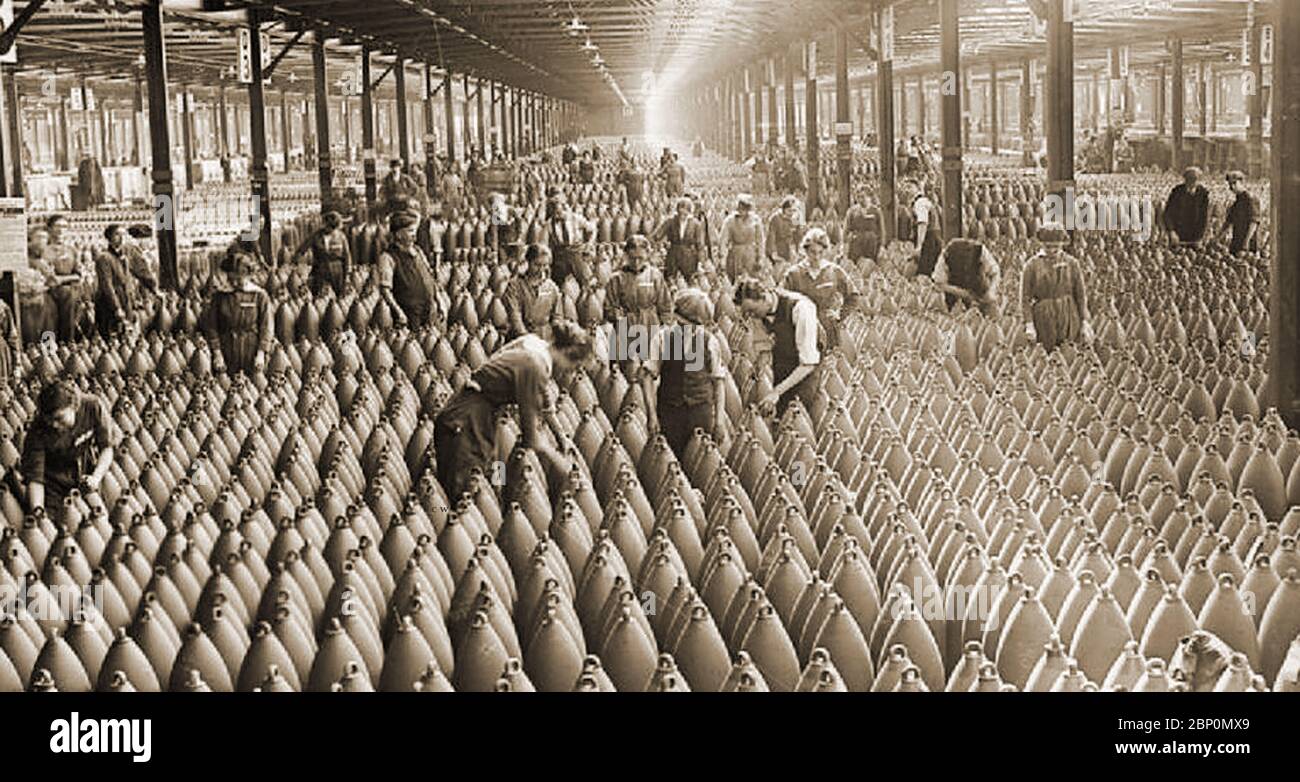 WWI - MUNITIONS FACILITIES IN THE UK. Shell production at Chilwell, Nottinghamshire. On 1 July 1918, 134 people were killed in an explosion at the National Shell Filling Factory No. 6 . Over 250 people were injured in the explosion. This tragedy remains the largest number of deaths caused by a single explosion in Britain Stock Photohttps://www.alamy.com/image-license-details/?v=1https://www.alamy.com/wwi-munitions-facilities-in-the-uk-shell-production-at-chilwell-nottinghamshire-on-1-july-1918-134-people-were-killed-in-an-explosion-at-the-national-shell-filling-factory-no-6-over-250-people-were-injured-in-the-explosion-this-tragedy-remains-the-largest-number-of-deaths-caused-by-a-single-explosion-in-britain-image357746209.html
WWI - MUNITIONS FACILITIES IN THE UK. Shell production at Chilwell, Nottinghamshire. On 1 July 1918, 134 people were killed in an explosion at the National Shell Filling Factory No. 6 . Over 250 people were injured in the explosion. This tragedy remains the largest number of deaths caused by a single explosion in Britain Stock Photohttps://www.alamy.com/image-license-details/?v=1https://www.alamy.com/wwi-munitions-facilities-in-the-uk-shell-production-at-chilwell-nottinghamshire-on-1-july-1918-134-people-were-killed-in-an-explosion-at-the-national-shell-filling-factory-no-6-over-250-people-were-injured-in-the-explosion-this-tragedy-remains-the-largest-number-of-deaths-caused-by-a-single-explosion-in-britain-image357746209.htmlRM2BP0MX9–WWI - MUNITIONS FACILITIES IN THE UK. Shell production at Chilwell, Nottinghamshire. On 1 July 1918, 134 people were killed in an explosion at the National Shell Filling Factory No. 6 . Over 250 people were injured in the explosion. This tragedy remains the largest number of deaths caused by a single explosion in Britain
 Engaged in 'Making Progress', WW1 Stock Photohttps://www.alamy.com/image-license-details/?v=1https://www.alamy.com/engaged-in-making-progress-ww1-image501435007.html
Engaged in 'Making Progress', WW1 Stock Photohttps://www.alamy.com/image-license-details/?v=1https://www.alamy.com/engaged-in-making-progress-ww1-image501435007.htmlRM2M3P9D3–Engaged in 'Making Progress', WW1
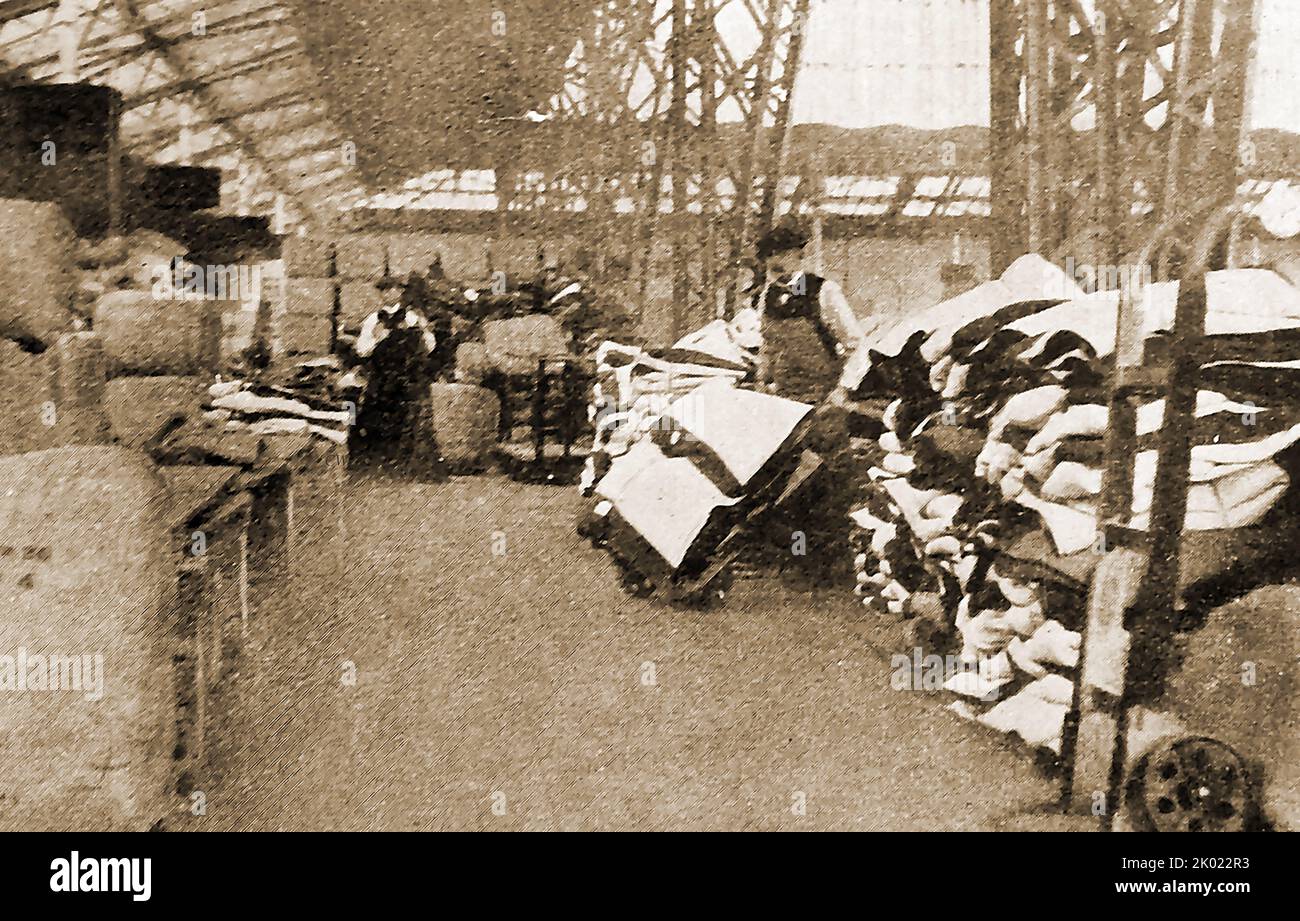 WWI - Wartime munitions and supplies - Inside the packing room at an Army clothing depot --- WWI - Kriegsmunition und -vorräte - Im Packraum eines Armeebekleidungsdepots --- Première Guerre mondiale - Munitions et fournitures en temps de guerre - À l’intérieur de la salle d’emballage d’un dépôt de vêtements de l’armée --- Stock Photohttps://www.alamy.com/image-license-details/?v=1https://www.alamy.com/wwi-wartime-munitions-and-supplies-inside-the-packing-room-at-an-army-clothing-depot-wwi-kriegsmunition-und-vorrte-im-packraum-eines-armeebekleidungsdepots-premire-guerre-mondiale-munitions-et-fournitures-en-temps-de-guerre-lintrieur-de-la-salle-demballage-dun-dpt-de-vtements-de-larme-image481936423.html
WWI - Wartime munitions and supplies - Inside the packing room at an Army clothing depot --- WWI - Kriegsmunition und -vorräte - Im Packraum eines Armeebekleidungsdepots --- Première Guerre mondiale - Munitions et fournitures en temps de guerre - À l’intérieur de la salle d’emballage d’un dépôt de vêtements de l’armée --- Stock Photohttps://www.alamy.com/image-license-details/?v=1https://www.alamy.com/wwi-wartime-munitions-and-supplies-inside-the-packing-room-at-an-army-clothing-depot-wwi-kriegsmunition-und-vorrte-im-packraum-eines-armeebekleidungsdepots-premire-guerre-mondiale-munitions-et-fournitures-en-temps-de-guerre-lintrieur-de-la-salle-demballage-dun-dpt-de-vtements-de-larme-image481936423.htmlRM2K022R3–WWI - Wartime munitions and supplies - Inside the packing room at an Army clothing depot --- WWI - Kriegsmunition und -vorräte - Im Packraum eines Armeebekleidungsdepots --- Première Guerre mondiale - Munitions et fournitures en temps de guerre - À l’intérieur de la salle d’emballage d’un dépôt de vêtements de l’armée ---
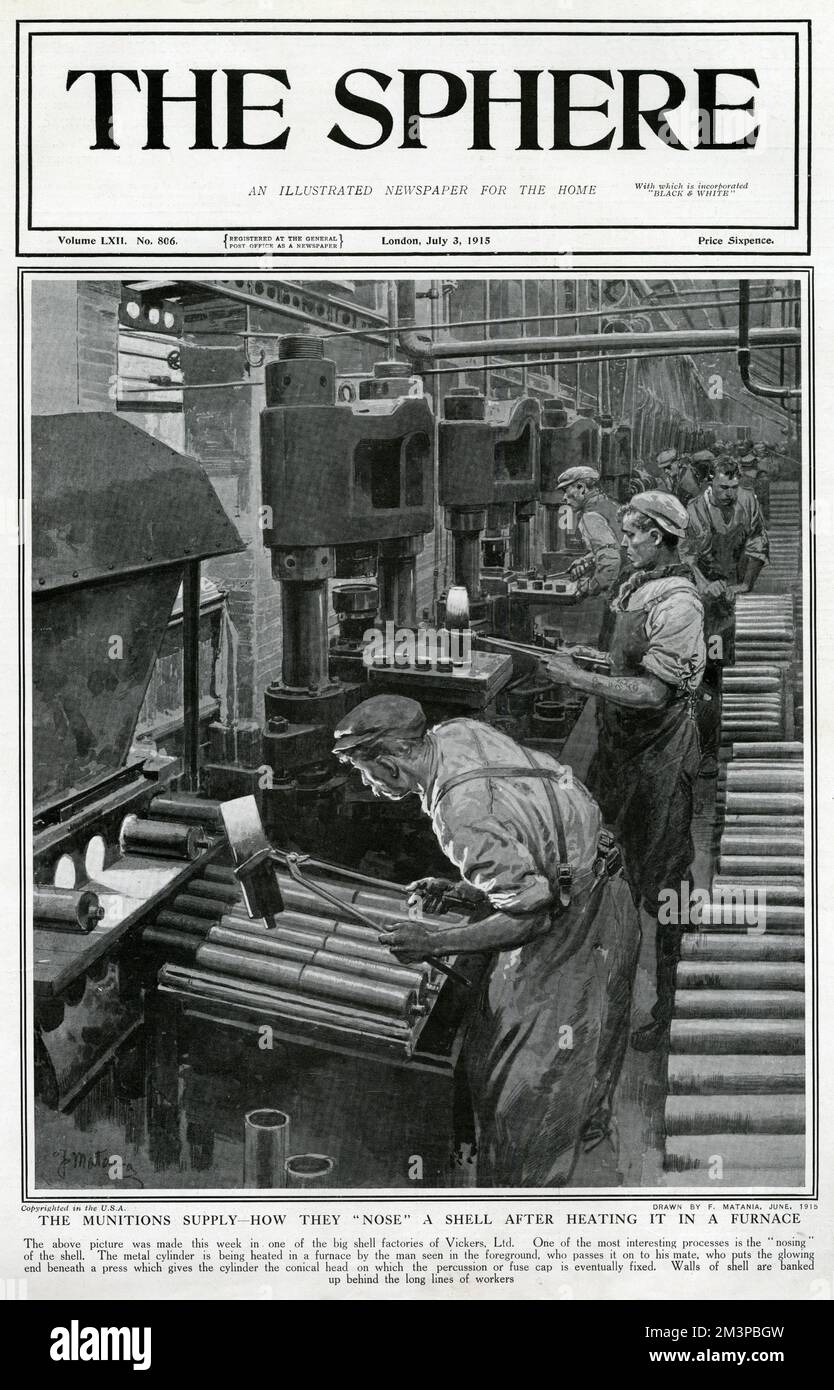 Munitions Factory 1915 Stock Photohttps://www.alamy.com/image-license-details/?v=1https://www.alamy.com/munitions-factory-1915-image501436681.html
Munitions Factory 1915 Stock Photohttps://www.alamy.com/image-license-details/?v=1https://www.alamy.com/munitions-factory-1915-image501436681.htmlRM2M3PBGW–Munitions Factory 1915
 (230712) -- VIENTIANE, July 12, 2023 (Xinhua) -- This photo taken on July 11, 2023 shows orthoses and prostheses used by Lao victims from unexploded ordnance in Cooperative Orthotic and Prosthetic Enterprise Visitor Center in Vientiane, Laos. According to a monitor, the United States dropped 413,130 tons of cluster munitions over Vietnam between 1965 and 1973. Concurrent with the Vietnam War, the United States dropped some 260 million cluster bombs on neighboring Laos, making Laos 'the most heavily bombed nation in history.'Laos is hence contaminated by about 80 million cluster submunitions, a Stock Photohttps://www.alamy.com/image-license-details/?v=1https://www.alamy.com/230712-vientiane-july-12-2023-xinhua-this-photo-taken-on-july-11-2023-shows-orthoses-and-prostheses-used-by-lao-victims-from-unexploded-ordnance-in-cooperative-orthotic-and-prosthetic-enterprise-visitor-center-in-vientiane-laos-according-to-a-monitor-the-united-states-dropped-413130-tons-of-cluster-munitions-over-vietnam-between-1965-and-1973-concurrent-with-the-vietnam-war-the-united-states-dropped-some-260-million-cluster-bombs-on-neighboring-laos-making-laos-the-most-heavily-bombed-nation-in-historylaos-is-hence-contaminated-by-about-80-million-cluster-submunitions-a-image558198322.html
(230712) -- VIENTIANE, July 12, 2023 (Xinhua) -- This photo taken on July 11, 2023 shows orthoses and prostheses used by Lao victims from unexploded ordnance in Cooperative Orthotic and Prosthetic Enterprise Visitor Center in Vientiane, Laos. According to a monitor, the United States dropped 413,130 tons of cluster munitions over Vietnam between 1965 and 1973. Concurrent with the Vietnam War, the United States dropped some 260 million cluster bombs on neighboring Laos, making Laos 'the most heavily bombed nation in history.'Laos is hence contaminated by about 80 million cluster submunitions, a Stock Photohttps://www.alamy.com/image-license-details/?v=1https://www.alamy.com/230712-vientiane-july-12-2023-xinhua-this-photo-taken-on-july-11-2023-shows-orthoses-and-prostheses-used-by-lao-victims-from-unexploded-ordnance-in-cooperative-orthotic-and-prosthetic-enterprise-visitor-center-in-vientiane-laos-according-to-a-monitor-the-united-states-dropped-413130-tons-of-cluster-munitions-over-vietnam-between-1965-and-1973-concurrent-with-the-vietnam-war-the-united-states-dropped-some-260-million-cluster-bombs-on-neighboring-laos-making-laos-the-most-heavily-bombed-nation-in-historylaos-is-hence-contaminated-by-about-80-million-cluster-submunitions-a-image558198322.htmlRM2RC43JA–(230712) -- VIENTIANE, July 12, 2023 (Xinhua) -- This photo taken on July 11, 2023 shows orthoses and prostheses used by Lao victims from unexploded ordnance in Cooperative Orthotic and Prosthetic Enterprise Visitor Center in Vientiane, Laos. According to a monitor, the United States dropped 413,130 tons of cluster munitions over Vietnam between 1965 and 1973. Concurrent with the Vietnam War, the United States dropped some 260 million cluster bombs on neighboring Laos, making Laos 'the most heavily bombed nation in history.'Laos is hence contaminated by about 80 million cluster submunitions, a
 Cartoon, French women in munitions factory, WW1 Stock Photohttps://www.alamy.com/image-license-details/?v=1https://www.alamy.com/stock-photo-cartoon-french-women-in-munitions-factory-ww1-105395611.html
Cartoon, French women in munitions factory, WW1 Stock Photohttps://www.alamy.com/image-license-details/?v=1https://www.alamy.com/stock-photo-cartoon-french-women-in-munitions-factory-ww1-105395611.htmlRMG3D54Y–Cartoon, French women in munitions factory, WW1
 An HH-60 Pave Hawk from Kirtland Air Force Base, New Mexico, sits on a ramp at Sheppard AFB, Texas, Sept. 28, 2021. The arrival of the retired aircraft on Sept. 27 has been 30 years in the making as a request was submitted in April 1991 to have the 8HH-60 brought to Sheppard to be used as a ground instructional training aircraft for 363rd Training Squadron armament and munitions Airmen in Training. The aircraft could also be used by other technical training programs here. (U.S. Air Force photo by 2nd Lt. Logan Thomas) Stock Photohttps://www.alamy.com/image-license-details/?v=1https://www.alamy.com/an-hh-60-pave-hawk-from-kirtland-air-force-base-new-mexico-sits-on-a-ramp-at-sheppard-afb-texas-sept-28-2021-the-arrival-of-the-retired-aircraft-on-sept-27-has-been-30-years-in-the-making-as-a-request-was-submitted-in-april-1991-to-have-the-8hh-60-brought-to-sheppard-to-be-used-as-a-ground-instructional-training-aircraft-for-363rd-training-squadron-armament-and-munitions-airmen-in-training-the-aircraft-could-also-be-used-by-other-technical-training-programs-here-us-air-force-photo-by-2nd-lt-logan-thomas-image455013201.html
An HH-60 Pave Hawk from Kirtland Air Force Base, New Mexico, sits on a ramp at Sheppard AFB, Texas, Sept. 28, 2021. The arrival of the retired aircraft on Sept. 27 has been 30 years in the making as a request was submitted in April 1991 to have the 8HH-60 brought to Sheppard to be used as a ground instructional training aircraft for 363rd Training Squadron armament and munitions Airmen in Training. The aircraft could also be used by other technical training programs here. (U.S. Air Force photo by 2nd Lt. Logan Thomas) Stock Photohttps://www.alamy.com/image-license-details/?v=1https://www.alamy.com/an-hh-60-pave-hawk-from-kirtland-air-force-base-new-mexico-sits-on-a-ramp-at-sheppard-afb-texas-sept-28-2021-the-arrival-of-the-retired-aircraft-on-sept-27-has-been-30-years-in-the-making-as-a-request-was-submitted-in-april-1991-to-have-the-8hh-60-brought-to-sheppard-to-be-used-as-a-ground-instructional-training-aircraft-for-363rd-training-squadron-armament-and-munitions-airmen-in-training-the-aircraft-could-also-be-used-by-other-technical-training-programs-here-us-air-force-photo-by-2nd-lt-logan-thomas-image455013201.htmlRM2HC7HYD–An HH-60 Pave Hawk from Kirtland Air Force Base, New Mexico, sits on a ramp at Sheppard AFB, Texas, Sept. 28, 2021. The arrival of the retired aircraft on Sept. 27 has been 30 years in the making as a request was submitted in April 1991 to have the 8HH-60 brought to Sheppard to be used as a ground instructional training aircraft for 363rd Training Squadron armament and munitions Airmen in Training. The aircraft could also be used by other technical training programs here. (U.S. Air Force photo by 2nd Lt. Logan Thomas)
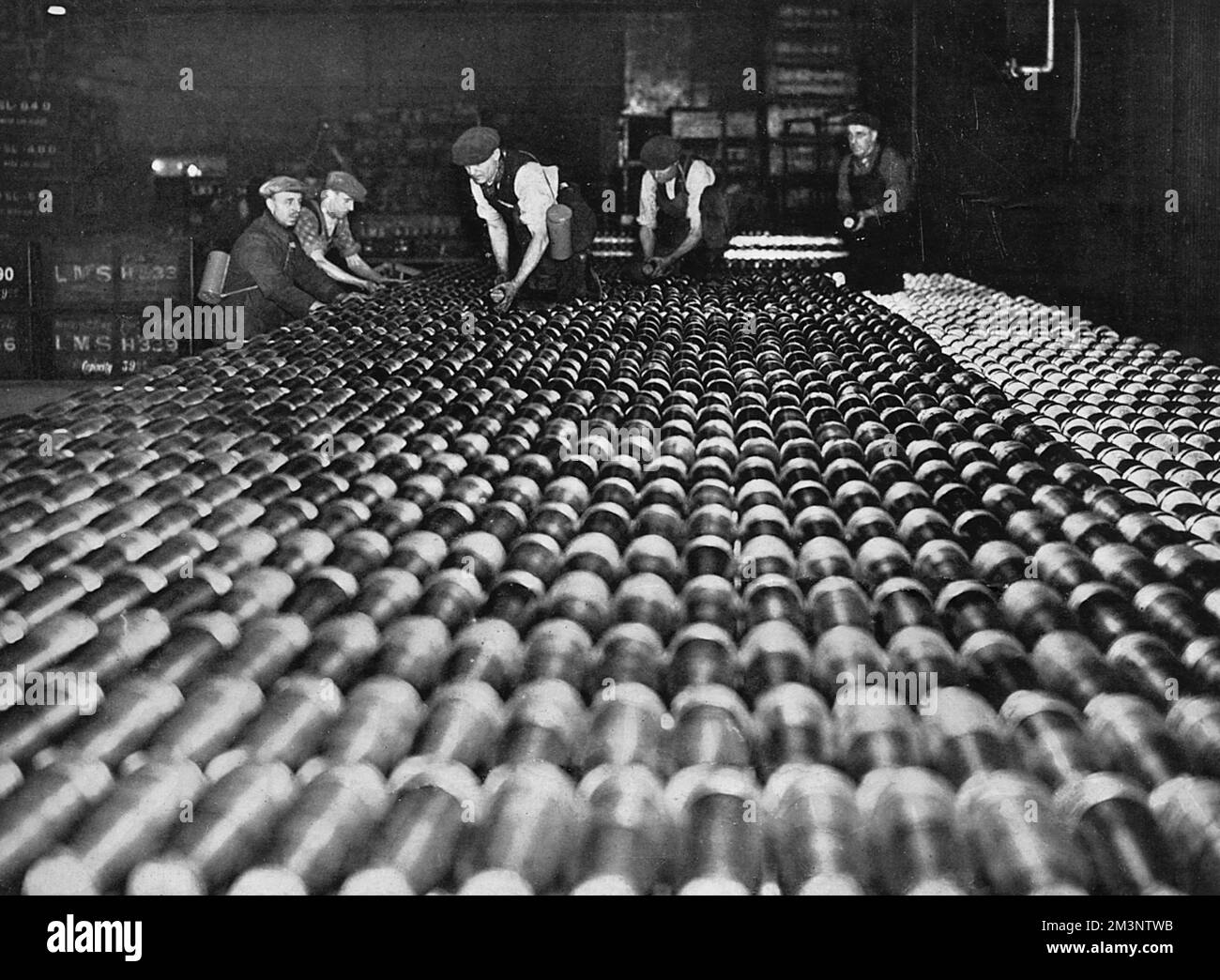 Finished shells in a munitions factory, 1939 Stock Photohttps://www.alamy.com/image-license-details/?v=1https://www.alamy.com/finished-shells-in-a-munitions-factory-1939-image501425159.html
Finished shells in a munitions factory, 1939 Stock Photohttps://www.alamy.com/image-license-details/?v=1https://www.alamy.com/finished-shells-in-a-munitions-factory-1939-image501425159.htmlRM2M3NTWB–Finished shells in a munitions factory, 1939
 Ukrainian army personnel with members of the UK Armed Forces during a training session learning dog handling techniques at a barracks in the East Midlands. Two years into the invasion large parts of Ukraine are covered with landmines and unexploded ordnance, including cluster munitions, and dogs play a crucial role in making areas safe for soldiers and civilians. Picture date: Tuesday September 10, 2024. Stock Photohttps://www.alamy.com/image-license-details/?v=1https://www.alamy.com/ukrainian-army-personnel-with-members-of-the-uk-armed-forces-during-a-training-session-learning-dog-handling-techniques-at-a-barracks-in-the-east-midlands-two-years-into-the-invasion-large-parts-of-ukraine-are-covered-with-landmines-and-unexploded-ordnance-including-cluster-munitions-and-dogs-play-a-crucial-role-in-making-areas-safe-for-soldiers-and-civilians-picture-date-tuesday-september-10-2024-image621454226.html
Ukrainian army personnel with members of the UK Armed Forces during a training session learning dog handling techniques at a barracks in the East Midlands. Two years into the invasion large parts of Ukraine are covered with landmines and unexploded ordnance, including cluster munitions, and dogs play a crucial role in making areas safe for soldiers and civilians. Picture date: Tuesday September 10, 2024. Stock Photohttps://www.alamy.com/image-license-details/?v=1https://www.alamy.com/ukrainian-army-personnel-with-members-of-the-uk-armed-forces-during-a-training-session-learning-dog-handling-techniques-at-a-barracks-in-the-east-midlands-two-years-into-the-invasion-large-parts-of-ukraine-are-covered-with-landmines-and-unexploded-ordnance-including-cluster-munitions-and-dogs-play-a-crucial-role-in-making-areas-safe-for-soldiers-and-civilians-picture-date-tuesday-september-10-2024-image621454226.htmlRM2Y31K5P–Ukrainian army personnel with members of the UK Armed Forces during a training session learning dog handling techniques at a barracks in the East Midlands. Two years into the invasion large parts of Ukraine are covered with landmines and unexploded ordnance, including cluster munitions, and dogs play a crucial role in making areas safe for soldiers and civilians. Picture date: Tuesday September 10, 2024.
 Vickers Munition Factory - Society Volunteers in Munitions Stock Photohttps://www.alamy.com/image-license-details/?v=1https://www.alamy.com/vickers-munition-factory-society-volunteers-in-munitions-image501474098.html
Vickers Munition Factory - Society Volunteers in Munitions Stock Photohttps://www.alamy.com/image-license-details/?v=1https://www.alamy.com/vickers-munition-factory-society-volunteers-in-munitions-image501474098.htmlRM2M3T396–Vickers Munition Factory - Society Volunteers in Munitions
 (Original caption) Women workers in munitions plants: Women loading Bouchon assemblies for hand grenades i.e. crimping detonators onto the Bouchon assemblies. Gorham Manufacturing Company; Providence Rhode Island ca. 1919 Stock Photohttps://www.alamy.com/image-license-details/?v=1https://www.alamy.com/original-caption-women-workers-in-munitions-plants-women-loading-bouchon-assemblies-for-hand-grenades-ie-crimping-detonators-onto-the-bouchon-assemblies-gorham-manufacturing-company-providence-rhode-island-ca-1919-image601567462.html
(Original caption) Women workers in munitions plants: Women loading Bouchon assemblies for hand grenades i.e. crimping detonators onto the Bouchon assemblies. Gorham Manufacturing Company; Providence Rhode Island ca. 1919 Stock Photohttps://www.alamy.com/image-license-details/?v=1https://www.alamy.com/original-caption-women-workers-in-munitions-plants-women-loading-bouchon-assemblies-for-hand-grenades-ie-crimping-detonators-onto-the-bouchon-assemblies-gorham-manufacturing-company-providence-rhode-island-ca-1919-image601567462.htmlRM2WXKNC6–(Original caption) Women workers in munitions plants: Women loading Bouchon assemblies for hand grenades i.e. crimping detonators onto the Bouchon assemblies. Gorham Manufacturing Company; Providence Rhode Island ca. 1919
 Society munition-workers, lady volunteers making shells, WW1 Stock Photohttps://www.alamy.com/image-license-details/?v=1https://www.alamy.com/society-munition-workers-lady-volunteers-making-shells-ww1-image501433978.html
Society munition-workers, lady volunteers making shells, WW1 Stock Photohttps://www.alamy.com/image-license-details/?v=1https://www.alamy.com/society-munition-workers-lady-volunteers-making-shells-ww1-image501433978.htmlRM2M3P84A–Society munition-workers, lady volunteers making shells, WW1
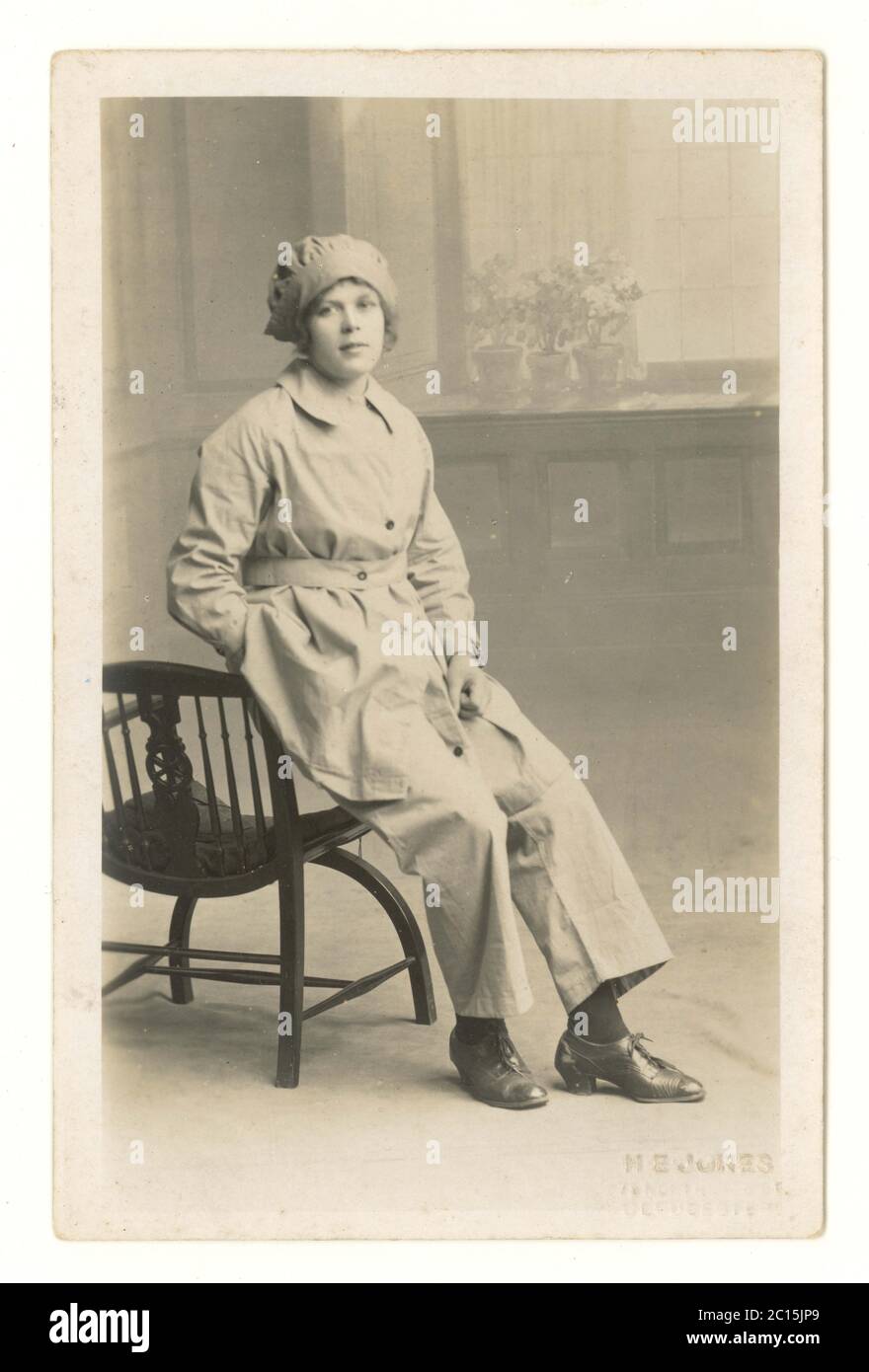 Original WW1 era munition worker, H. E. Jones, Photographer, 73 - 77 Northgate Street, Gloucester, probably an employee of the Gloucester National Shell Filling Factory based at Quedgeley, from 1916-1918 Stock Photohttps://www.alamy.com/image-license-details/?v=1https://www.alamy.com/original-ww1-era-munition-worker-h-e-jones-photographer-73-77-northgate-street-gloucester-probably-an-employee-of-the-gloucester-national-shell-filling-factory-based-at-quedgeley-from-1916-1918-image362156881.html
Original WW1 era munition worker, H. E. Jones, Photographer, 73 - 77 Northgate Street, Gloucester, probably an employee of the Gloucester National Shell Filling Factory based at Quedgeley, from 1916-1918 Stock Photohttps://www.alamy.com/image-license-details/?v=1https://www.alamy.com/original-ww1-era-munition-worker-h-e-jones-photographer-73-77-northgate-street-gloucester-probably-an-employee-of-the-gloucester-national-shell-filling-factory-based-at-quedgeley-from-1916-1918-image362156881.htmlRM2C15JP9–Original WW1 era munition worker, H. E. Jones, Photographer, 73 - 77 Northgate Street, Gloucester, probably an employee of the Gloucester National Shell Filling Factory based at Quedgeley, from 1916-1918
 A double page spread from The Sketch magazine showing several pictures to report on the involvement of high-born and titled women in the national drive for increasing munitions manufacture during the First World War at Messrs. Vickers factory. The magazine lists Lady Gertrude Crawford, Lady Gatactre and Lady Colebrooke among the workers featured. Stock Photohttps://www.alamy.com/image-license-details/?v=1https://www.alamy.com/a-double-page-spread-from-the-sketch-magazine-showing-several-pictures-to-report-on-the-involvement-of-high-born-and-titled-women-in-the-national-drive-for-increasing-munitions-manufacture-during-the-first-world-war-at-messrs-vickers-factory-the-magazine-lists-lady-gertrude-crawford-lady-gatactre-and-lady-colebrooke-among-the-workers-featured-image560868355.html
A double page spread from The Sketch magazine showing several pictures to report on the involvement of high-born and titled women in the national drive for increasing munitions manufacture during the First World War at Messrs. Vickers factory. The magazine lists Lady Gertrude Crawford, Lady Gatactre and Lady Colebrooke among the workers featured. Stock Photohttps://www.alamy.com/image-license-details/?v=1https://www.alamy.com/a-double-page-spread-from-the-sketch-magazine-showing-several-pictures-to-report-on-the-involvement-of-high-born-and-titled-women-in-the-national-drive-for-increasing-munitions-manufacture-during-the-first-world-war-at-messrs-vickers-factory-the-magazine-lists-lady-gertrude-crawford-lady-gatactre-and-lady-colebrooke-among-the-workers-featured-image560868355.htmlRM2RGDN8K–A double page spread from The Sketch magazine showing several pictures to report on the involvement of high-born and titled women in the national drive for increasing munitions manufacture during the First World War at Messrs. Vickers factory. The magazine lists Lady Gertrude Crawford, Lady Gatactre and Lady Colebrooke among the workers featured.
 'The massacre of the Tavani Arquati family'. Tragic episode which took place in Trastevere (Rome) on the occasion of Garibaldi's expedition from Mentana on 25 October 1867 for the liberation of Rome. A group of patriots was surprised by the police while making cartridges in Giulio Ajani's wool mill. In the ensuing clash, the Papal Zouaves slaughtered nine people, including Giuditta Tavani Arquati (1830-1867), her husband and one of their three sons, Antonio. Oil on canvas. Museum of the Risorgimento. Milan. Italy. Author: Carlo Ademollo (1824-1911). Italian painter. Stock Photohttps://www.alamy.com/image-license-details/?v=1https://www.alamy.com/the-massacre-of-the-tavani-arquati-family-tragic-episode-which-took-place-in-trastevere-rome-on-the-occasion-of-garibaldis-expedition-from-mentana-on-25-october-1867-for-the-liberation-of-rome-a-group-of-patriots-was-surprised-by-the-police-while-making-cartridges-in-giulio-ajanis-wool-mill-in-the-ensuing-clash-the-papal-zouaves-slaughtered-nine-people-including-giuditta-tavani-arquati-1830-1867-her-husband-and-one-of-their-three-sons-antonio-oil-on-canvas-museum-of-the-risorgimento-milan-italy-author-carlo-ademollo-1824-1911-italian-painter-image608515369.html
'The massacre of the Tavani Arquati family'. Tragic episode which took place in Trastevere (Rome) on the occasion of Garibaldi's expedition from Mentana on 25 October 1867 for the liberation of Rome. A group of patriots was surprised by the police while making cartridges in Giulio Ajani's wool mill. In the ensuing clash, the Papal Zouaves slaughtered nine people, including Giuditta Tavani Arquati (1830-1867), her husband and one of their three sons, Antonio. Oil on canvas. Museum of the Risorgimento. Milan. Italy. Author: Carlo Ademollo (1824-1911). Italian painter. Stock Photohttps://www.alamy.com/image-license-details/?v=1https://www.alamy.com/the-massacre-of-the-tavani-arquati-family-tragic-episode-which-took-place-in-trastevere-rome-on-the-occasion-of-garibaldis-expedition-from-mentana-on-25-october-1867-for-the-liberation-of-rome-a-group-of-patriots-was-surprised-by-the-police-while-making-cartridges-in-giulio-ajanis-wool-mill-in-the-ensuing-clash-the-papal-zouaves-slaughtered-nine-people-including-giuditta-tavani-arquati-1830-1867-her-husband-and-one-of-their-three-sons-antonio-oil-on-canvas-museum-of-the-risorgimento-milan-italy-author-carlo-ademollo-1824-1911-italian-painter-image608515369.htmlRM2XA07FN–'The massacre of the Tavani Arquati family'. Tragic episode which took place in Trastevere (Rome) on the occasion of Garibaldi's expedition from Mentana on 25 October 1867 for the liberation of Rome. A group of patriots was surprised by the police while making cartridges in Giulio Ajani's wool mill. In the ensuing clash, the Papal Zouaves slaughtered nine people, including Giuditta Tavani Arquati (1830-1867), her husband and one of their three sons, Antonio. Oil on canvas. Museum of the Risorgimento. Milan. Italy. Author: Carlo Ademollo (1824-1911). Italian painter.
 Wwi Woman In Factory Stock Photohttps://www.alamy.com/image-license-details/?v=1https://www.alamy.com/stock-photo-wwi-woman-in-factory-56729247.html
Wwi Woman In Factory Stock Photohttps://www.alamy.com/image-license-details/?v=1https://www.alamy.com/stock-photo-wwi-woman-in-factory-56729247.htmlRMD886MF–Wwi Woman In Factory
 Coal sample collection for government and manufacturers aiding war effort. Saving samples and making records for making munitions and war materials. Stock Photohttps://www.alamy.com/image-license-details/?v=1https://www.alamy.com/coal-sample-collection-for-government-and-manufacturers-aiding-war-effort-saving-samples-and-making-records-for-making-munitions-and-war-materials-image558492581.html
Coal sample collection for government and manufacturers aiding war effort. Saving samples and making records for making munitions and war materials. Stock Photohttps://www.alamy.com/image-license-details/?v=1https://www.alamy.com/coal-sample-collection-for-government-and-manufacturers-aiding-war-effort-saving-samples-and-making-records-for-making-munitions-and-war-materials-image558492581.htmlRM2RCHEYH–Coal sample collection for government and manufacturers aiding war effort. Saving samples and making records for making munitions and war materials.
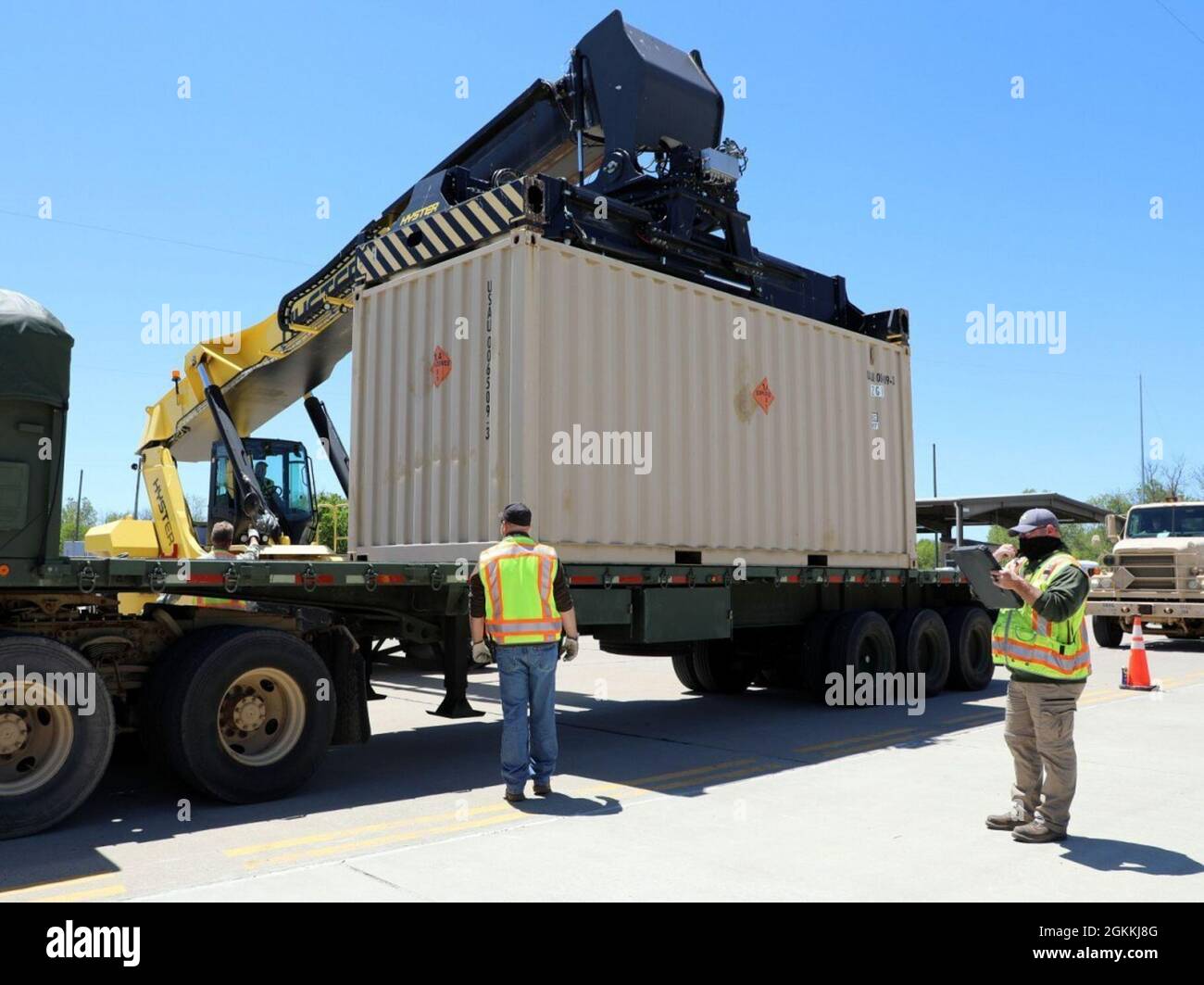 The Depot’s Lead Engineering Equipment Operator Johnny King (R) checks all the required paperwork is correct, including making sure the right munitions container is paired up with the right tractor-trailer rig before it moves on to the next out loading station. (SFC Rebecca E. Wood) Stock Photohttps://www.alamy.com/image-license-details/?v=1https://www.alamy.com/the-depots-lead-engineering-equipment-operator-johnny-king-r-checks-all-the-required-paperwork-is-correct-including-making-sure-the-right-munitions-container-is-paired-up-with-the-right-tractor-trailer-rig-before-it-moves-on-to-the-next-out-loading-station-sfc-rebecca-e-wood-image442369104.html
The Depot’s Lead Engineering Equipment Operator Johnny King (R) checks all the required paperwork is correct, including making sure the right munitions container is paired up with the right tractor-trailer rig before it moves on to the next out loading station. (SFC Rebecca E. Wood) Stock Photohttps://www.alamy.com/image-license-details/?v=1https://www.alamy.com/the-depots-lead-engineering-equipment-operator-johnny-king-r-checks-all-the-required-paperwork-is-correct-including-making-sure-the-right-munitions-container-is-paired-up-with-the-right-tractor-trailer-rig-before-it-moves-on-to-the-next-out-loading-station-sfc-rebecca-e-wood-image442369104.htmlRM2GKKJ8G–The Depot’s Lead Engineering Equipment Operator Johnny King (R) checks all the required paperwork is correct, including making sure the right munitions container is paired up with the right tractor-trailer rig before it moves on to the next out loading station. (SFC Rebecca E. Wood)
 230712 -- VIENTIANE, July 12, 2023 -- This photo taken on July 11, 2023 shows orthoses and prostheses used by Lao victims from unexploded ordnance in Cooperative Orthotic and Prosthetic Enterprise Visitor Center in Vientiane, Laos. According to a monitor, the United States dropped 413,130 tons of cluster munitions over Vietnam between 1965 and 1973. Concurrent with the Vietnam War, the United States dropped some 260 million cluster bombs on neighboring Laos, making Laos the most heavily bombed nation in history. Laos is hence contaminated by about 80 million cluster submunitions, affecting 17 Stock Photohttps://www.alamy.com/image-license-details/?v=1https://www.alamy.com/230712-vientiane-july-12-2023-this-photo-taken-on-july-11-2023-shows-orthoses-and-prostheses-used-by-lao-victims-from-unexploded-ordnance-in-cooperative-orthotic-and-prosthetic-enterprise-visitor-center-in-vientiane-laos-according-to-a-monitor-the-united-states-dropped-413130-tons-of-cluster-munitions-over-vietnam-between-1965-and-1973-concurrent-with-the-vietnam-war-the-united-states-dropped-some-260-million-cluster-bombs-on-neighboring-laos-making-laos-the-most-heavily-bombed-nation-in-history-laos-is-hence-contaminated-by-about-80-million-cluster-submunitions-affecting-17-image565404485.html
230712 -- VIENTIANE, July 12, 2023 -- This photo taken on July 11, 2023 shows orthoses and prostheses used by Lao victims from unexploded ordnance in Cooperative Orthotic and Prosthetic Enterprise Visitor Center in Vientiane, Laos. According to a monitor, the United States dropped 413,130 tons of cluster munitions over Vietnam between 1965 and 1973. Concurrent with the Vietnam War, the United States dropped some 260 million cluster bombs on neighboring Laos, making Laos the most heavily bombed nation in history. Laos is hence contaminated by about 80 million cluster submunitions, affecting 17 Stock Photohttps://www.alamy.com/image-license-details/?v=1https://www.alamy.com/230712-vientiane-july-12-2023-this-photo-taken-on-july-11-2023-shows-orthoses-and-prostheses-used-by-lao-victims-from-unexploded-ordnance-in-cooperative-orthotic-and-prosthetic-enterprise-visitor-center-in-vientiane-laos-according-to-a-monitor-the-united-states-dropped-413130-tons-of-cluster-munitions-over-vietnam-between-1965-and-1973-concurrent-with-the-vietnam-war-the-united-states-dropped-some-260-million-cluster-bombs-on-neighboring-laos-making-laos-the-most-heavily-bombed-nation-in-history-laos-is-hence-contaminated-by-about-80-million-cluster-submunitions-affecting-17-image565404485.htmlRM2RRTB59–230712 -- VIENTIANE, July 12, 2023 -- This photo taken on July 11, 2023 shows orthoses and prostheses used by Lao victims from unexploded ordnance in Cooperative Orthotic and Prosthetic Enterprise Visitor Center in Vientiane, Laos. According to a monitor, the United States dropped 413,130 tons of cluster munitions over Vietnam between 1965 and 1973. Concurrent with the Vietnam War, the United States dropped some 260 million cluster bombs on neighboring Laos, making Laos the most heavily bombed nation in history. Laos is hence contaminated by about 80 million cluster submunitions, affecting 17
 U.S. Air Force Airman 1st Class Riston Mais, 86th Munitions Squadron conventional maintenance technician, making flares at Ramstein Air Base, Germany, June 22, 2022. Mais has continued to progress in his career through taking additional training, which contributed to his recognition as Airlifter of the Month. Stock Photohttps://www.alamy.com/image-license-details/?v=1https://www.alamy.com/us-air-force-airman-1st-class-riston-mais-86th-munitions-squadron-conventional-maintenance-technician-making-flares-at-ramstein-air-base-germany-june-22-2022-mais-has-continued-to-progress-in-his-career-through-taking-additional-training-which-contributed-to-his-recognition-as-airlifter-of-the-month-image506425403.html
U.S. Air Force Airman 1st Class Riston Mais, 86th Munitions Squadron conventional maintenance technician, making flares at Ramstein Air Base, Germany, June 22, 2022. Mais has continued to progress in his career through taking additional training, which contributed to his recognition as Airlifter of the Month. Stock Photohttps://www.alamy.com/image-license-details/?v=1https://www.alamy.com/us-air-force-airman-1st-class-riston-mais-86th-munitions-squadron-conventional-maintenance-technician-making-flares-at-ramstein-air-base-germany-june-22-2022-mais-has-continued-to-progress-in-his-career-through-taking-additional-training-which-contributed-to-his-recognition-as-airlifter-of-the-month-image506425403.htmlRM2MBWJNF–U.S. Air Force Airman 1st Class Riston Mais, 86th Munitions Squadron conventional maintenance technician, making flares at Ramstein Air Base, Germany, June 22, 2022. Mais has continued to progress in his career through taking additional training, which contributed to his recognition as Airlifter of the Month.
 The Operational Flight Program Combined Test Force tested the Angry Kitten Electronic Countermeasures Training pod on board an F-16 Fighting Falcon assigned to the 53rd Wing at the Joint Preflight Integration of Munitions and Electronic Systems (J-PRIMES) test facility at Eglin Air Force Base, Fla., Oct. 18 - Nov. 5, 2021. The goal of the test was to characterize interoperability of the Angry Kitten with other F-16 systems like the Fire Control Radar, making Benefield Anechoic Facility support with the Advanced Radar Environment Simulator necessary. (U.S. Air Force photo/Tech. Sgt. John McRell Stock Photohttps://www.alamy.com/image-license-details/?v=1https://www.alamy.com/the-operational-flight-program-combined-test-force-tested-the-angry-kitten-electronic-countermeasures-training-pod-on-board-an-f-16-fighting-falcon-assigned-to-the-53rd-wing-at-the-joint-preflight-integration-of-munitions-and-electronic-systems-j-primes-test-facility-at-eglin-air-force-base-fla-oct-18-nov-5-2021-the-goal-of-the-test-was-to-characterize-interoperability-of-the-angry-kitten-with-other-f-16-systems-like-the-fire-control-radar-making-benefield-anechoic-facility-support-with-the-advanced-radar-environment-simulator-necessary-us-air-force-phototech-sgt-john-mcrell-image450833763.html
The Operational Flight Program Combined Test Force tested the Angry Kitten Electronic Countermeasures Training pod on board an F-16 Fighting Falcon assigned to the 53rd Wing at the Joint Preflight Integration of Munitions and Electronic Systems (J-PRIMES) test facility at Eglin Air Force Base, Fla., Oct. 18 - Nov. 5, 2021. The goal of the test was to characterize interoperability of the Angry Kitten with other F-16 systems like the Fire Control Radar, making Benefield Anechoic Facility support with the Advanced Radar Environment Simulator necessary. (U.S. Air Force photo/Tech. Sgt. John McRell Stock Photohttps://www.alamy.com/image-license-details/?v=1https://www.alamy.com/the-operational-flight-program-combined-test-force-tested-the-angry-kitten-electronic-countermeasures-training-pod-on-board-an-f-16-fighting-falcon-assigned-to-the-53rd-wing-at-the-joint-preflight-integration-of-munitions-and-electronic-systems-j-primes-test-facility-at-eglin-air-force-base-fla-oct-18-nov-5-2021-the-goal-of-the-test-was-to-characterize-interoperability-of-the-angry-kitten-with-other-f-16-systems-like-the-fire-control-radar-making-benefield-anechoic-facility-support-with-the-advanced-radar-environment-simulator-necessary-us-air-force-phototech-sgt-john-mcrell-image450833763.htmlRM2H5D71R–The Operational Flight Program Combined Test Force tested the Angry Kitten Electronic Countermeasures Training pod on board an F-16 Fighting Falcon assigned to the 53rd Wing at the Joint Preflight Integration of Munitions and Electronic Systems (J-PRIMES) test facility at Eglin Air Force Base, Fla., Oct. 18 - Nov. 5, 2021. The goal of the test was to characterize interoperability of the Angry Kitten with other F-16 systems like the Fire Control Radar, making Benefield Anechoic Facility support with the Advanced Radar Environment Simulator necessary. (U.S. Air Force photo/Tech. Sgt. John McRell
 WWI - Wartime munitions and supplies - Inside the packing room at an Army blanket store. --- Première Guerre mondiale - Munitions et fournitures en temps de guerre - À l’intérieur de la salle d’emballage d’un magasin de couvertures de l’armée. ---- WWI - Kriegsmunition und -vorräte - Im Packraum eines Armee-Deckenladens. Stock Photohttps://www.alamy.com/image-license-details/?v=1https://www.alamy.com/wwi-wartime-munitions-and-supplies-inside-the-packing-room-at-an-army-blanket-store-premire-guerre-mondiale-munitions-et-fournitures-en-temps-de-guerre-lintrieur-de-la-salle-demballage-dun-magasin-de-couvertures-de-larme-wwi-kriegsmunition-und-vorrte-im-packraum-eines-armee-deckenladens-image481937413.html
WWI - Wartime munitions and supplies - Inside the packing room at an Army blanket store. --- Première Guerre mondiale - Munitions et fournitures en temps de guerre - À l’intérieur de la salle d’emballage d’un magasin de couvertures de l’armée. ---- WWI - Kriegsmunition und -vorräte - Im Packraum eines Armee-Deckenladens. Stock Photohttps://www.alamy.com/image-license-details/?v=1https://www.alamy.com/wwi-wartime-munitions-and-supplies-inside-the-packing-room-at-an-army-blanket-store-premire-guerre-mondiale-munitions-et-fournitures-en-temps-de-guerre-lintrieur-de-la-salle-demballage-dun-magasin-de-couvertures-de-larme-wwi-kriegsmunition-und-vorrte-im-packraum-eines-armee-deckenladens-image481937413.htmlRM2K0242D–WWI - Wartime munitions and supplies - Inside the packing room at an Army blanket store. --- Première Guerre mondiale - Munitions et fournitures en temps de guerre - À l’intérieur de la salle d’emballage d’un magasin de couvertures de l’armée. ---- WWI - Kriegsmunition und -vorräte - Im Packraum eines Armee-Deckenladens.
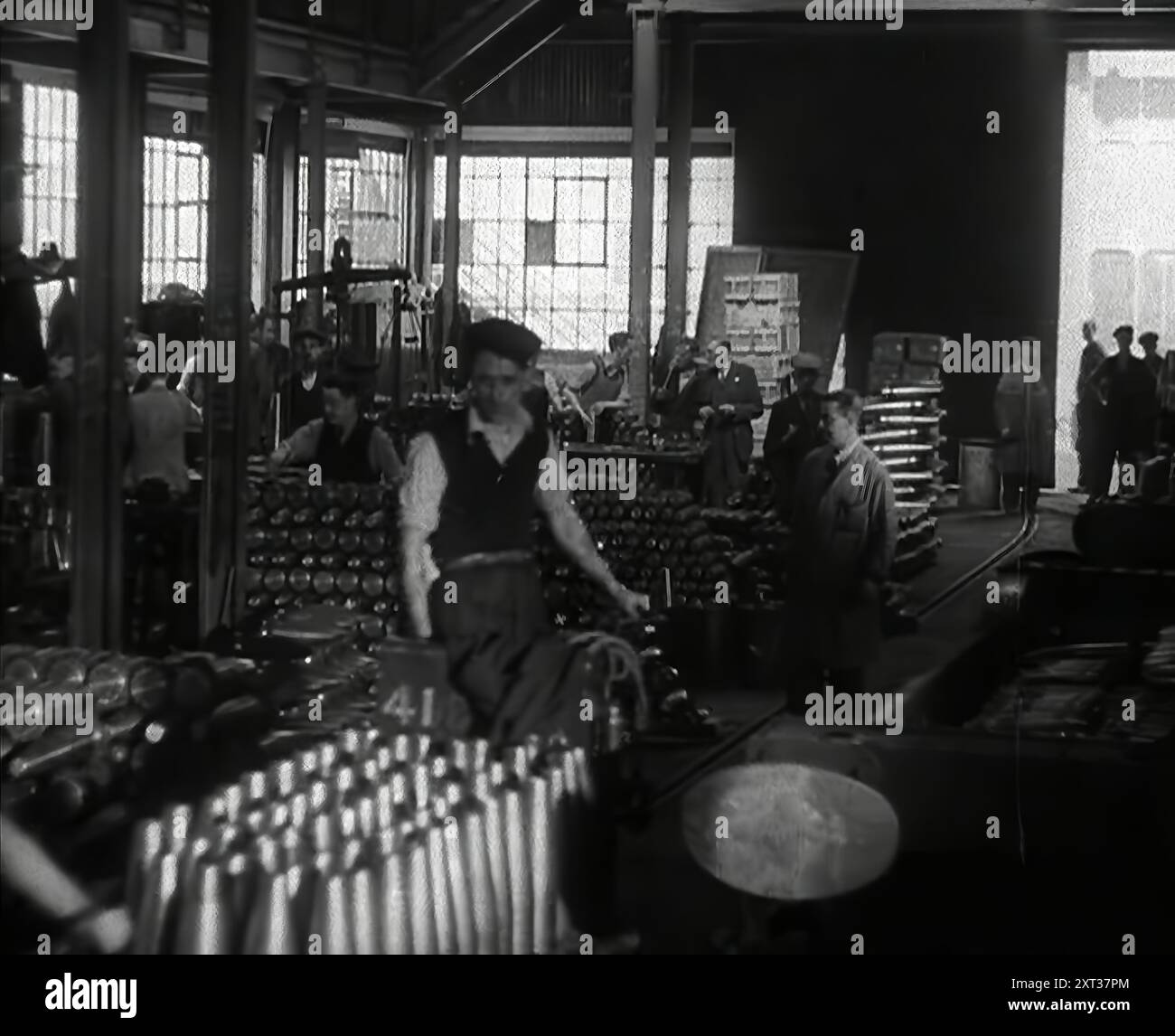 British Factory Workers Making Ammunition, 1941. Second World War. As well as American aid, the munitions '...pouring from Britain's factories provided Hitler with even more reason for pursuing Operation Barbarossa. Britain's output now could only mean stalemate in the West for Germany, unless she could find other sources of manpower and supply'.From "Time To Remember - Operation Barbarossa", 1941 (Reel 1); documentary film about events of 1941, on the Eastern Front and at Pearl Harbour. Stock Photohttps://www.alamy.com/image-license-details/?v=1https://www.alamy.com/british-factory-workers-making-ammunition-1941-second-world-war-as-well-as-american-aid-the-munitions-pouring-from-britains-factories-provided-hitler-with-even-more-reason-for-pursuing-operation-barbarossa-britains-output-now-could-only-mean-stalemate-in-the-west-for-germany-unless-she-could-find-other-sources-of-manpower-and-supplyfrom-quottime-to-remember-operation-barbarossaquot-1941-reel-1-documentary-film-about-events-of-1941-on-the-eastern-front-and-at-pearl-harbour-image617186604.html
British Factory Workers Making Ammunition, 1941. Second World War. As well as American aid, the munitions '...pouring from Britain's factories provided Hitler with even more reason for pursuing Operation Barbarossa. Britain's output now could only mean stalemate in the West for Germany, unless she could find other sources of manpower and supply'.From "Time To Remember - Operation Barbarossa", 1941 (Reel 1); documentary film about events of 1941, on the Eastern Front and at Pearl Harbour. Stock Photohttps://www.alamy.com/image-license-details/?v=1https://www.alamy.com/british-factory-workers-making-ammunition-1941-second-world-war-as-well-as-american-aid-the-munitions-pouring-from-britains-factories-provided-hitler-with-even-more-reason-for-pursuing-operation-barbarossa-britains-output-now-could-only-mean-stalemate-in-the-west-for-germany-unless-she-could-find-other-sources-of-manpower-and-supplyfrom-quottime-to-remember-operation-barbarossaquot-1941-reel-1-documentary-film-about-events-of-1941-on-the-eastern-front-and-at-pearl-harbour-image617186604.htmlRM2XT37PM–British Factory Workers Making Ammunition, 1941. Second World War. As well as American aid, the munitions '...pouring from Britain's factories provided Hitler with even more reason for pursuing Operation Barbarossa. Britain's output now could only mean stalemate in the West for Germany, unless she could find other sources of manpower and supply'.From "Time To Remember - Operation Barbarossa", 1941 (Reel 1); documentary film about events of 1941, on the Eastern Front and at Pearl Harbour.
 (230712) -- VIENTIANE, July 12, 2023 (Xinhua) -- This photo taken on July 11, 2023 shows exhibits in Cooperative Orthotic and Prosthetic Enterprise Visitor Center in Lao capital Vientiane. According to a monitor, the United States dropped 413,130 tons of cluster munitions over Vietnam between 1965 and 1973. Concurrent with the Vietnam War, the United States dropped some 260 million cluster bombs on neighboring Laos, making Laos 'the most heavily bombed nation in history.'Laos is hence contaminated by about 80 million cluster submunitions, affecting 17 provinces and resulting in 300 casualties Stock Photohttps://www.alamy.com/image-license-details/?v=1https://www.alamy.com/230712-vientiane-july-12-2023-xinhua-this-photo-taken-on-july-11-2023-shows-exhibits-in-cooperative-orthotic-and-prosthetic-enterprise-visitor-center-in-lao-capital-vientiane-according-to-a-monitor-the-united-states-dropped-413130-tons-of-cluster-munitions-over-vietnam-between-1965-and-1973-concurrent-with-the-vietnam-war-the-united-states-dropped-some-260-million-cluster-bombs-on-neighboring-laos-making-laos-the-most-heavily-bombed-nation-in-historylaos-is-hence-contaminated-by-about-80-million-cluster-submunitions-affecting-17-provinces-and-resulting-in-300-casualties-image558198303.html
(230712) -- VIENTIANE, July 12, 2023 (Xinhua) -- This photo taken on July 11, 2023 shows exhibits in Cooperative Orthotic and Prosthetic Enterprise Visitor Center in Lao capital Vientiane. According to a monitor, the United States dropped 413,130 tons of cluster munitions over Vietnam between 1965 and 1973. Concurrent with the Vietnam War, the United States dropped some 260 million cluster bombs on neighboring Laos, making Laos 'the most heavily bombed nation in history.'Laos is hence contaminated by about 80 million cluster submunitions, affecting 17 provinces and resulting in 300 casualties Stock Photohttps://www.alamy.com/image-license-details/?v=1https://www.alamy.com/230712-vientiane-july-12-2023-xinhua-this-photo-taken-on-july-11-2023-shows-exhibits-in-cooperative-orthotic-and-prosthetic-enterprise-visitor-center-in-lao-capital-vientiane-according-to-a-monitor-the-united-states-dropped-413130-tons-of-cluster-munitions-over-vietnam-between-1965-and-1973-concurrent-with-the-vietnam-war-the-united-states-dropped-some-260-million-cluster-bombs-on-neighboring-laos-making-laos-the-most-heavily-bombed-nation-in-historylaos-is-hence-contaminated-by-about-80-million-cluster-submunitions-affecting-17-provinces-and-resulting-in-300-casualties-image558198303.htmlRM2RC43HK–(230712) -- VIENTIANE, July 12, 2023 (Xinhua) -- This photo taken on July 11, 2023 shows exhibits in Cooperative Orthotic and Prosthetic Enterprise Visitor Center in Lao capital Vientiane. According to a monitor, the United States dropped 413,130 tons of cluster munitions over Vietnam between 1965 and 1973. Concurrent with the Vietnam War, the United States dropped some 260 million cluster bombs on neighboring Laos, making Laos 'the most heavily bombed nation in history.'Laos is hence contaminated by about 80 million cluster submunitions, affecting 17 provinces and resulting in 300 casualties
 Isaiah Lukens (1779-1846) American clockmaker and gunmaker. Lukens took over his father's instrument-making shop in Philadelphia, Pennsylvania and became renowned for his high-quality clocks and guns. He worked particularly on developing the air-rifle, a Stock Photohttps://www.alamy.com/image-license-details/?v=1https://www.alamy.com/stock-photo-isaiah-lukens-1779-1846-american-clockmaker-and-gunmaker-lukens-took-104002556.html
Isaiah Lukens (1779-1846) American clockmaker and gunmaker. Lukens took over his father's instrument-making shop in Philadelphia, Pennsylvania and became renowned for his high-quality clocks and guns. He worked particularly on developing the air-rifle, a Stock Photohttps://www.alamy.com/image-license-details/?v=1https://www.alamy.com/stock-photo-isaiah-lukens-1779-1846-american-clockmaker-and-gunmaker-lukens-took-104002556.htmlRMG15M90–Isaiah Lukens (1779-1846) American clockmaker and gunmaker. Lukens took over his father's instrument-making shop in Philadelphia, Pennsylvania and became renowned for his high-quality clocks and guns. He worked particularly on developing the air-rifle, a
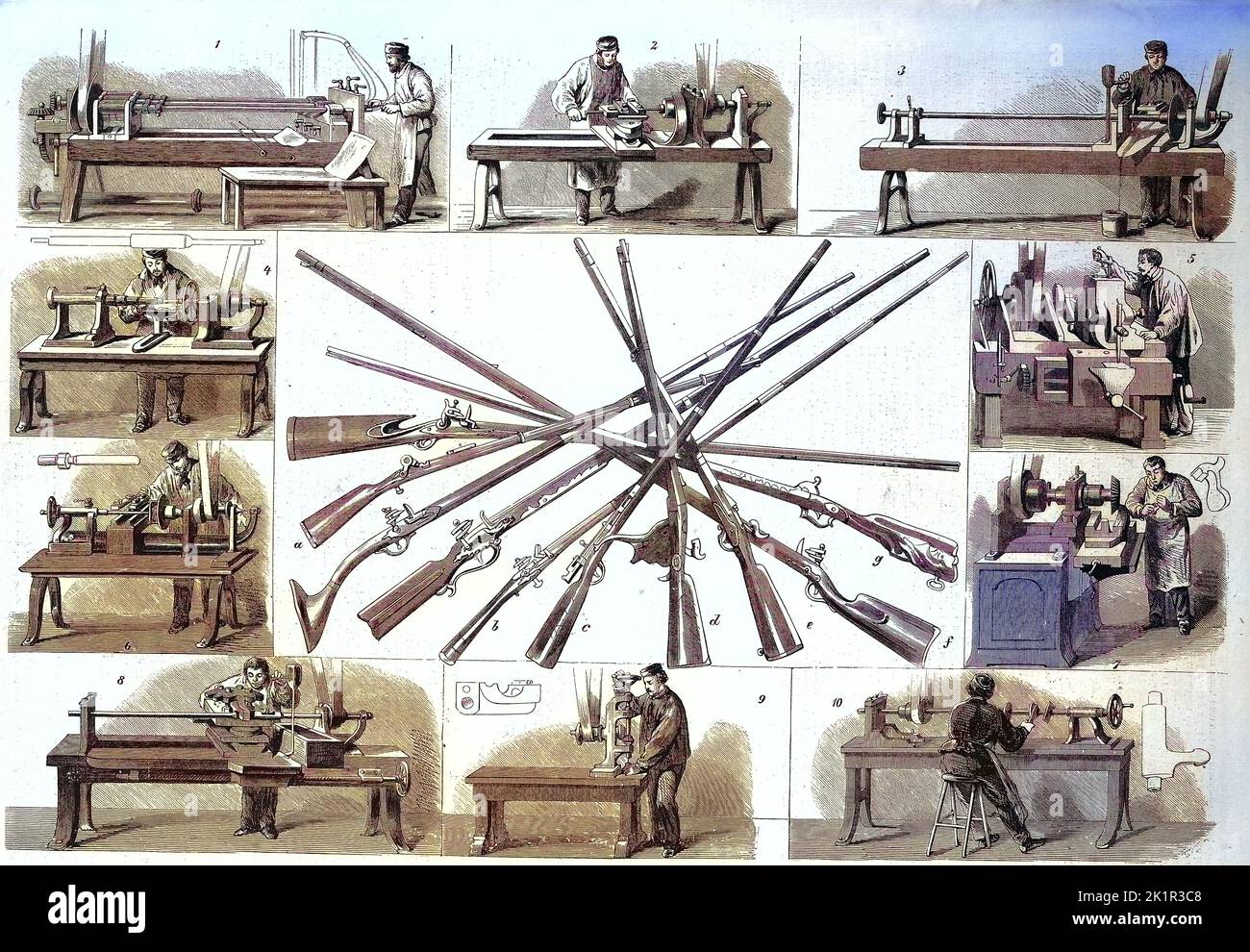 1869, Waffenherstellung, Waffenindustrie, Büchsenmacher, Gewehrfabrik von Dreisse in Liege, Lüttich, Belgien / 1869, gun making, gun industry, gunsmith, Dreisse gun factory in Liege, Liège, Belgium, Historisch, digital restaurierte Reproduktion einer Originalvorlage aus dem 19. Jahrhundert, genaues Originaldatum nicht bekannt / historical, digital improved reproduction of an original from the 19th century Stock Photohttps://www.alamy.com/image-license-details/?v=1https://www.alamy.com/1869-waffenherstellung-waffenindustrie-bchsenmacher-gewehrfabrik-von-dreisse-in-liege-lttich-belgien-1869-gun-making-gun-industry-gunsmith-dreisse-gun-factory-in-liege-lige-belgium-historisch-digital-restaurierte-reproduktion-einer-originalvorlage-aus-dem-19-jahrhundert-genaues-originaldatum-nicht-bekannt-historical-digital-improved-reproduction-of-an-original-from-the-19th-century-image483012552.html
1869, Waffenherstellung, Waffenindustrie, Büchsenmacher, Gewehrfabrik von Dreisse in Liege, Lüttich, Belgien / 1869, gun making, gun industry, gunsmith, Dreisse gun factory in Liege, Liège, Belgium, Historisch, digital restaurierte Reproduktion einer Originalvorlage aus dem 19. Jahrhundert, genaues Originaldatum nicht bekannt / historical, digital improved reproduction of an original from the 19th century Stock Photohttps://www.alamy.com/image-license-details/?v=1https://www.alamy.com/1869-waffenherstellung-waffenindustrie-bchsenmacher-gewehrfabrik-von-dreisse-in-liege-lttich-belgien-1869-gun-making-gun-industry-gunsmith-dreisse-gun-factory-in-liege-lige-belgium-historisch-digital-restaurierte-reproduktion-einer-originalvorlage-aus-dem-19-jahrhundert-genaues-originaldatum-nicht-bekannt-historical-digital-improved-reproduction-of-an-original-from-the-19th-century-image483012552.htmlRF2K1R3C8–1869, Waffenherstellung, Waffenindustrie, Büchsenmacher, Gewehrfabrik von Dreisse in Liege, Lüttich, Belgien / 1869, gun making, gun industry, gunsmith, Dreisse gun factory in Liege, Liège, Belgium, Historisch, digital restaurierte Reproduktion einer Originalvorlage aus dem 19. Jahrhundert, genaues Originaldatum nicht bekannt / historical, digital improved reproduction of an original from the 19th century
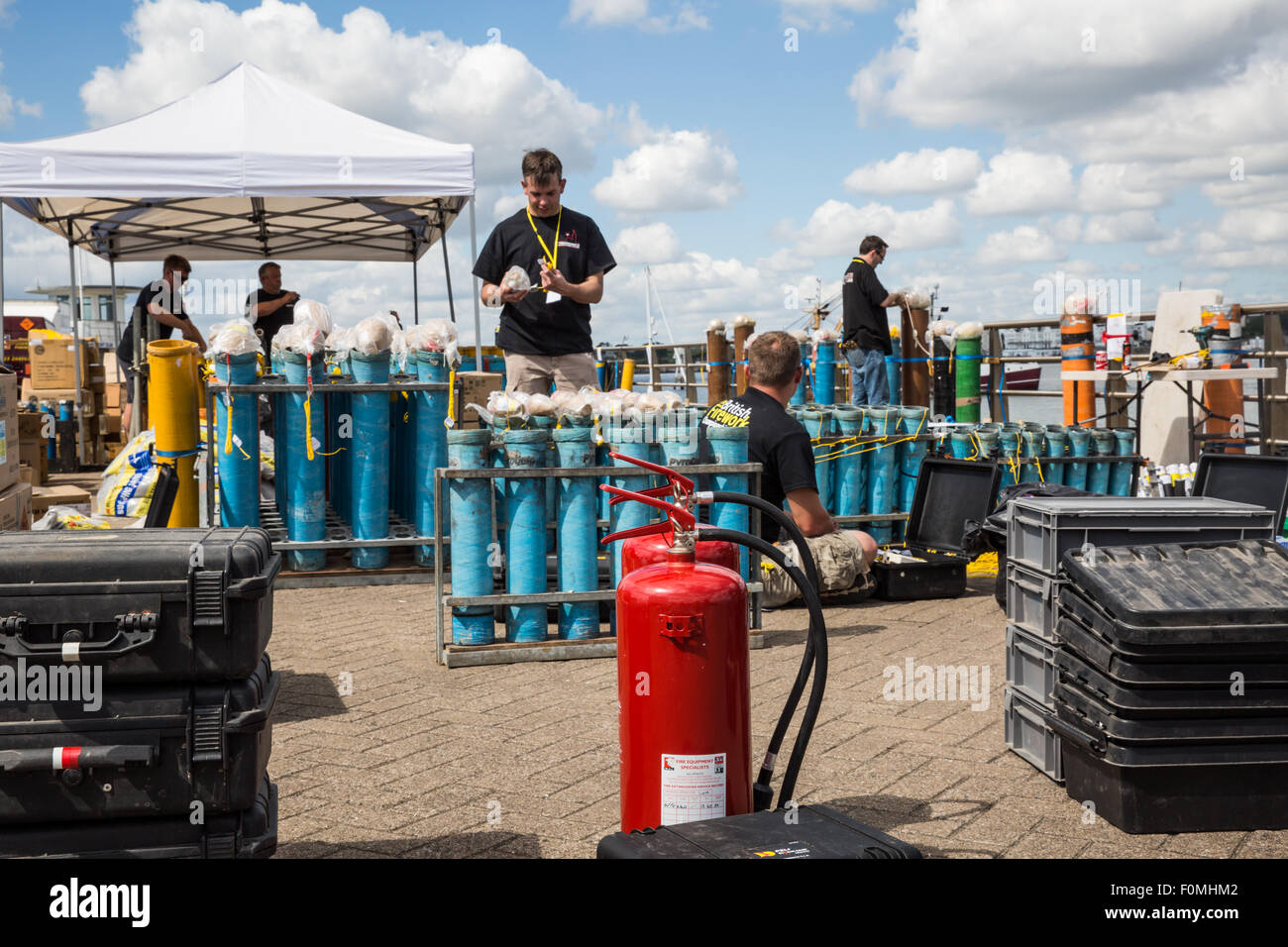 Plymouth, UK. 18th Aug, 2015. Paul Cook and Damian Binge set up the display for Spyrotechnics at the British Fireworks Championships - 17 August 2015 - in Plymouth, UK. The company uses mortars and salutes for their shells and will use 540kg of explosives during the display. Credit: Anna Stevenson/Alamy Live News Stock Photohttps://www.alamy.com/image-license-details/?v=1https://www.alamy.com/stock-photo-plymouth-uk-18th-aug-2015-paul-cook-and-damian-binge-set-up-the-display-86504770.html
Plymouth, UK. 18th Aug, 2015. Paul Cook and Damian Binge set up the display for Spyrotechnics at the British Fireworks Championships - 17 August 2015 - in Plymouth, UK. The company uses mortars and salutes for their shells and will use 540kg of explosives during the display. Credit: Anna Stevenson/Alamy Live News Stock Photohttps://www.alamy.com/image-license-details/?v=1https://www.alamy.com/stock-photo-plymouth-uk-18th-aug-2015-paul-cook-and-damian-binge-set-up-the-display-86504770.htmlRMF0MHM2–Plymouth, UK. 18th Aug, 2015. Paul Cook and Damian Binge set up the display for Spyrotechnics at the British Fireworks Championships - 17 August 2015 - in Plymouth, UK. The company uses mortars and salutes for their shells and will use 540kg of explosives during the display. Credit: Anna Stevenson/Alamy Live News